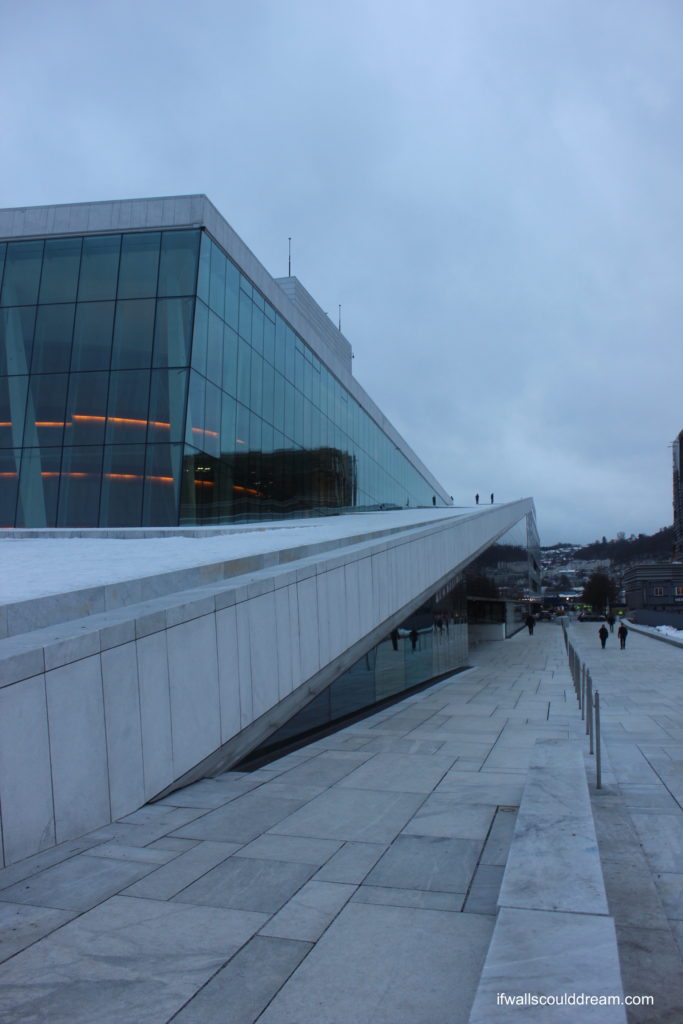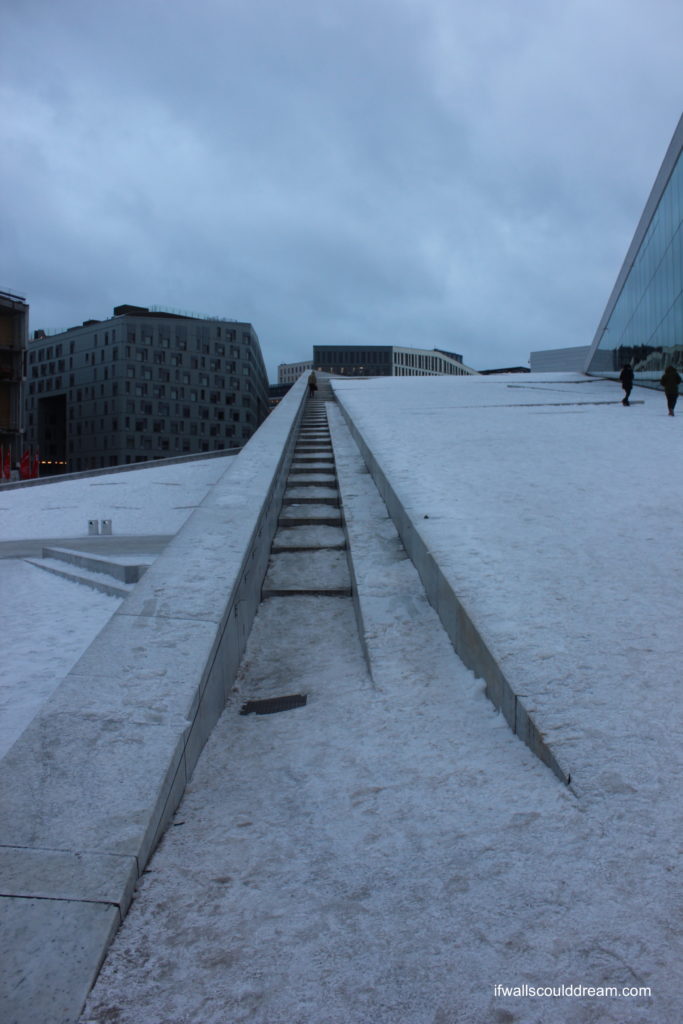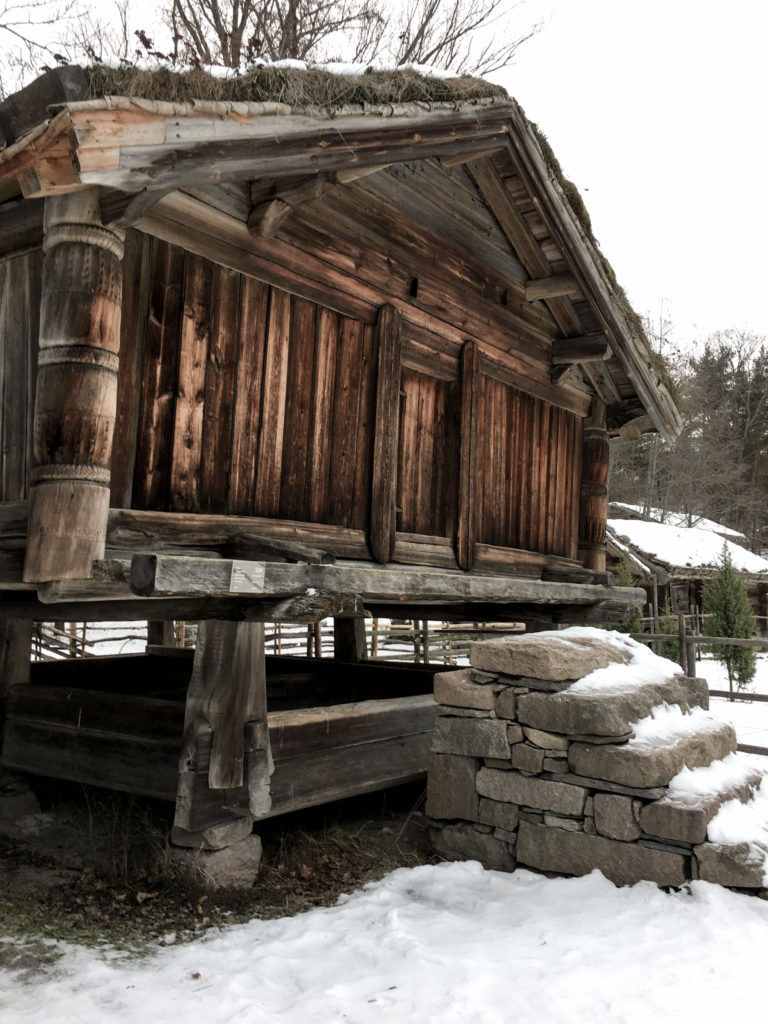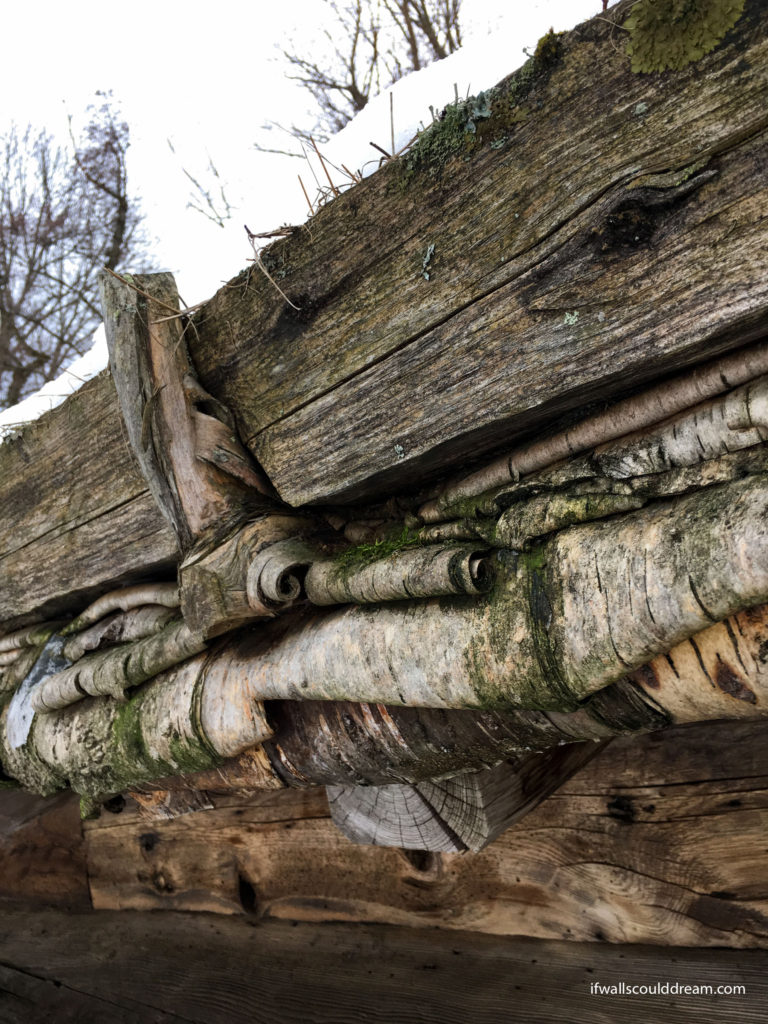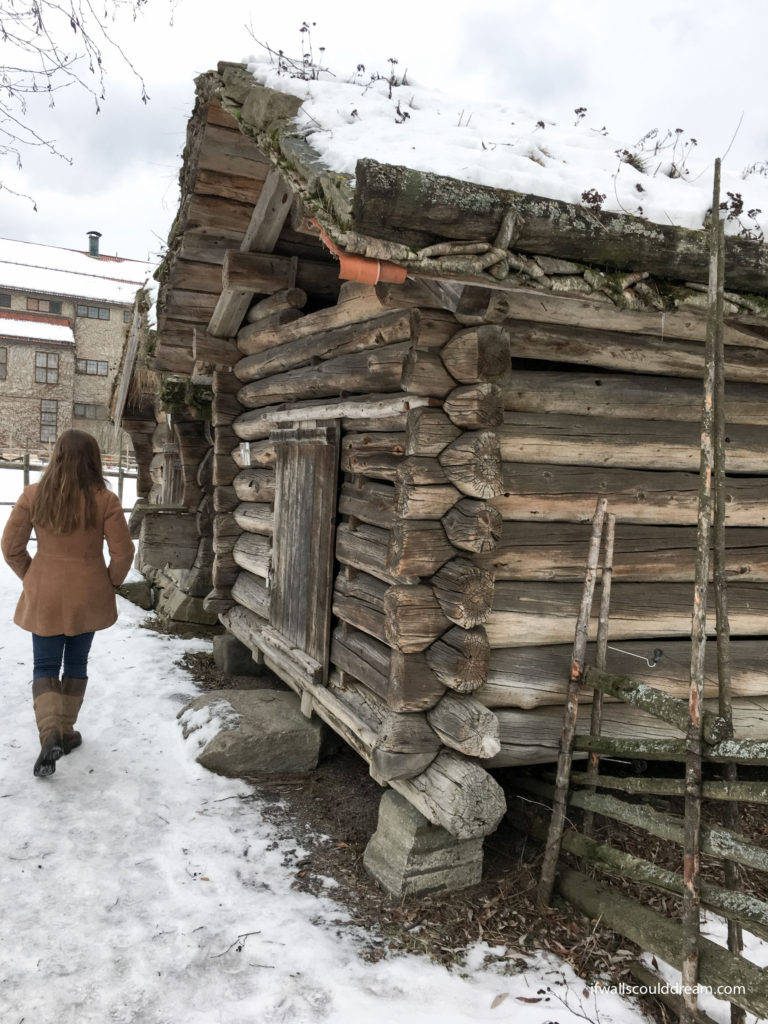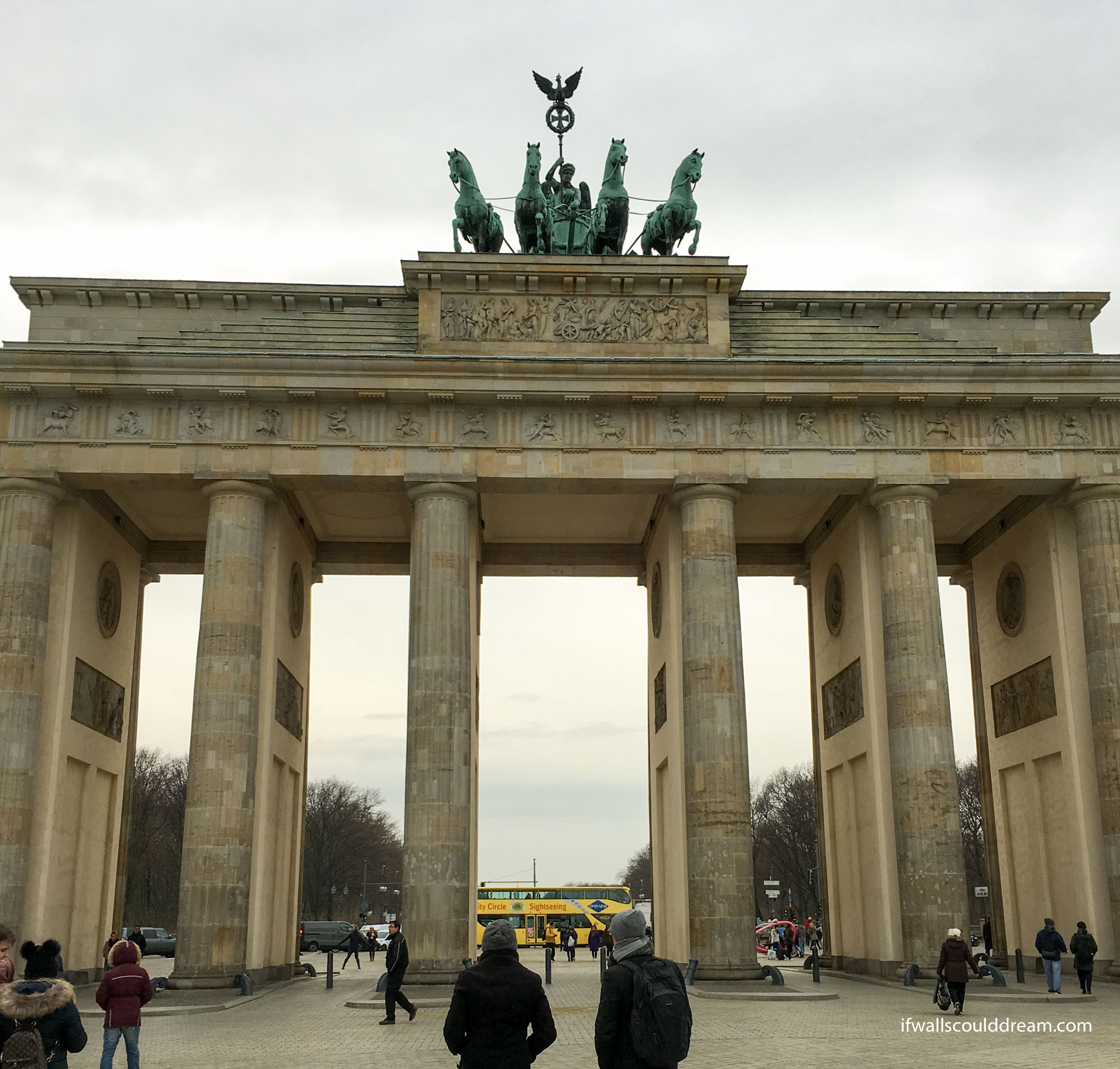Neuschwanstein Castle
I spent the second half of my winter break with some family friends in Germany. We went to visit Neuschwanstein Castle, the castle that famously inspired Disney’s castle. There were a lot of people and we almost didn’t get tickets but it was cool to see such an impressive castle. My favorite part was the king’s bedroom because of all the incredibly intricate carvings. They didn’t allow photos inside, though. Sadly, the interior of Neuschwanstein was never finished because the king died during its construction.
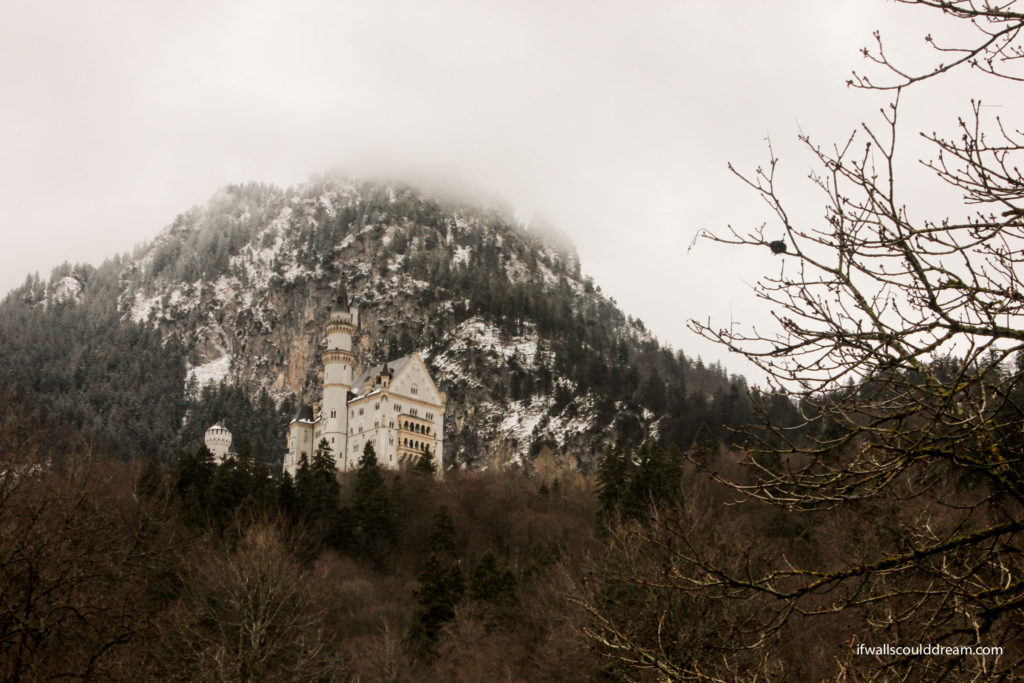
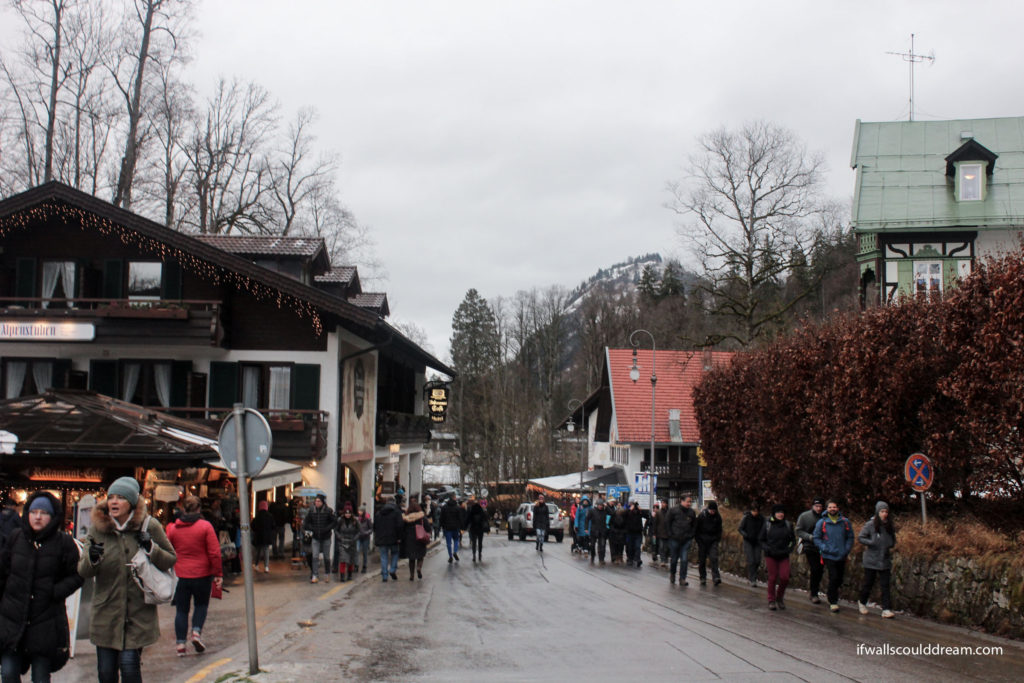
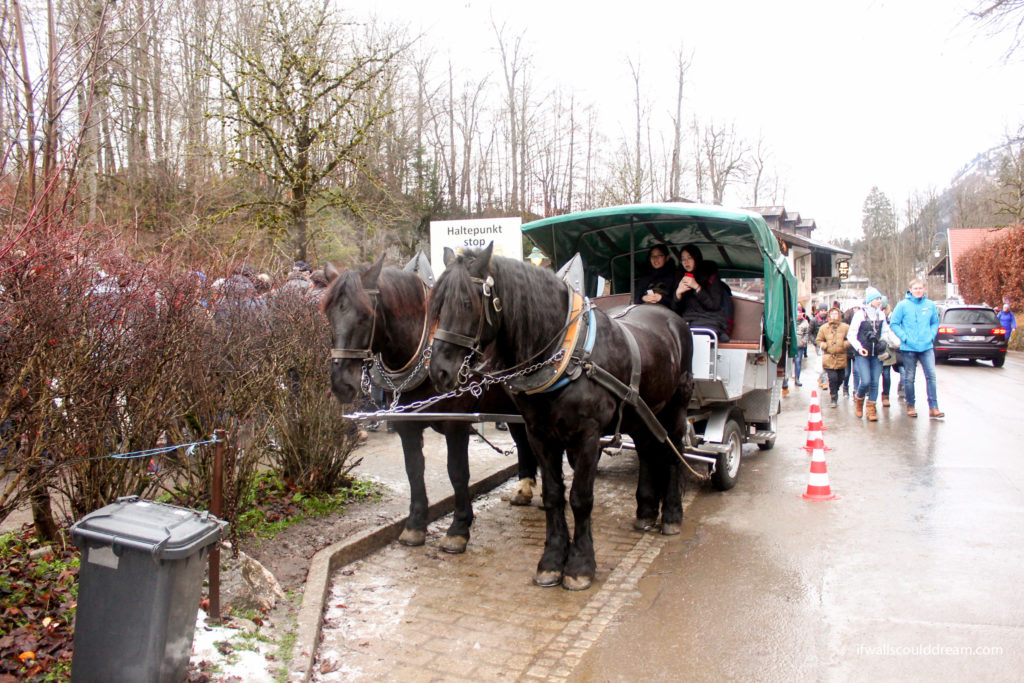
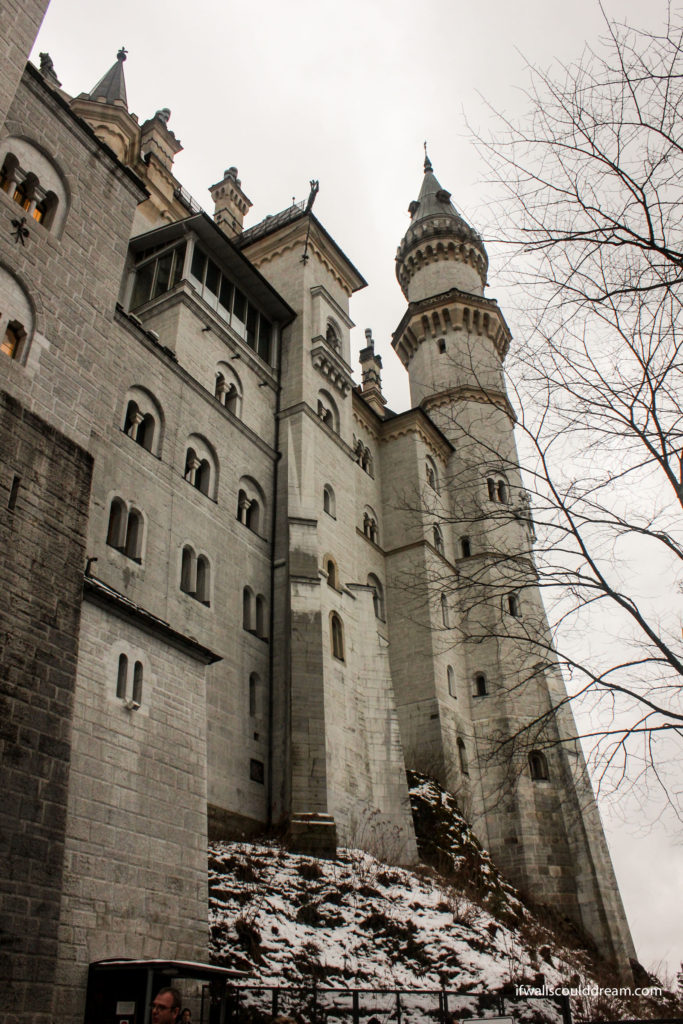
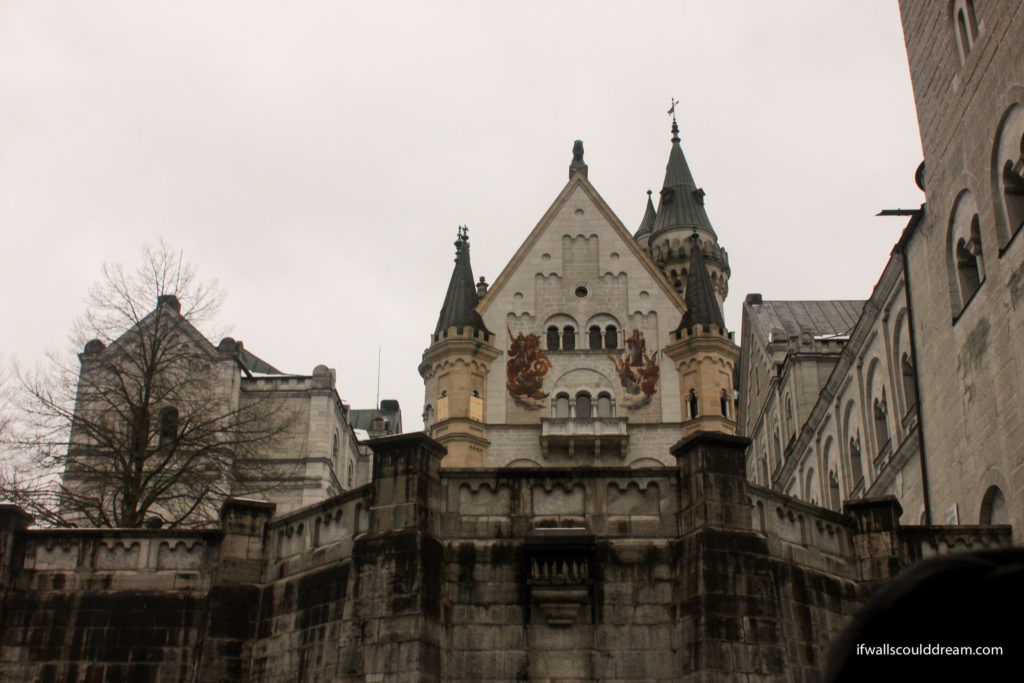
If walls could dream… they’d dream of being in Neuschwanstein!
Oslo
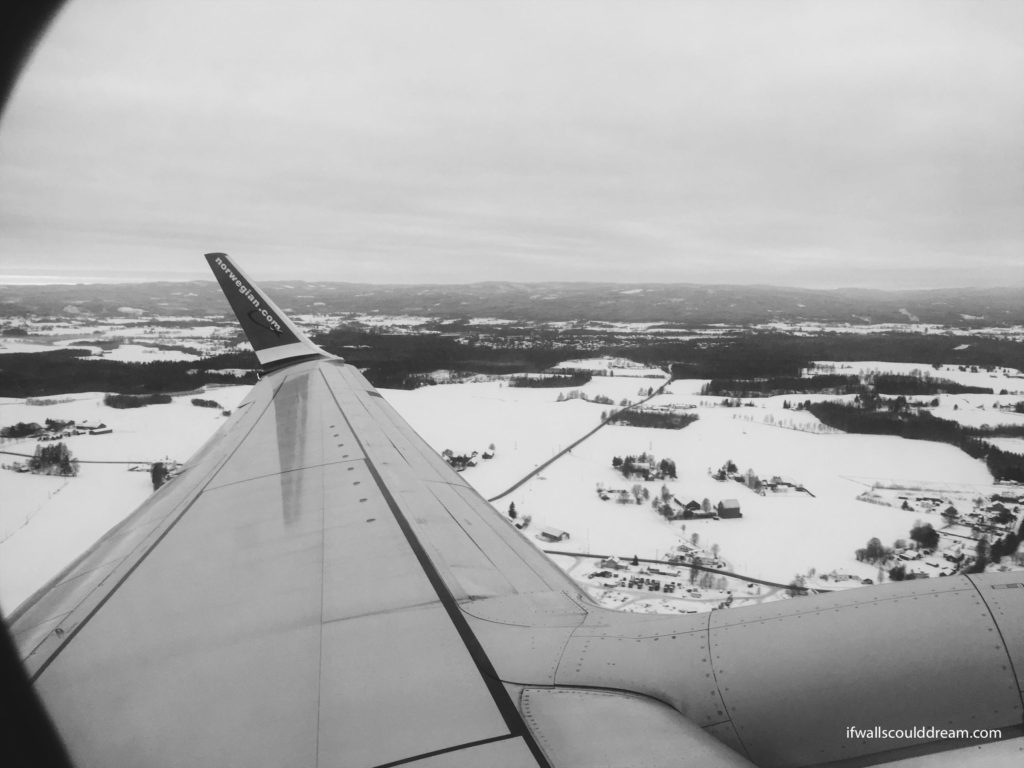
After leaving Berlin, my friend Mattea and I went to visit her cousins in Norway! They were so nice and let us participate in some of their Christmas traditions including singing carols around the tree (outside at night in the cold!) with their neighbors and eating lots of Christmas cookies.
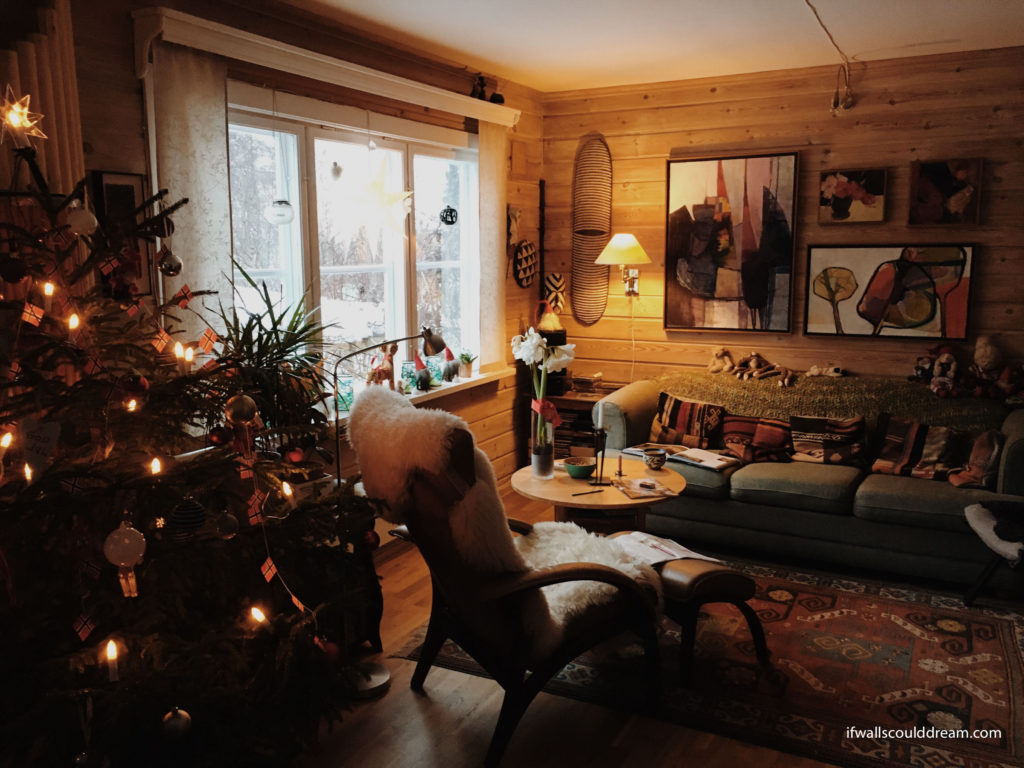
Opera House
Of course, the number one thing on my Oslo bucket list was the opera house by Snøhetta! It lived up to all my expectations and was quite slippery trying to walk up the ramp in the icy snow! But I survived and am very inspired.
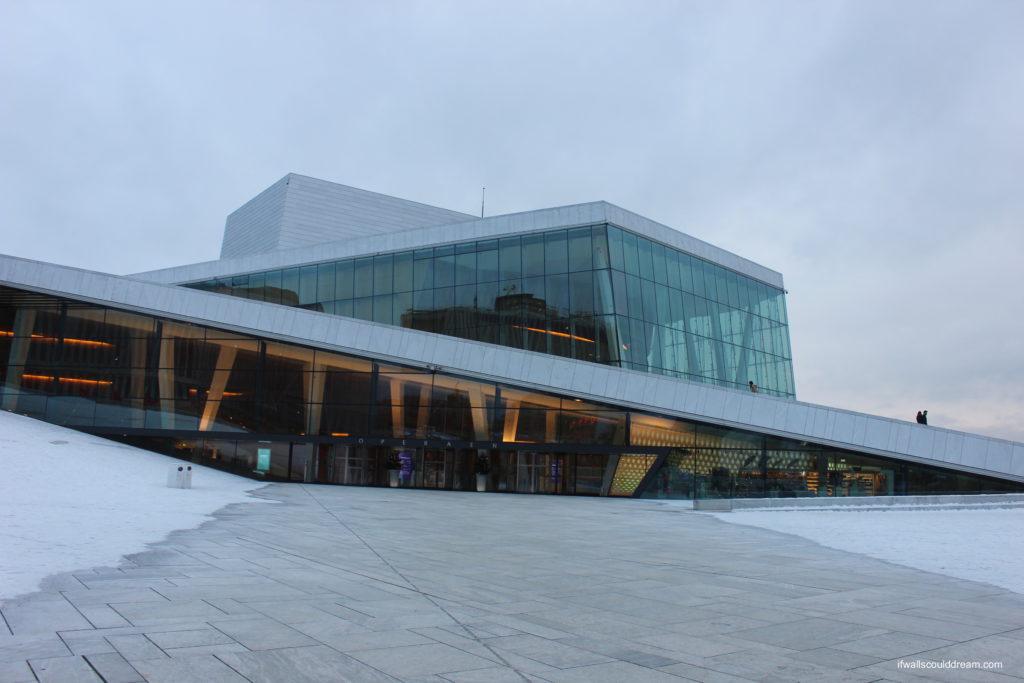
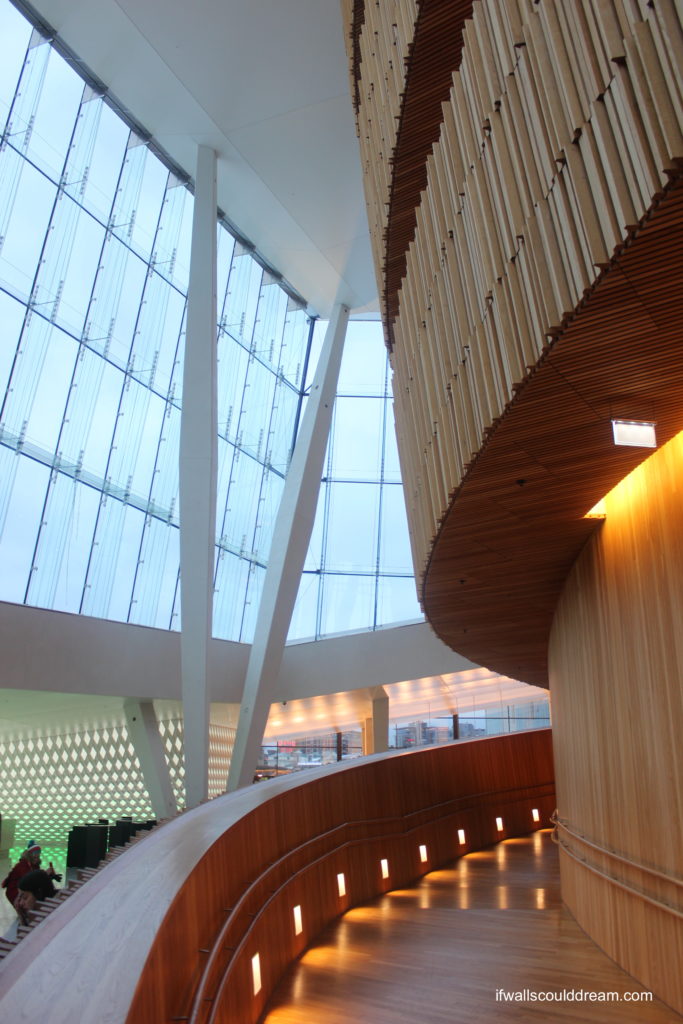
Norsk Folkemuseum
The Norwegian Museum of Cultural History was an unexpected highlight of the trip! It was so cool to get to see a bunch of traditional Norwegian buildings. The old church was incredible and it had such detailed carving.
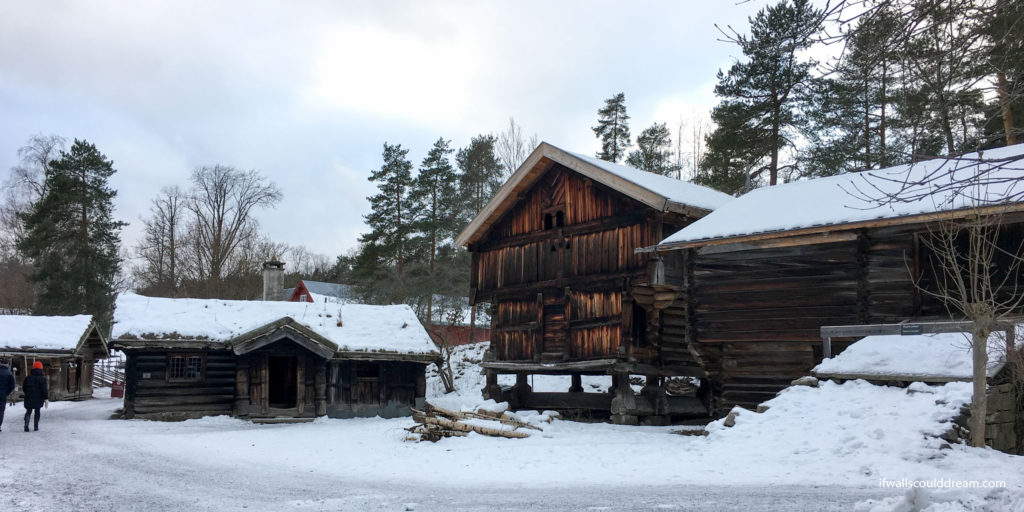
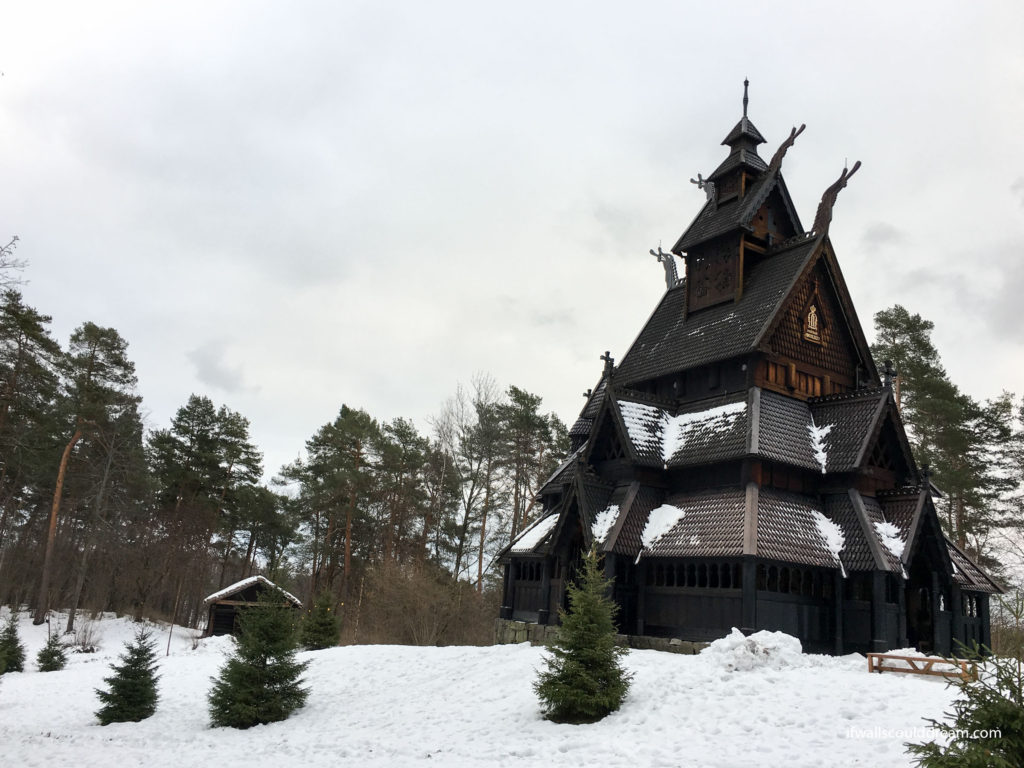
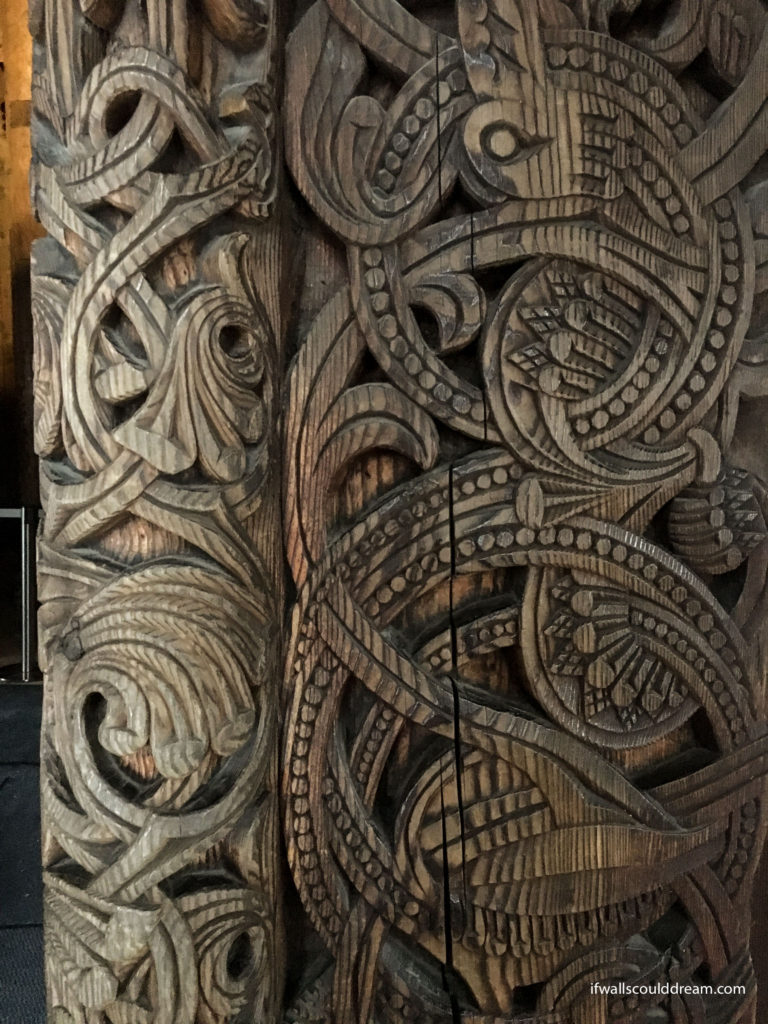
Architecture Museum
Of course, I had to go to the Architecture Museum. It was actually really cool! They had a bunch of old hand drawings by famous Norwegian architects and an exhibition about the future of architecture in Norway.
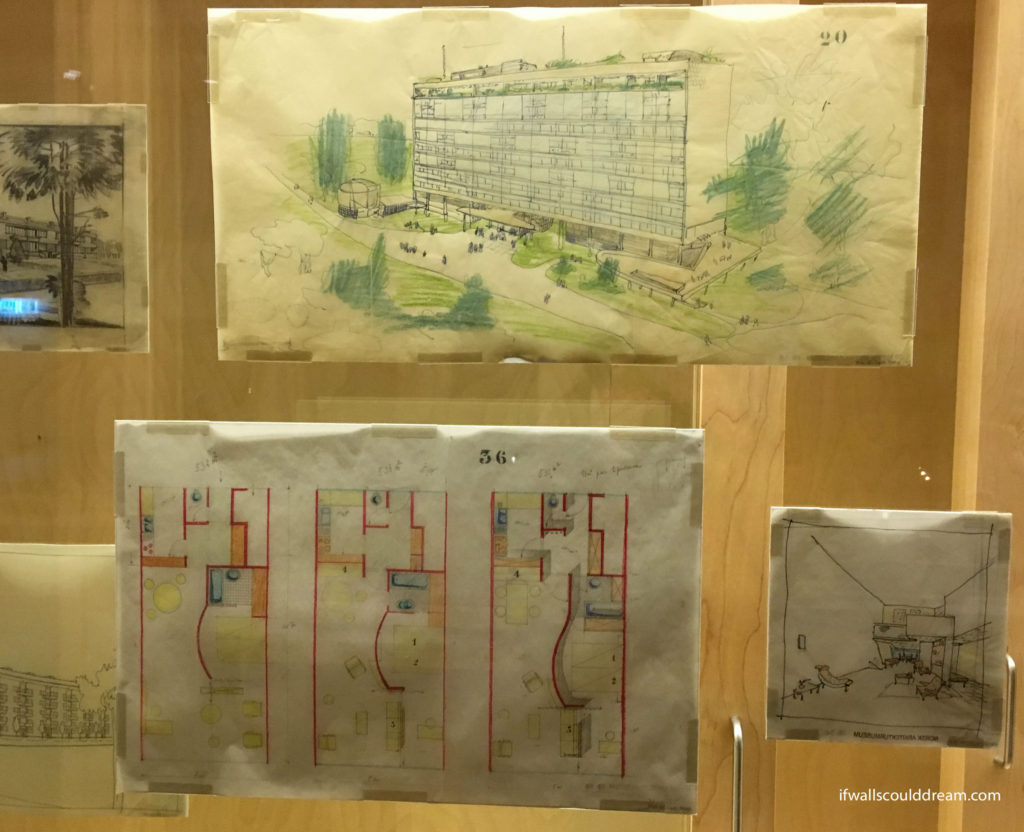
Sledding!
Mattea’s cousins insisted we go sledding at Korketrekkeren. I was wary at first but it was so fun! It’s a 2km long toboggan run and you take the train back up the top. There were incredible views of the city lights along the way.
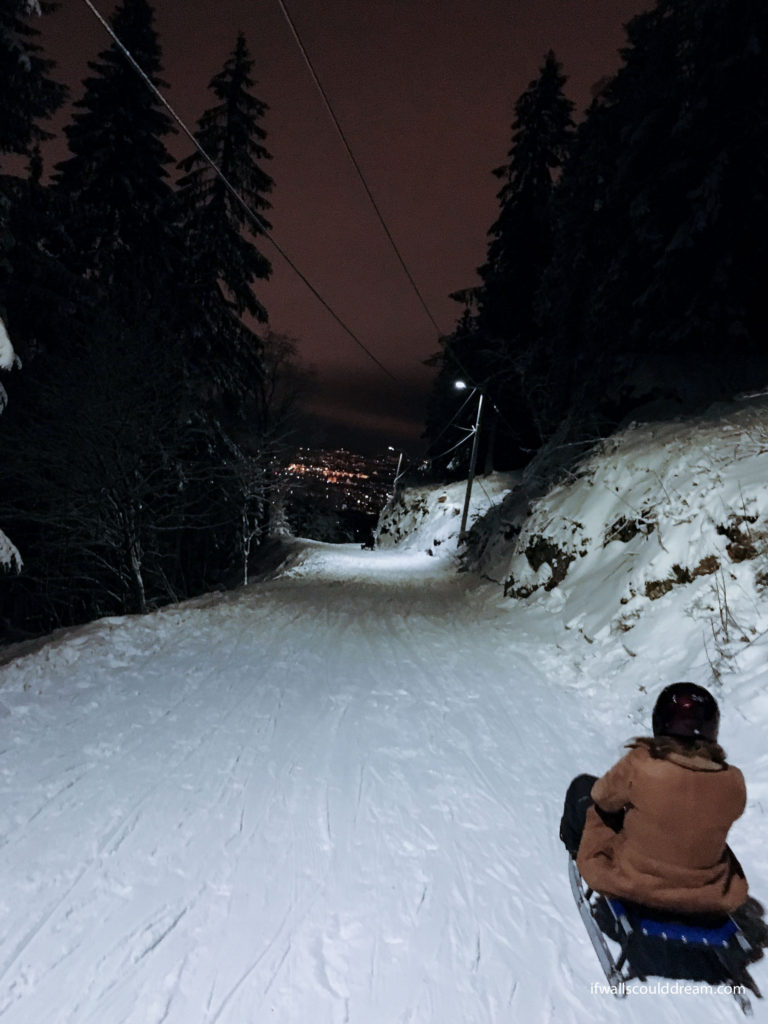
If walls could dream… they’d dream of sledding down a mountain in Norway!
Berlin
I visited Berlin for three days this December with my friend Mattea. We stayed at an AirBnB near the central train station and had so much fun exploring the city. Berlin is big but the public transportation is inexpensive and easy to navigate. There is so much history in this city and plenty of free sights and museums to keep your budget in check!
Brandenburg Gate
One of the most famous landmarks in Berlin, the Brandenburg Gate is a must-see destination in Berlin.
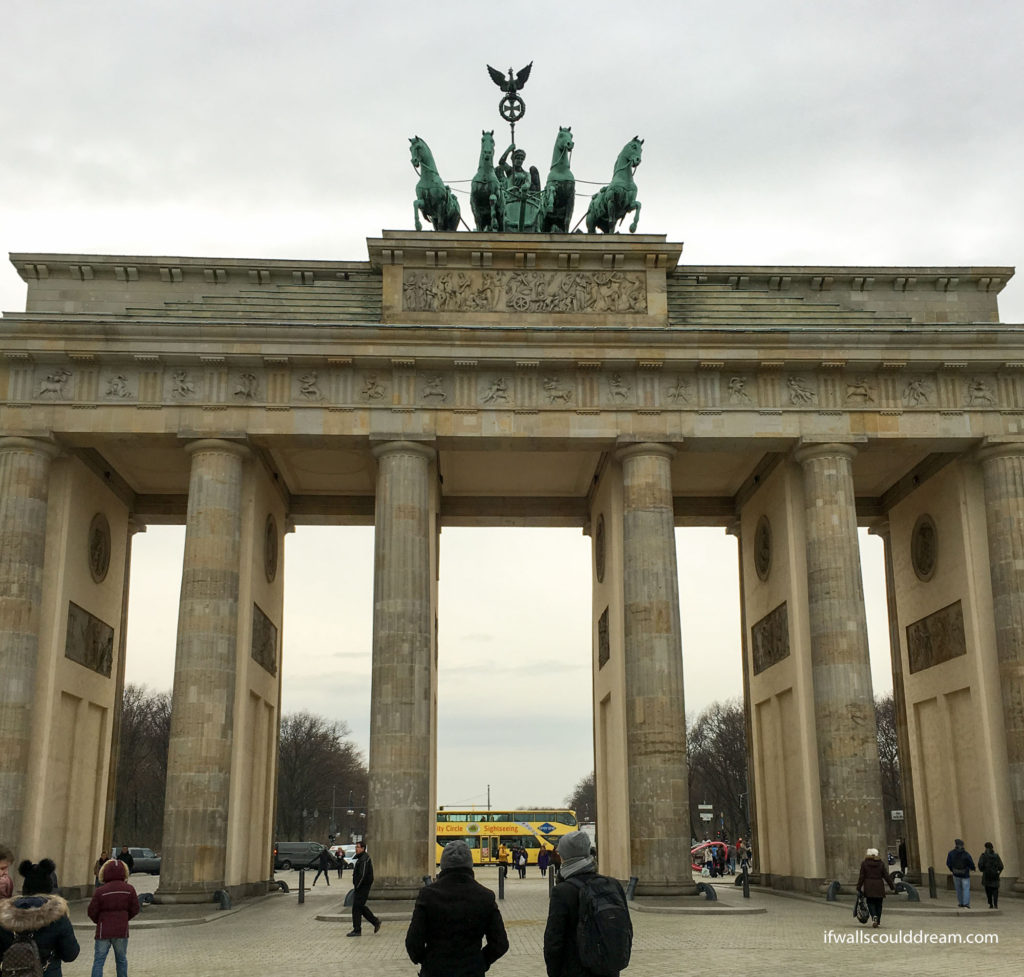
Memorial to the Murdered Jews of Europe
A block away from the Brandenburg Gate is the Memorial to the Murdered Jews of Europe. Designed by Peter Eisenman, this memorial rests in between sculpture and architecture. One thing I hadn’t realized just looking at pictures before I went there is that the ground slopes up and down and none of the columns are exactly straight so it is very disorientating to walk through.
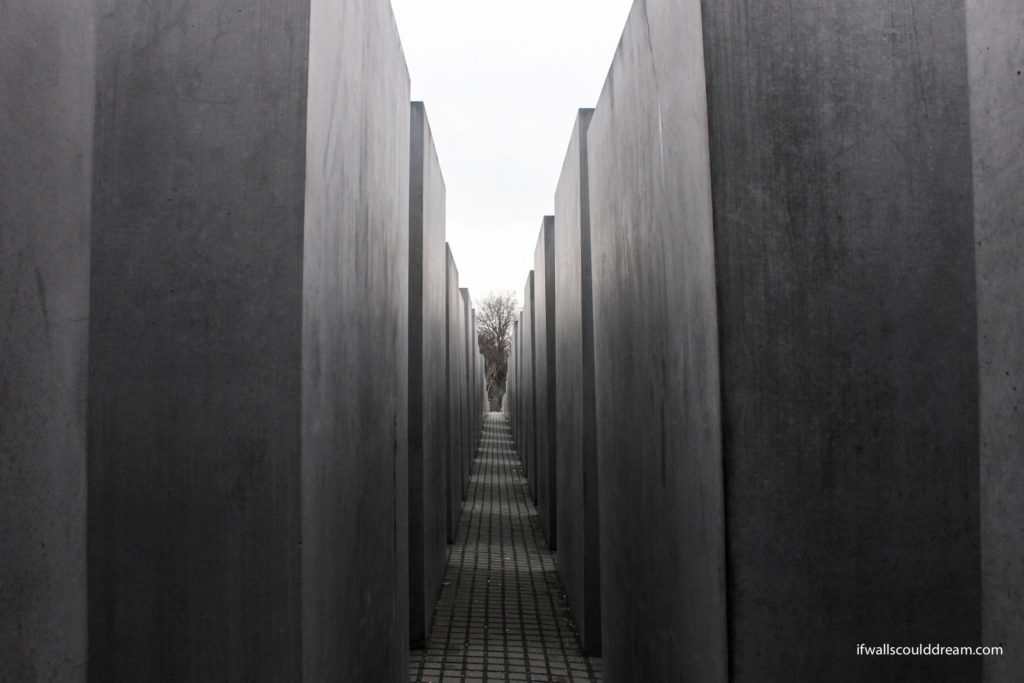
Gendarmenmarkt Christmas Market
If you’re in Berlin for Christmas, you have to check out the Gendarmenmarkt. It’s one of my favorite Christmas markets so far and they had the best food! Mattea and I got some carrot ginger soup that was to die for and we also had some traditional Spätzle.
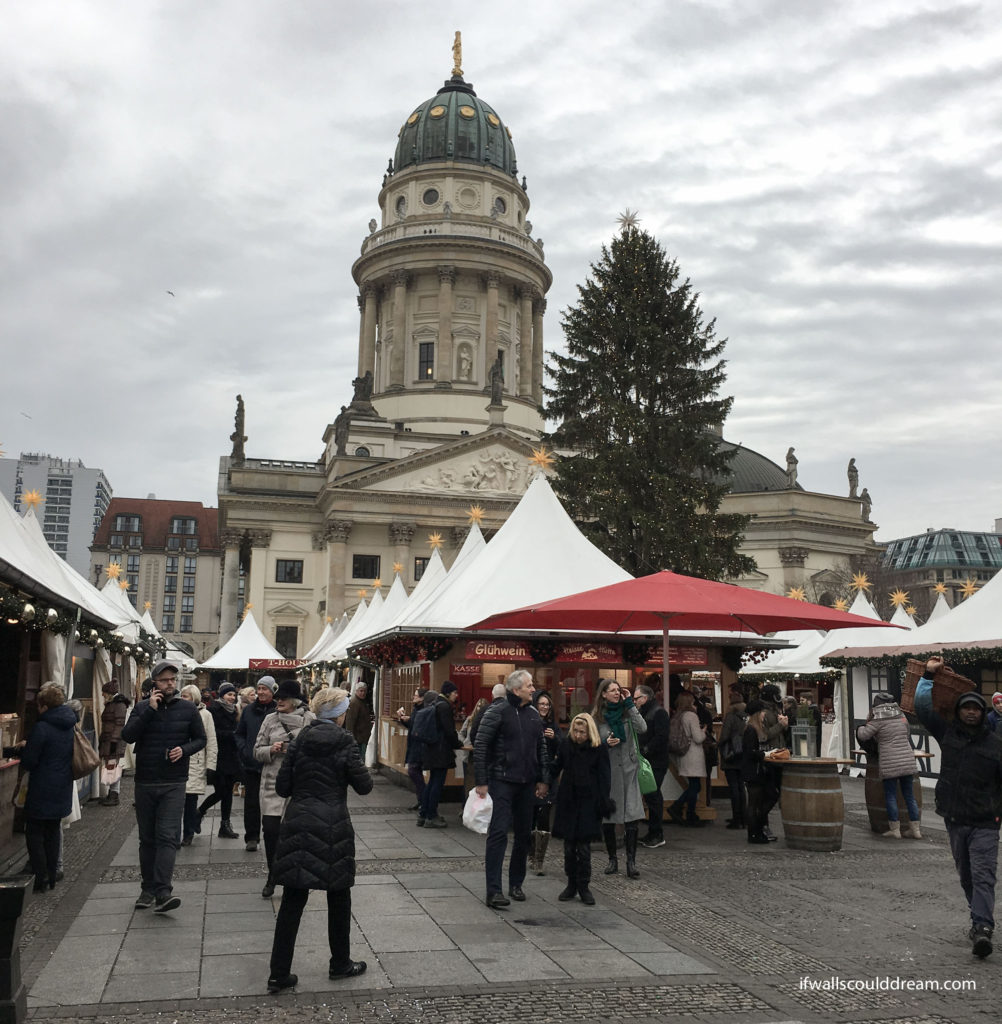
Checkpoint Charlie and the Topography of Terror Museum
A short walk away is Checkpoint Charlie and the Topography of Terror Museum. Checkpoint Charlie is the best-known Berlin Wall crossing point. A block from there is the free Topography of Terror Museum which had a lot of historical information about the war and its impacts.
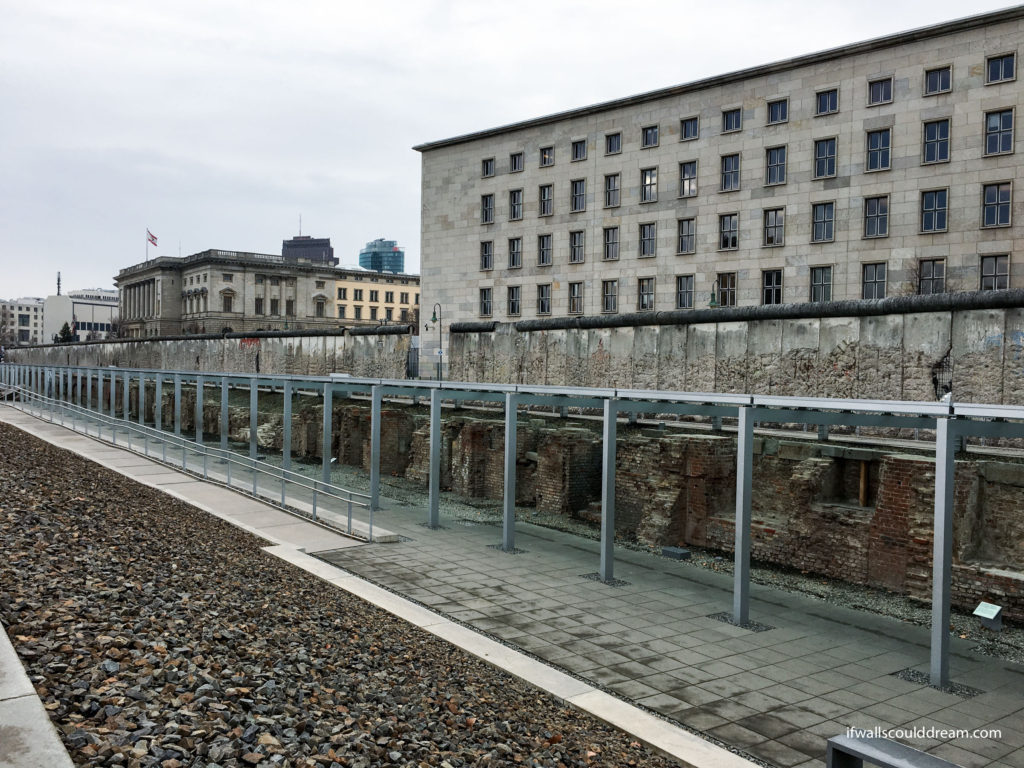
East Side Gallery
The East Side Gallery is an open-air mural gallery on a section of the Berlin wall. It’s a little farther from the city center from everything else but it’s definitely worth it if the weather is nice.
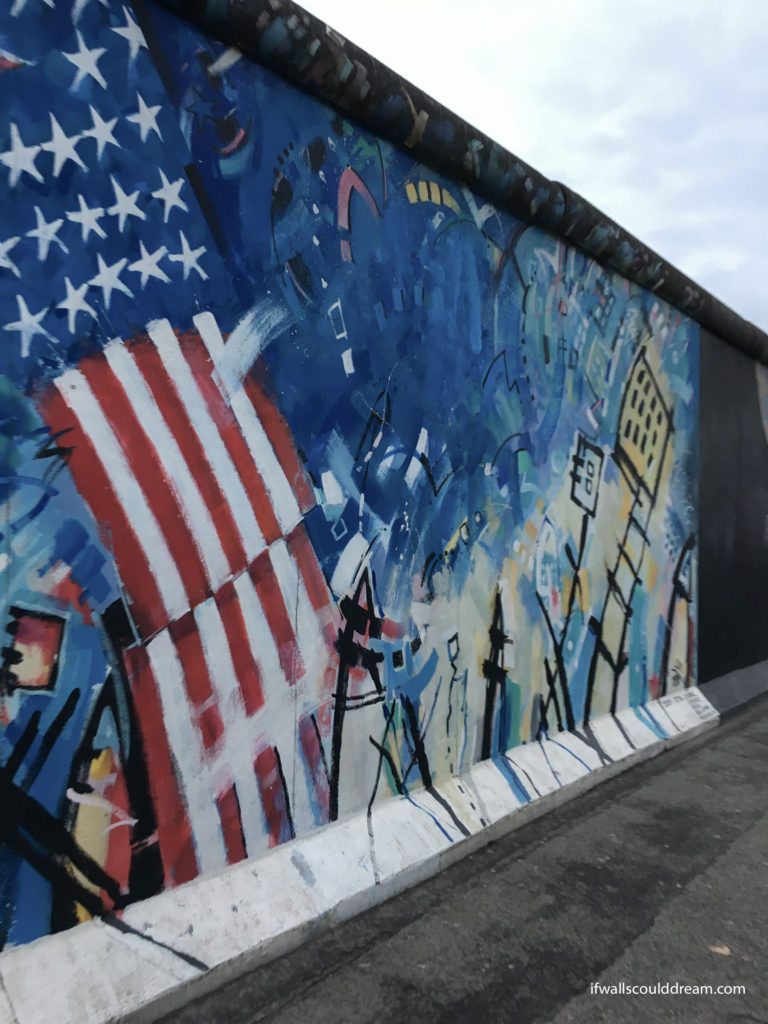
Otto Weidt Museum, Dolores Mitte Burritos and Alexanderplatz
The perfect finale to our trip to Berlin was Alexanderplatz. We went to the Otto Weidt Museum. Weidt owned a workshop in Berlin for blind and deaf people. When the war broke out, Weidt risked his life to protect his Jewish employees and hid some of them in his factory. And the best part: the museum is free! After the museum, we got some delicious burritos at Dolores Mitte and then wandered around the Alexanderplatz Christmas market.
If walls could dream… they’d dream of being torn down in Berlin.
Schwyz, Lucerne, and Basel
After leaving Zurich, my friend Kate and I stayed with my family friends in Schwyz and did a day trip to Lucerne and then flew out of Basel. It was a busy trip but so much fun!
Schwyz
Schwyz was such a cute little town! They had some great traditional buildings and it was so fun to wander around the town. In the summer, it would be an incredible place to hike.
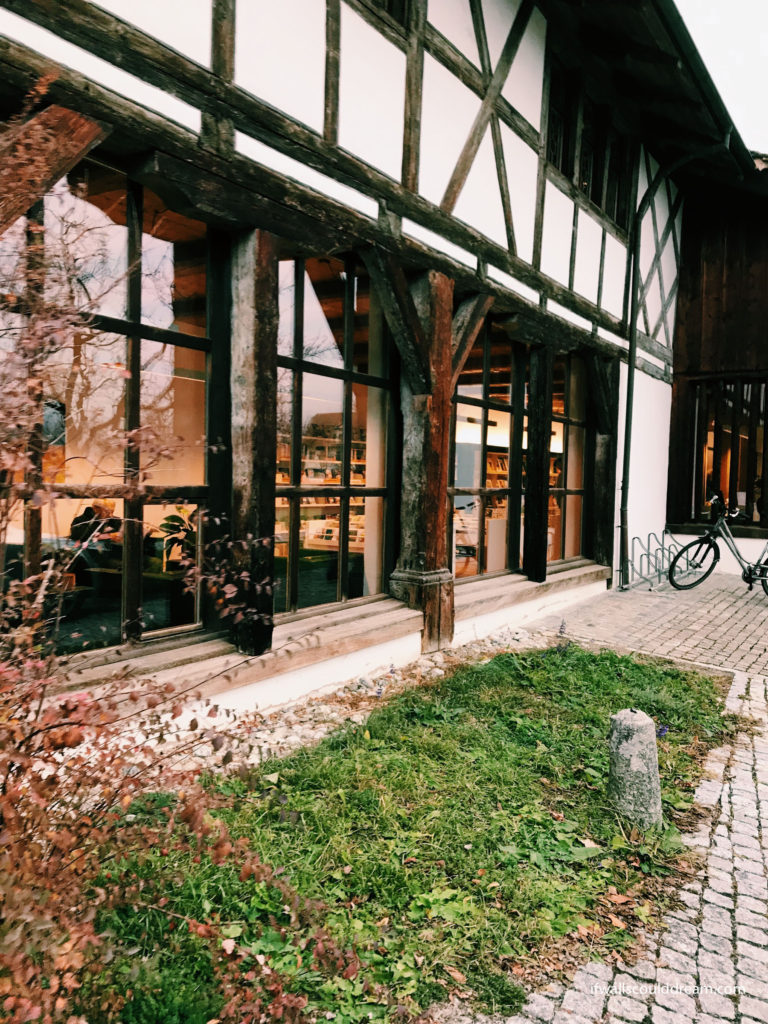
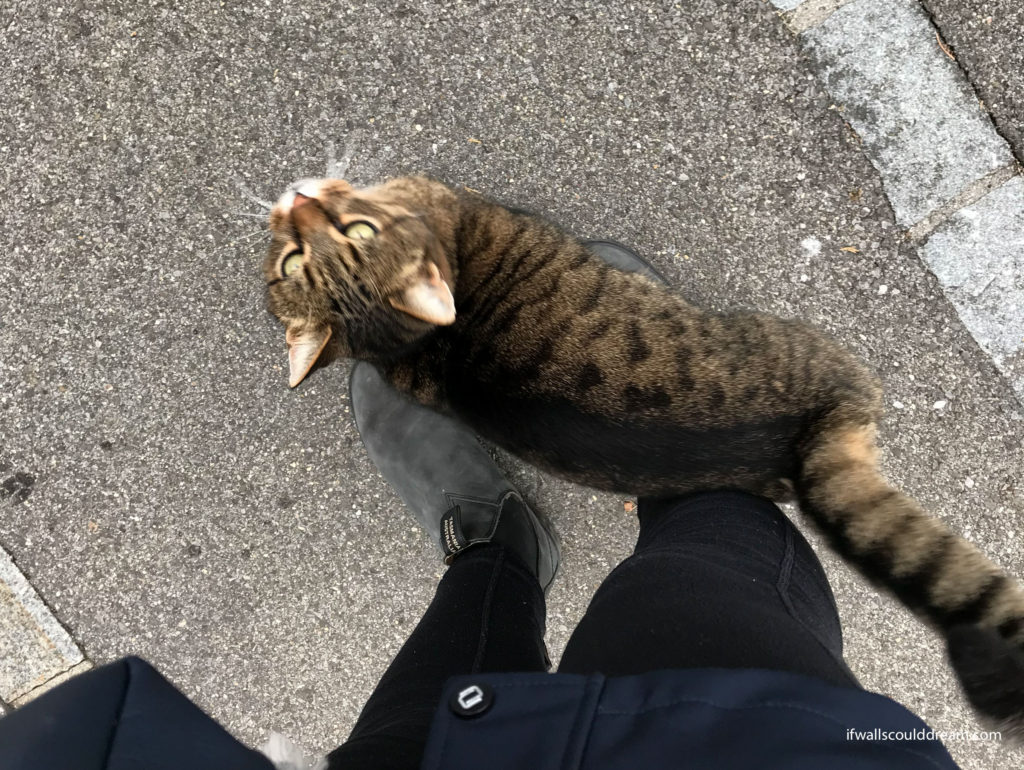
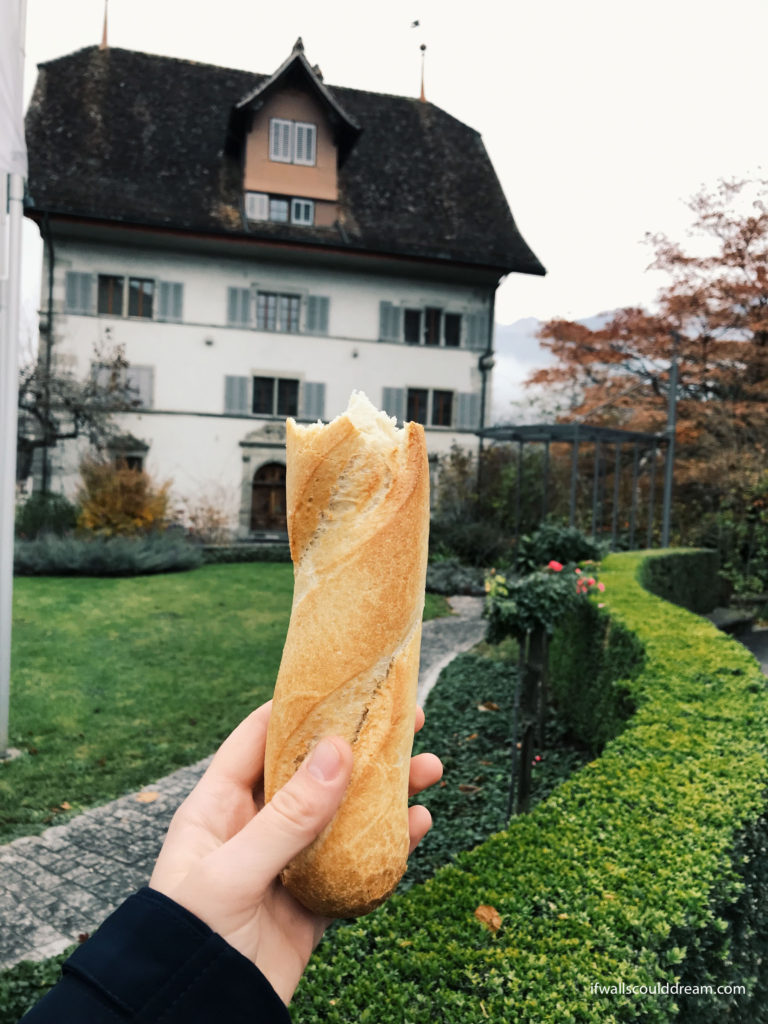
Lucerne
Lucerne was super walkable and more touristy than I had anticipated. It’s a cute little town on a lake with lots of scenic streets. Exploring the center of town, you can find so many cute buildings. There are two famous old covered bridges in town, Kapellbrücke “Chapel Bridge” and Spreuerbrücke. If you visit Lucerne in summer, be sure to check out Museggmauer, the historic city wall towers.
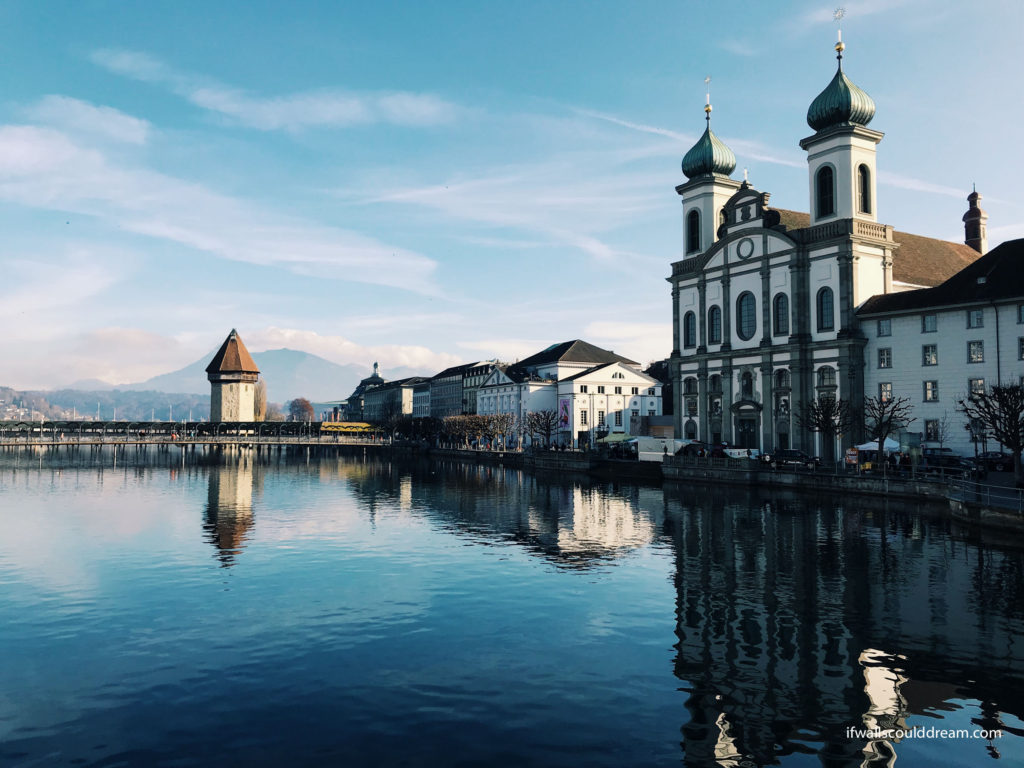
My favorite church in the town was Jesuitenkirche, a beautiful baroque church. It doesn’t look like much from the outside, but when you enter you’ll be blown away.
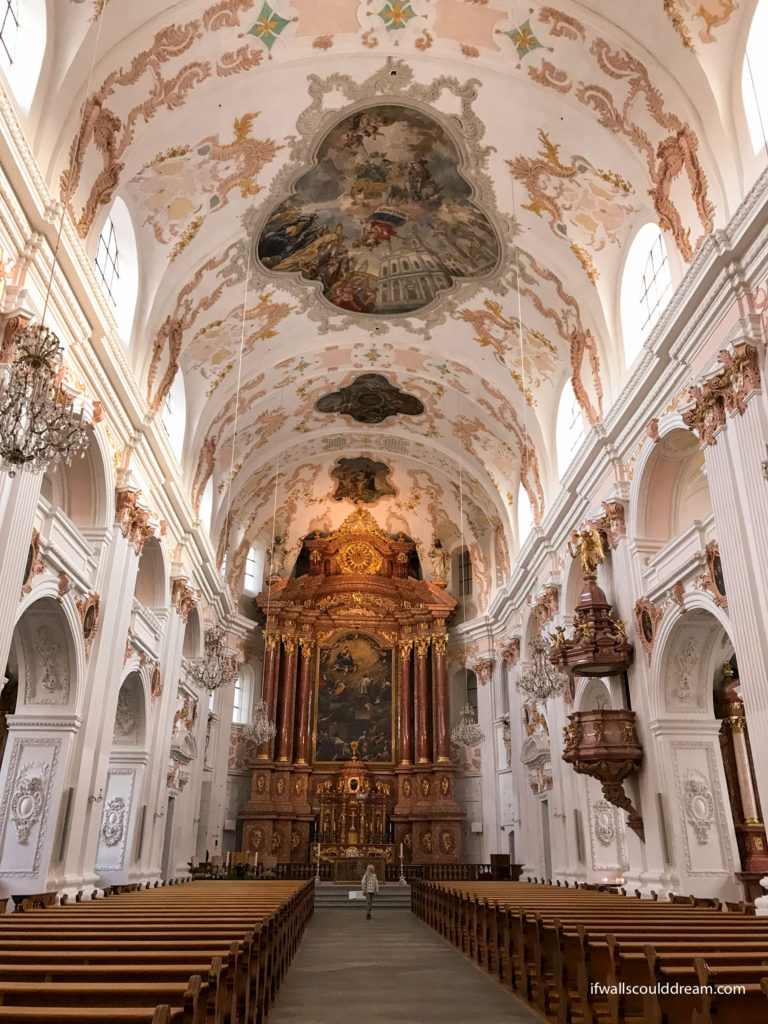
Basel
Basel was a really cute town too. We arrived at the train station which is right near the center of town. We wandered around and went to a bunch of Christmas markets and looked at old buildings. Some of the houses are from as early as the 1400s! I would recommend going to the Pfalz lookout a great view of the city or to walk along the Rhine and see the houses there.
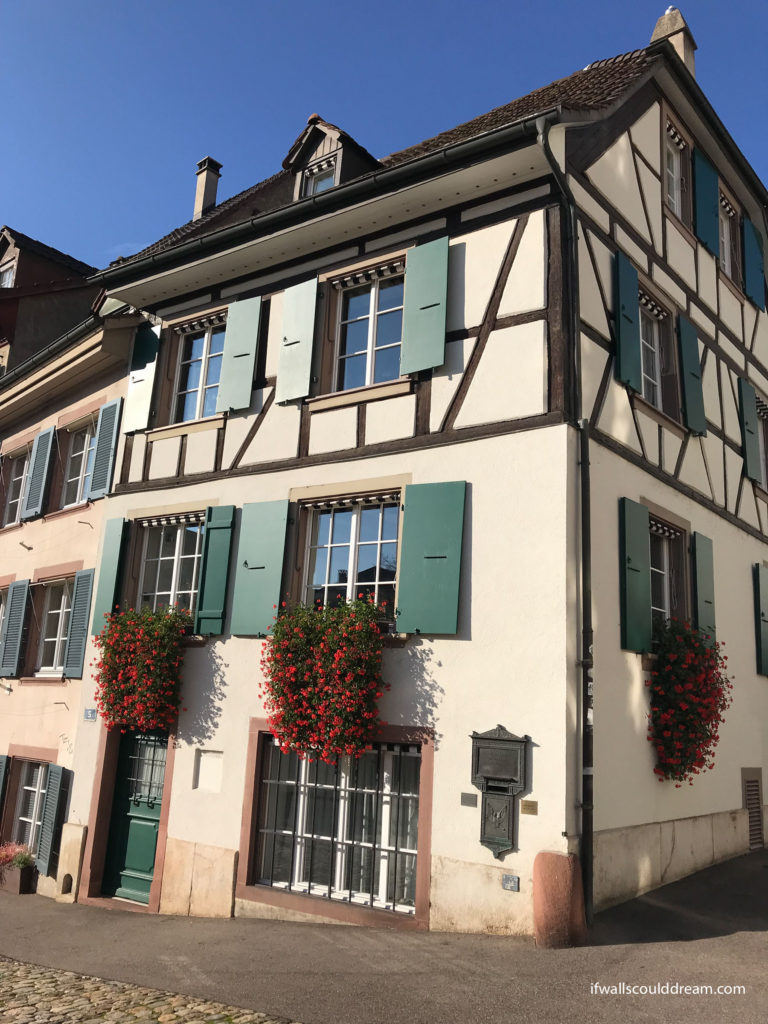
If we’d had more time, I would’ve loved to go to Weil am Rhein just across the border in Germany and see the Vitra Design Museum, or to take a day trip to Ronchamp to see Le Corbusier’s chapel there.
If walls could dream… they’d dream of traveling all around Switzerland!
Zurich
Switzerland is one of the most beautiful – and expensive! – countries I’ve been to. It’s definitely worth the cost, but here’s a few of my tips after visiting Zurich, Lucerne, Schwyz, and Basel this Thanksgiving break with my friend Kate.
Zurich, the largest city in Switzerland, can seem daunting to navigate. However, I found that the easiest way to get around was to buy a day pass (less than $10 a day) and ride the trams.
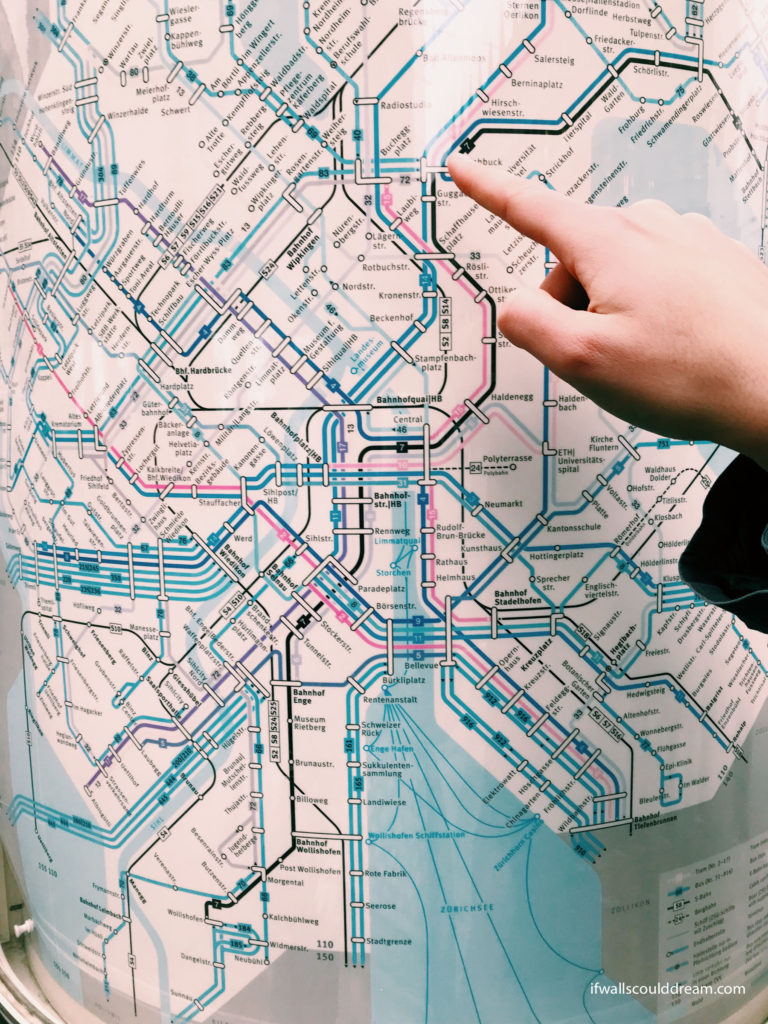
Included in your transportation pass is the Polybahn, a fun way to get up to the University of Zurich. The views from the Polyterrasse at the top are amazing!
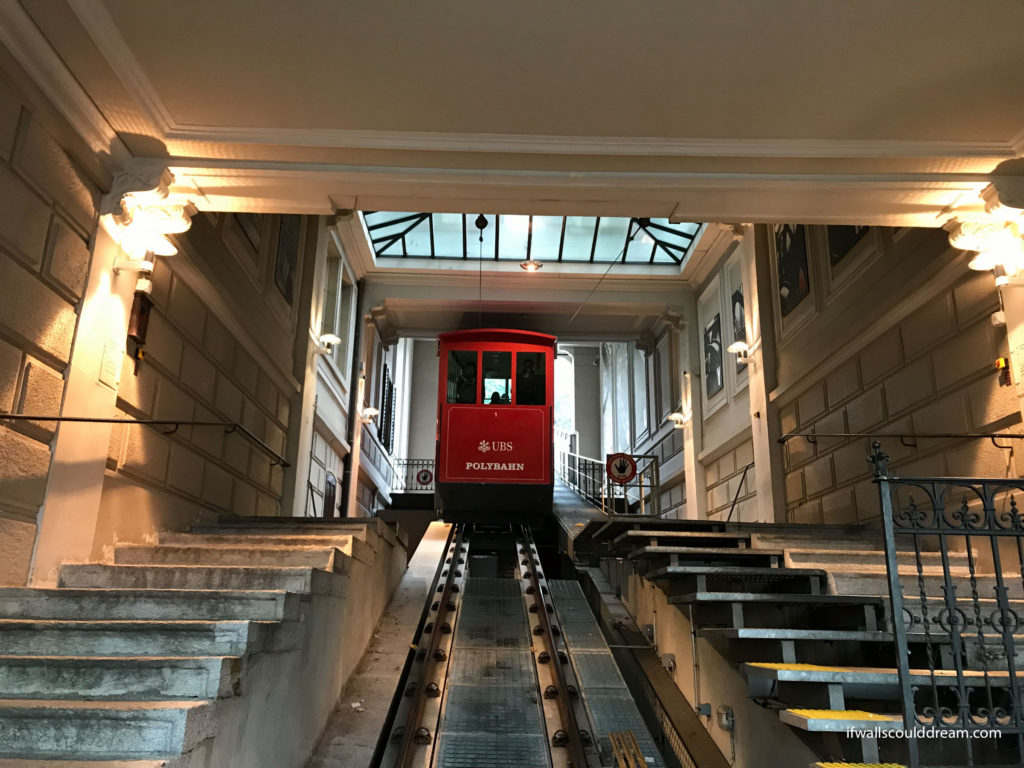
To all my architecture nerds out there, if you’re in Zurich you HAVE to go to the University of Zurich Law Library by Santiago Calatrava and ride the elevator up and down to really experience this marvel of engineering.
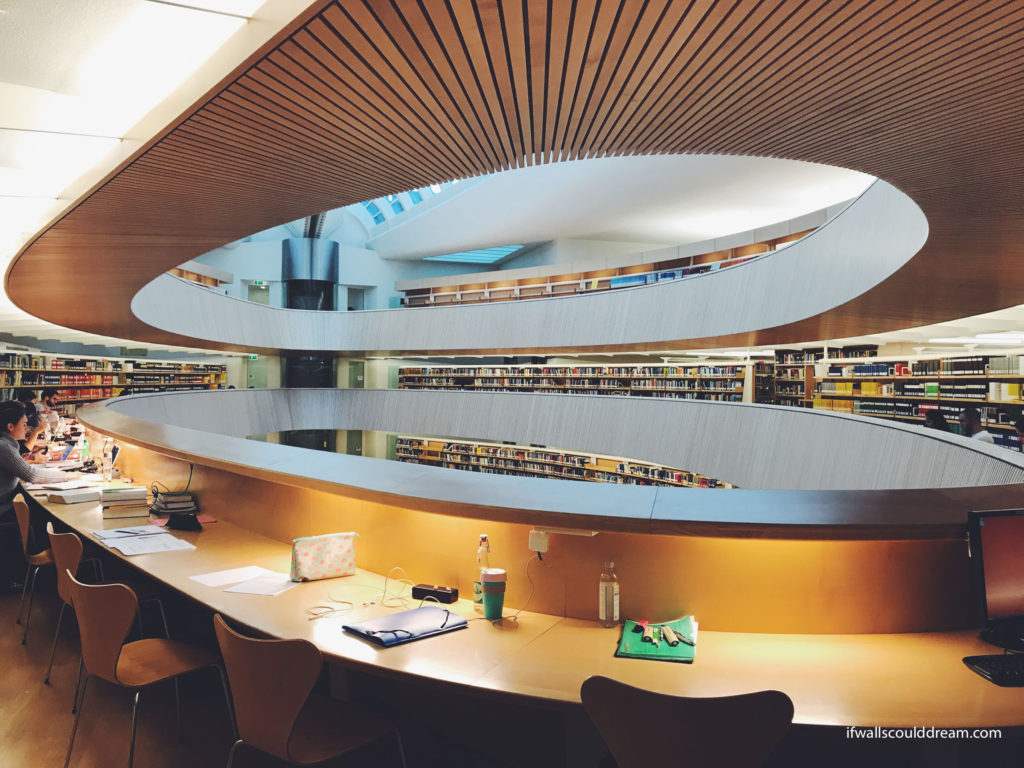
While you’re up at the University of Zurich, check out their Zoological Museum. It’s free! And they have a very well designed display of animals from around the world. Often, zoological museums are creepy or stuffy but this one is in a beautiful modern building.
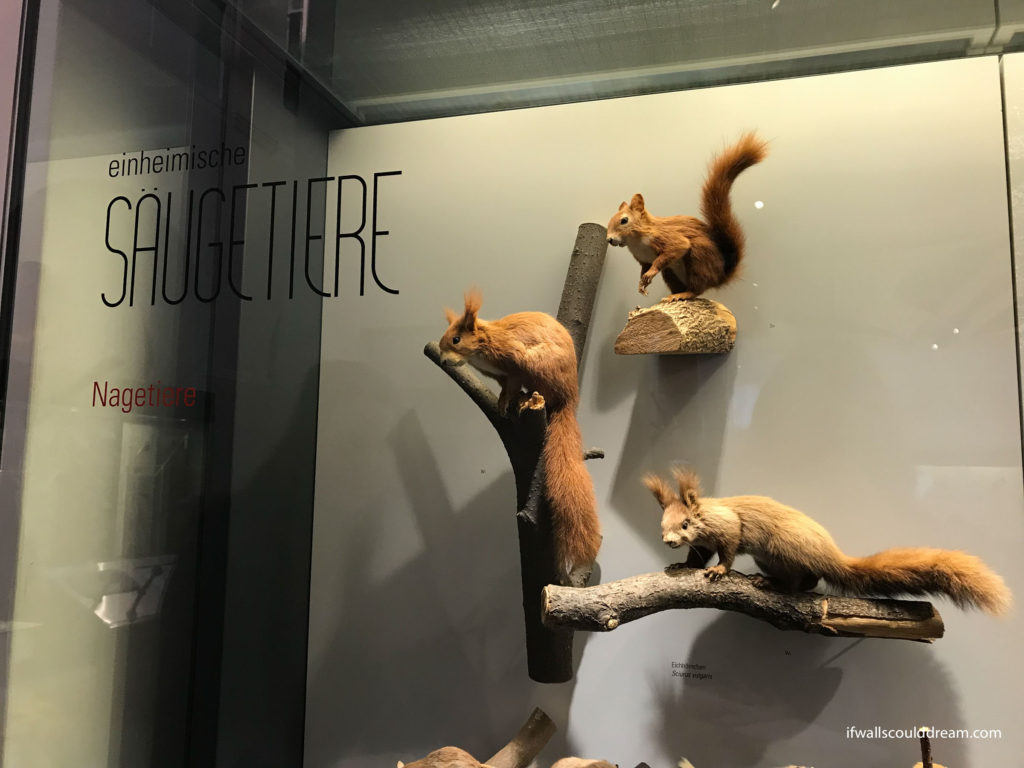
Before heading back down the hill, we stopped for some caffeine and sketching at Buchmann Beck, a cute little coffee shop near the university.
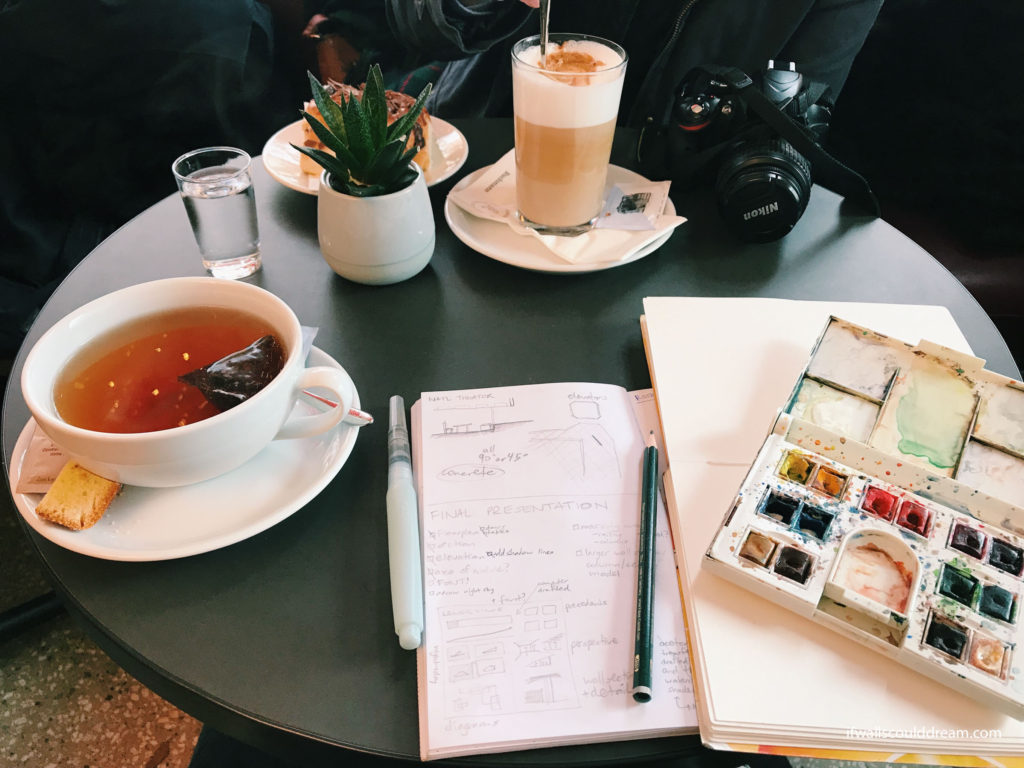
Back down by the lake is a pavilion designed by Le Corbusier. It was closed when I was there in winter but it was still fun to see.
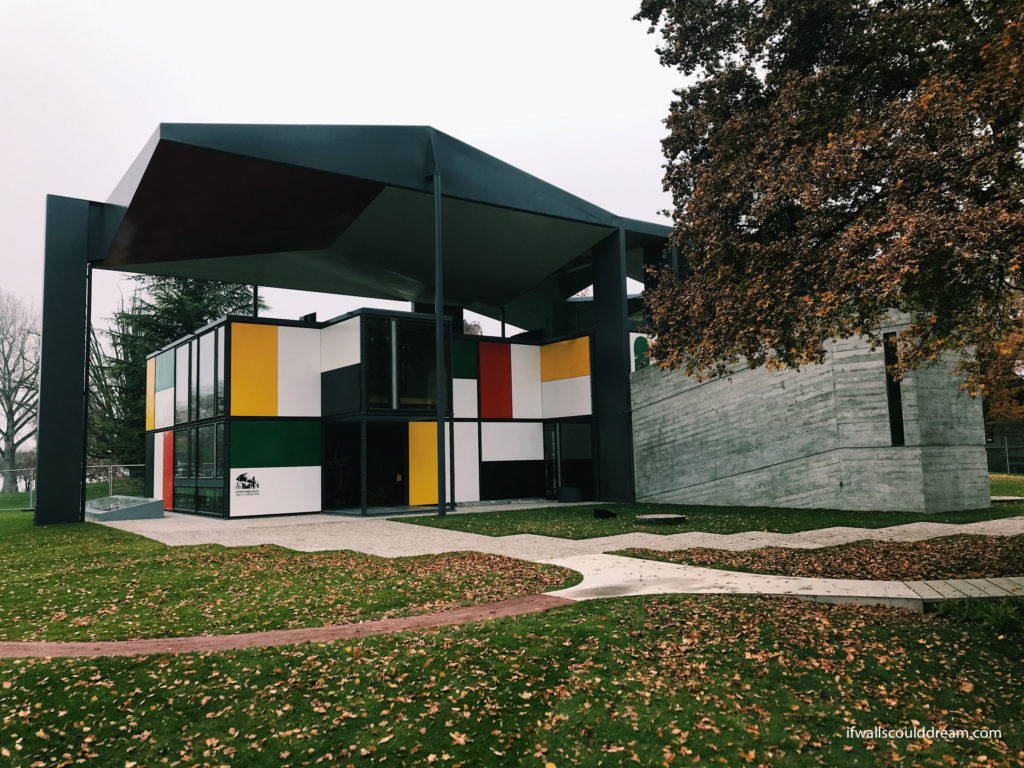
In the center of the city, we walked around Bahnhofstrasse and went to some Christmas markets and we had the most delicious macaroons at Confiserie Sprüngli!
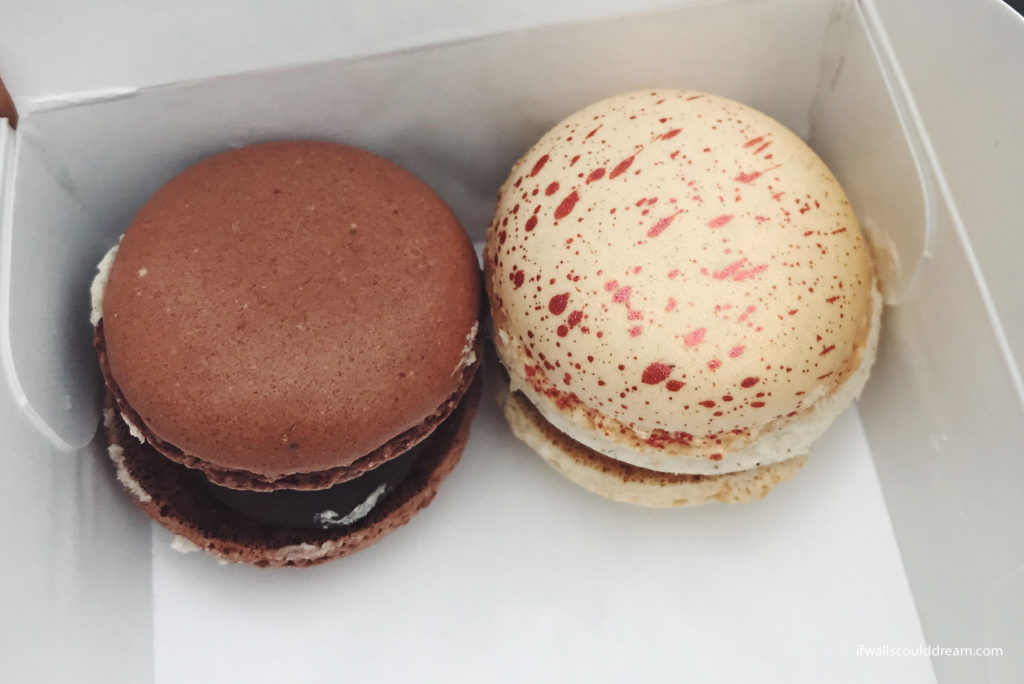
At one of the Christmas markets, we saw a performance by the Singing Christmas Tree, an adult choir group that sings in a giant tree! Sadly, they sang pop songs not Christmas carols which I thought was kinda strange.
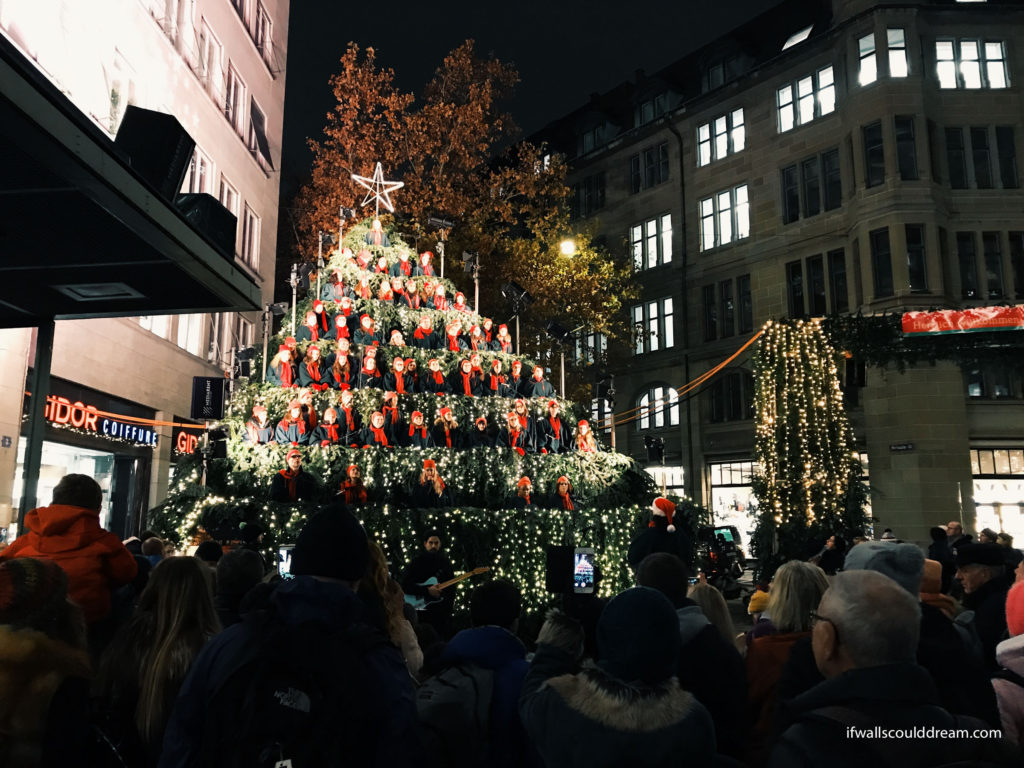
We got raclette from a market stand and it was so delicious! It’s a Swiss dish where they melt cheese over potatoes, pickles, and onions. Sampling local foods is one of my favorite things about traveling.
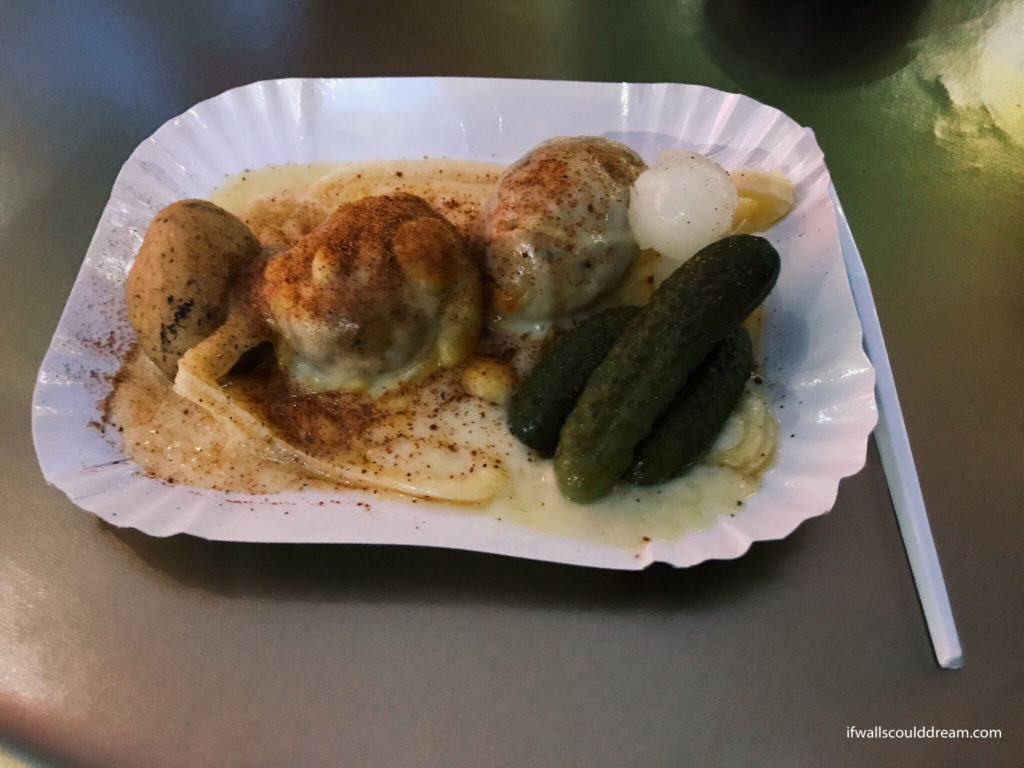
A funny thing that happened on this trip is that we had problems with the towels in our AirBnB, and then when we were walking around downtown, we did a spin-the-wheel thing at one of the booths and I won a towel!
If walls could dream… they’d dream of Calatrava’s feats of engineering.
Ireland
Ireland is such a beautiful country with incredible landscapes and fun cities. I went to Ireland for four days with my friend Janet in December. Here’s some of our favorite (and thriftiest!) things to do in Ireland.
National Gallery of Ireland
The National Gallery was one of my favorite museums. All of the National Museums are free (The National Gallery, Natural History Museum, and the National Museum of Archaeology) and right next to each other. I would definitely recommend checking out these museums on a rainy day in Dublin. If it isn’t raining, check out St. Stephen’s Green Park across the street too. And then if it starts raining again, head into the Stephen’s Green Shopping Centre.
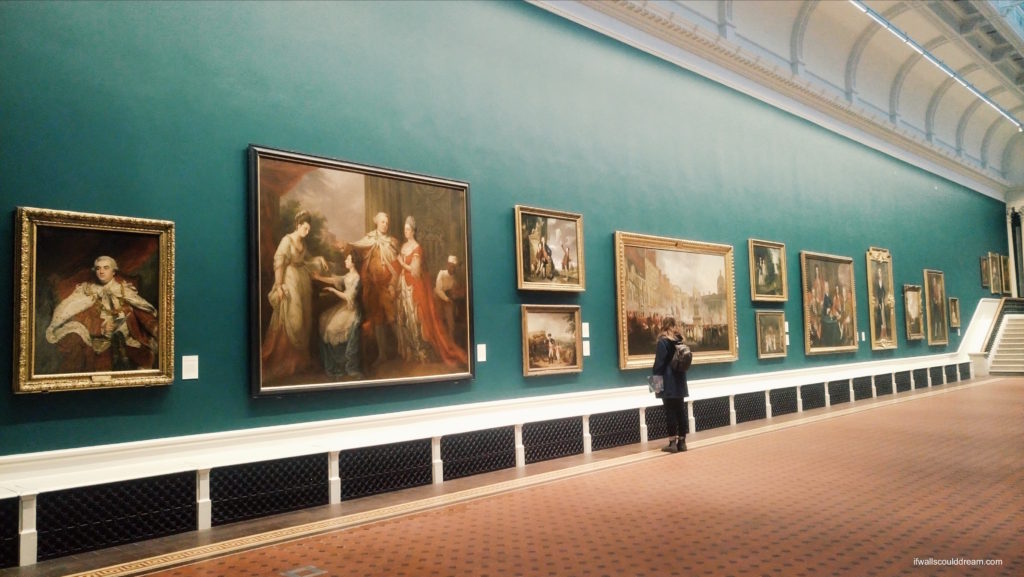
Dublin Castle and Chester Beatty Library
You have to pay to go into the Dublin Castle so we just looked at it from the outside. It’s right next to the Chester Beatty Library Museum which had a great collection of old books. Admission is free!
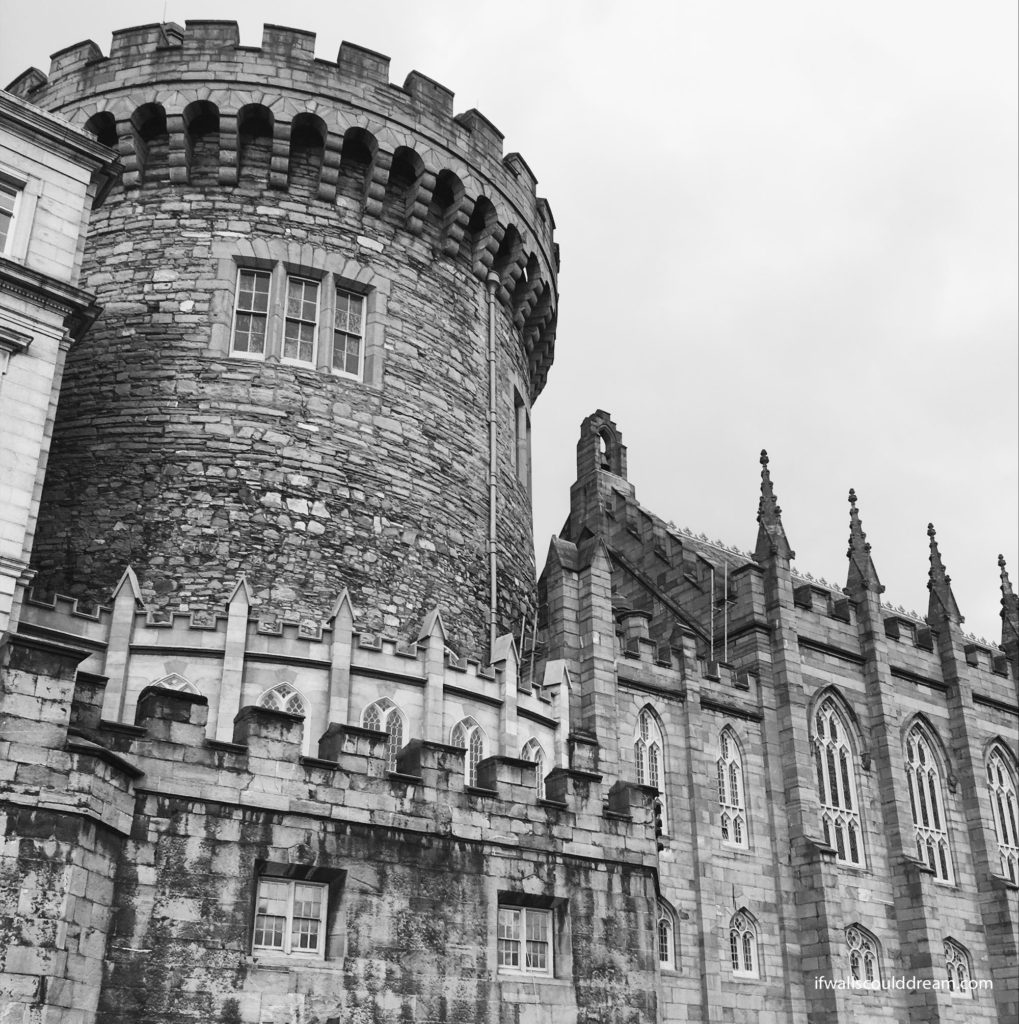
Temple Bar Neighborhood
Temple Bar is the most popular area of Dublin, with lots of pubs. Our hostel recommended a pub on the outskirts of Temple Bar to watch some Irish dancing and it was so fun! There was a group of locals who danced a few numbers and then invited all the tourists up and taught us a dance.
Also in Temple Bar is the Gallery of Photography. If it’s raining, this is a super cute little gallery. It’s free too!
Cliffs of Moher and Galway Tour
Definitely worth a little splurge! We did a day bus tour and it was so much fun!! A great way to see some countryside and we had plenty of time at the cliffs and in Galway to explore the town.
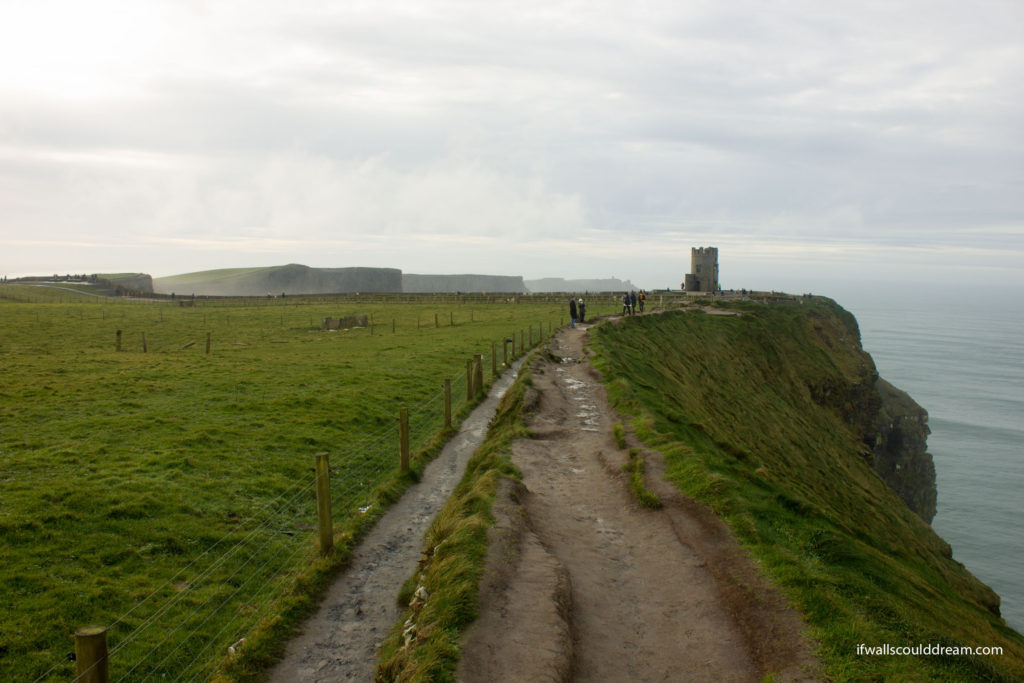
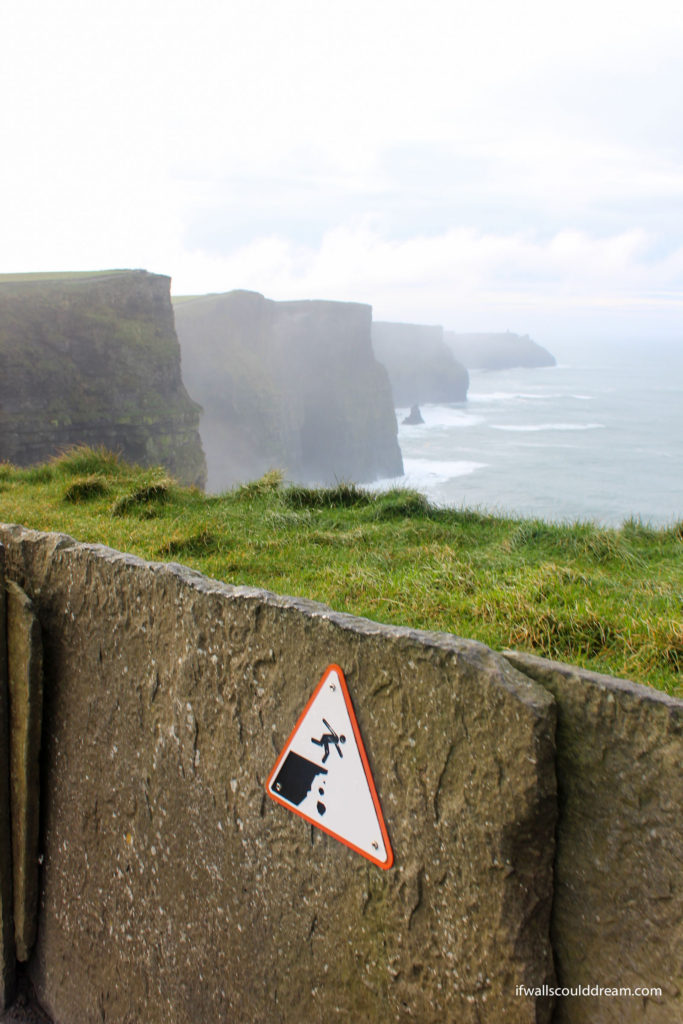
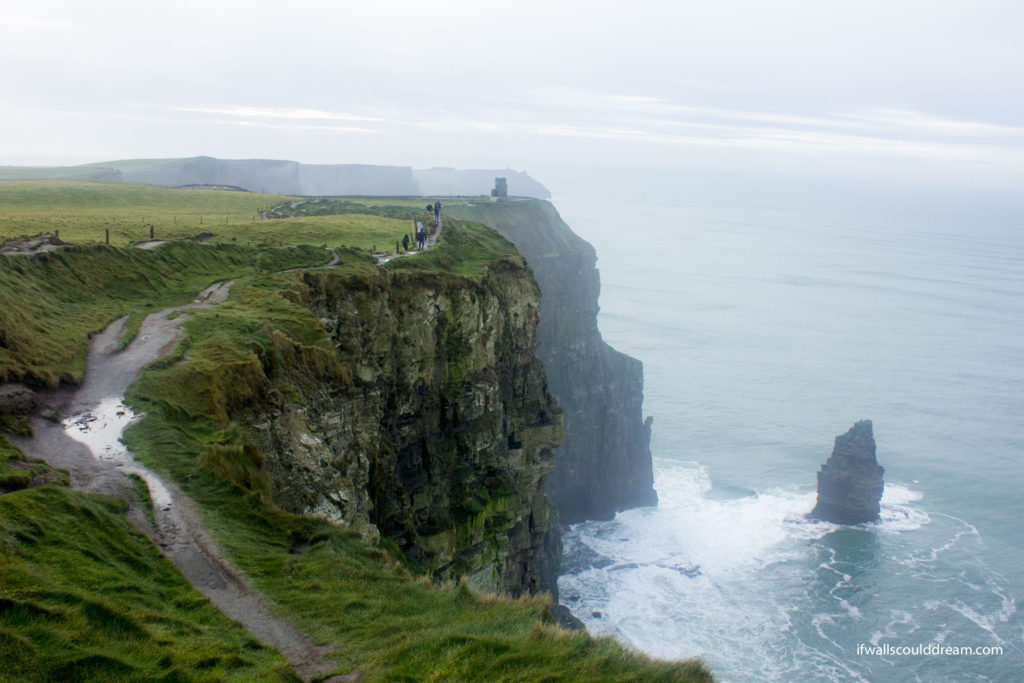
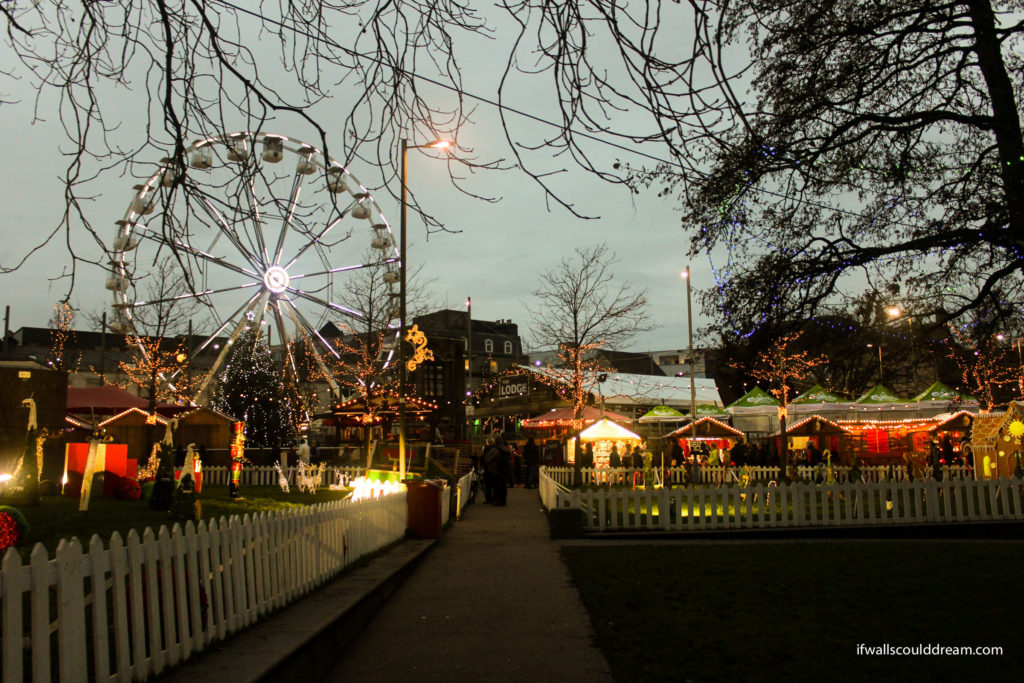
If walls could dream… they’d dream of visiting the Cliffs of Moher!
Study Tour Part 4: Aalto Mania!
The final post about my Fall Study Tour to Sweden and Finland is all about Alvar Aalto, Finland’s most famous architect! (See part 1 here, part 2 here and part 3 here.) We had the opportunity to visit Aalto University as well as Aalto’s home and studio. It was so inspiring to see his designs for a variety of buildings and see his unique style in each one.
Aalto University
We got a tour from a student at the university and it was really interesting to hear her perspective. The highlight of the tour was visiting the auditorium Aalto designed.
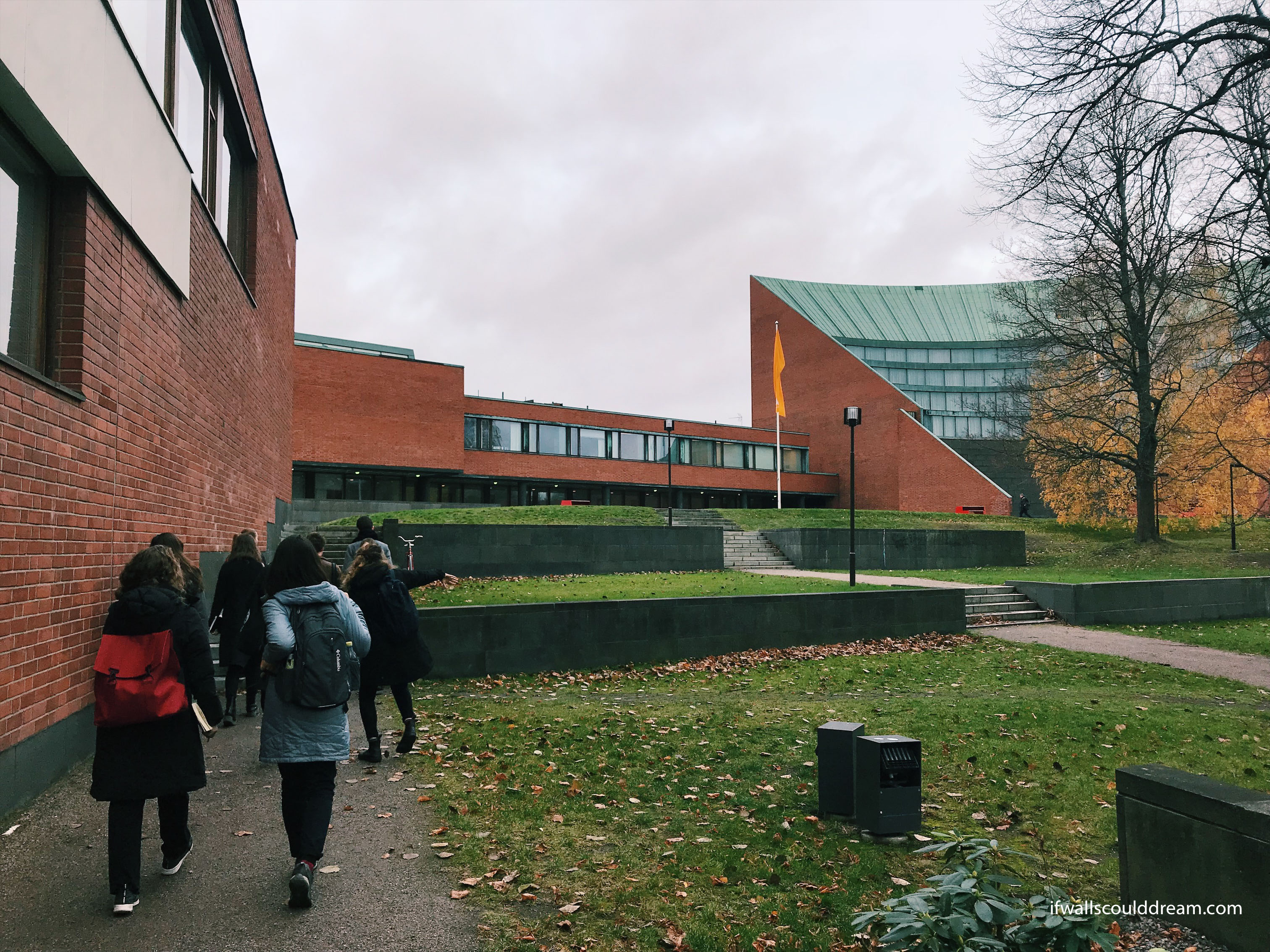
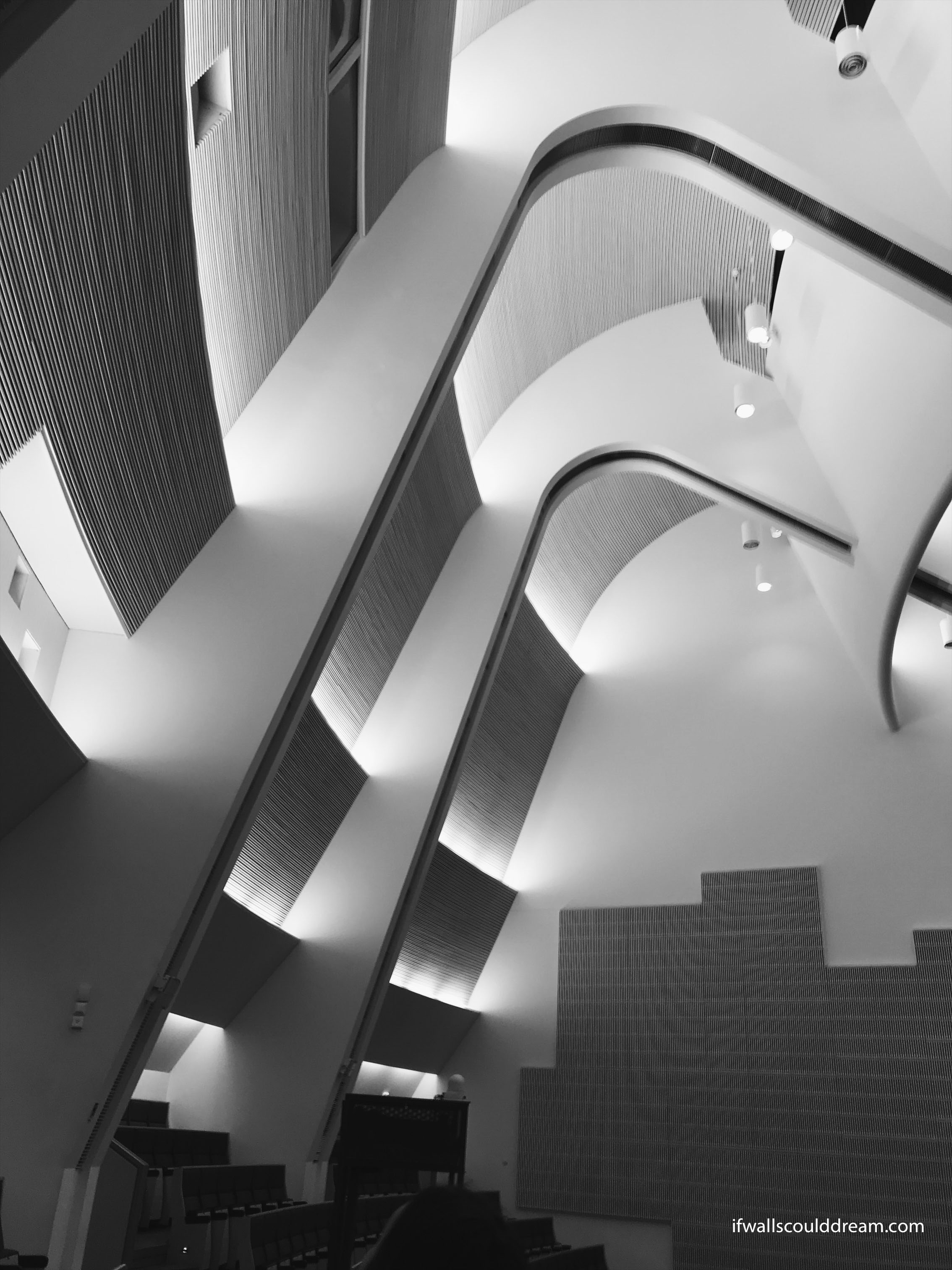
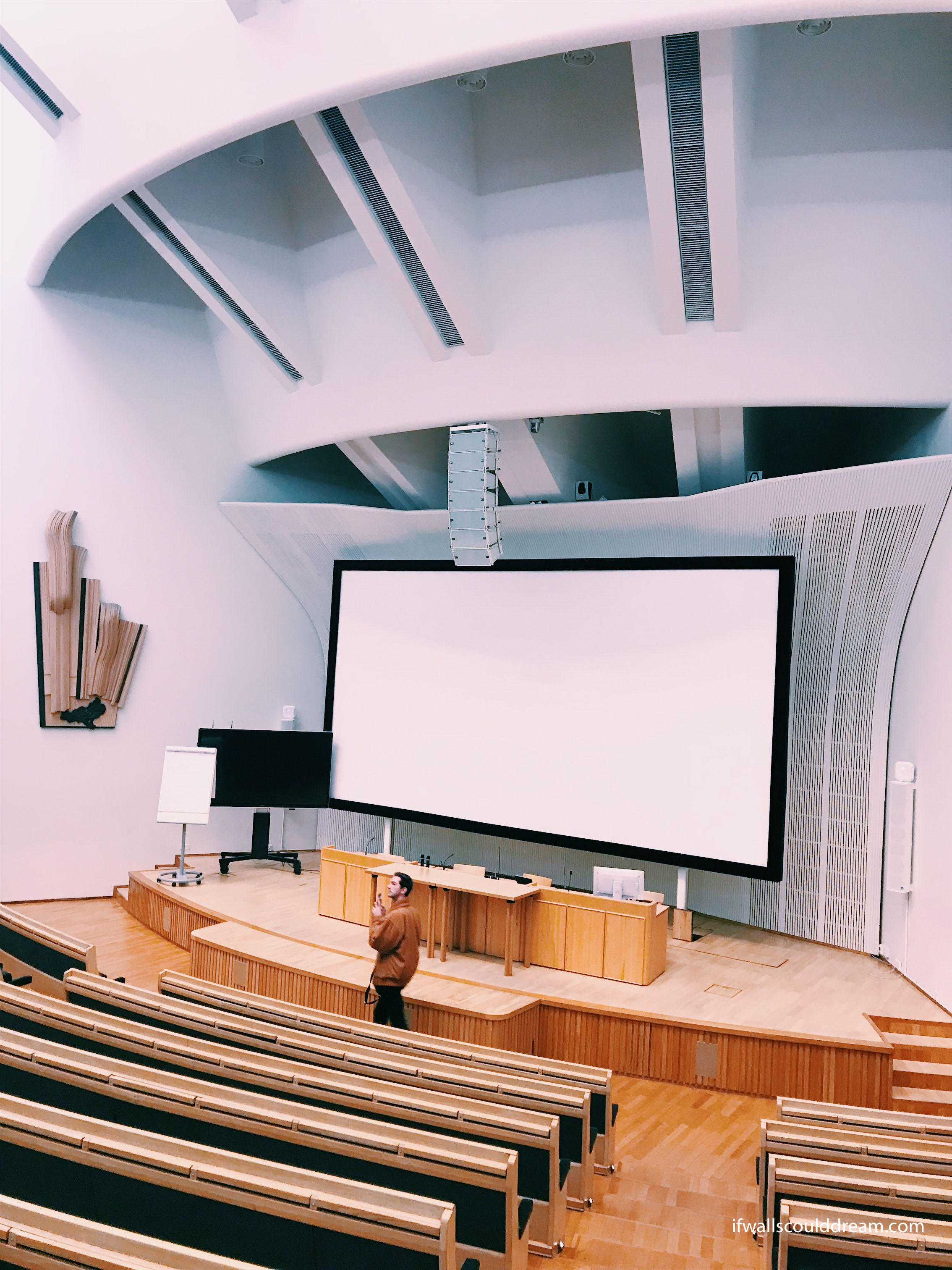
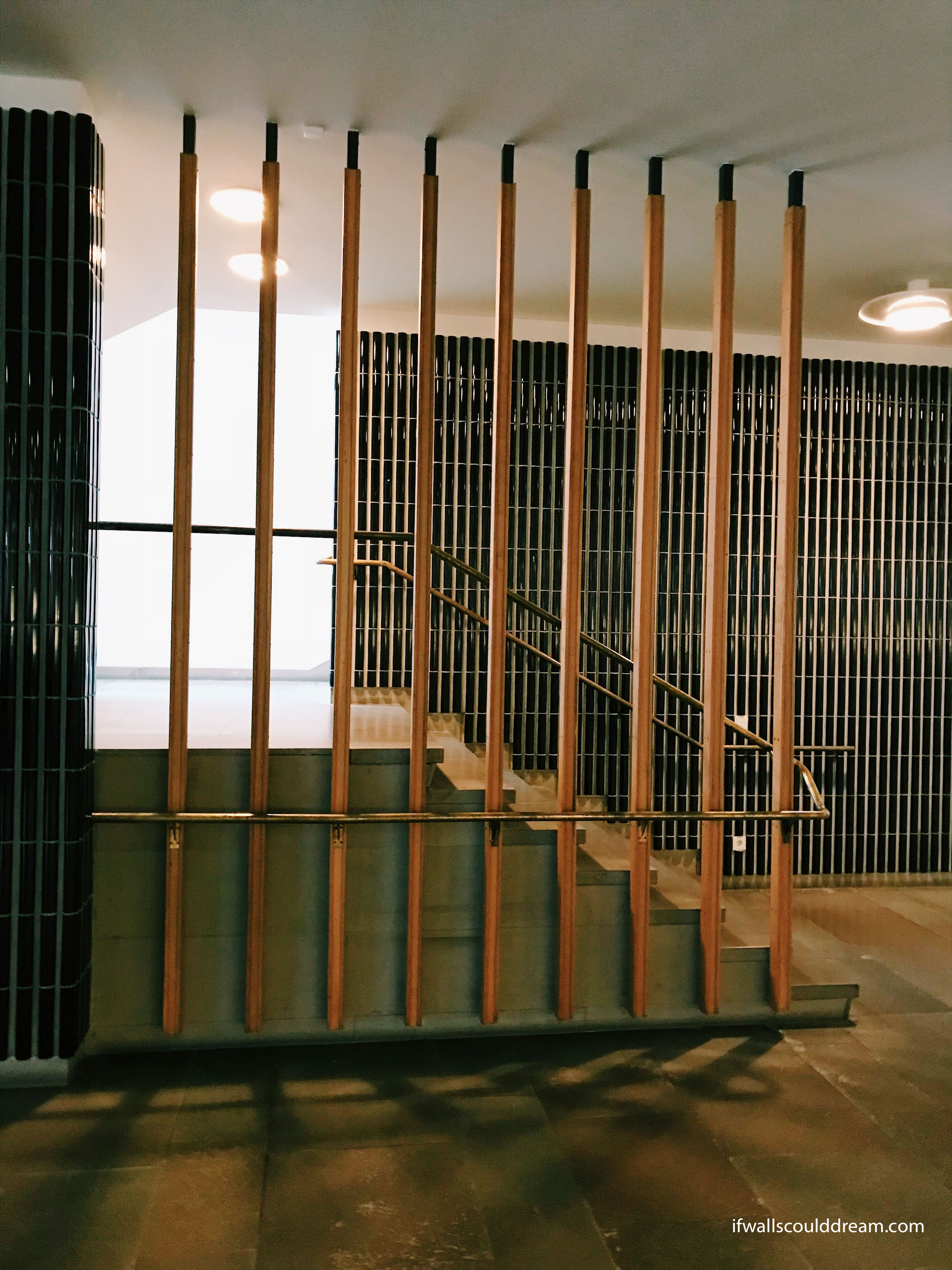
We also visited the library which Aalto designed as well. I loved this one piece of curved ceiling and how it brought light into the space.
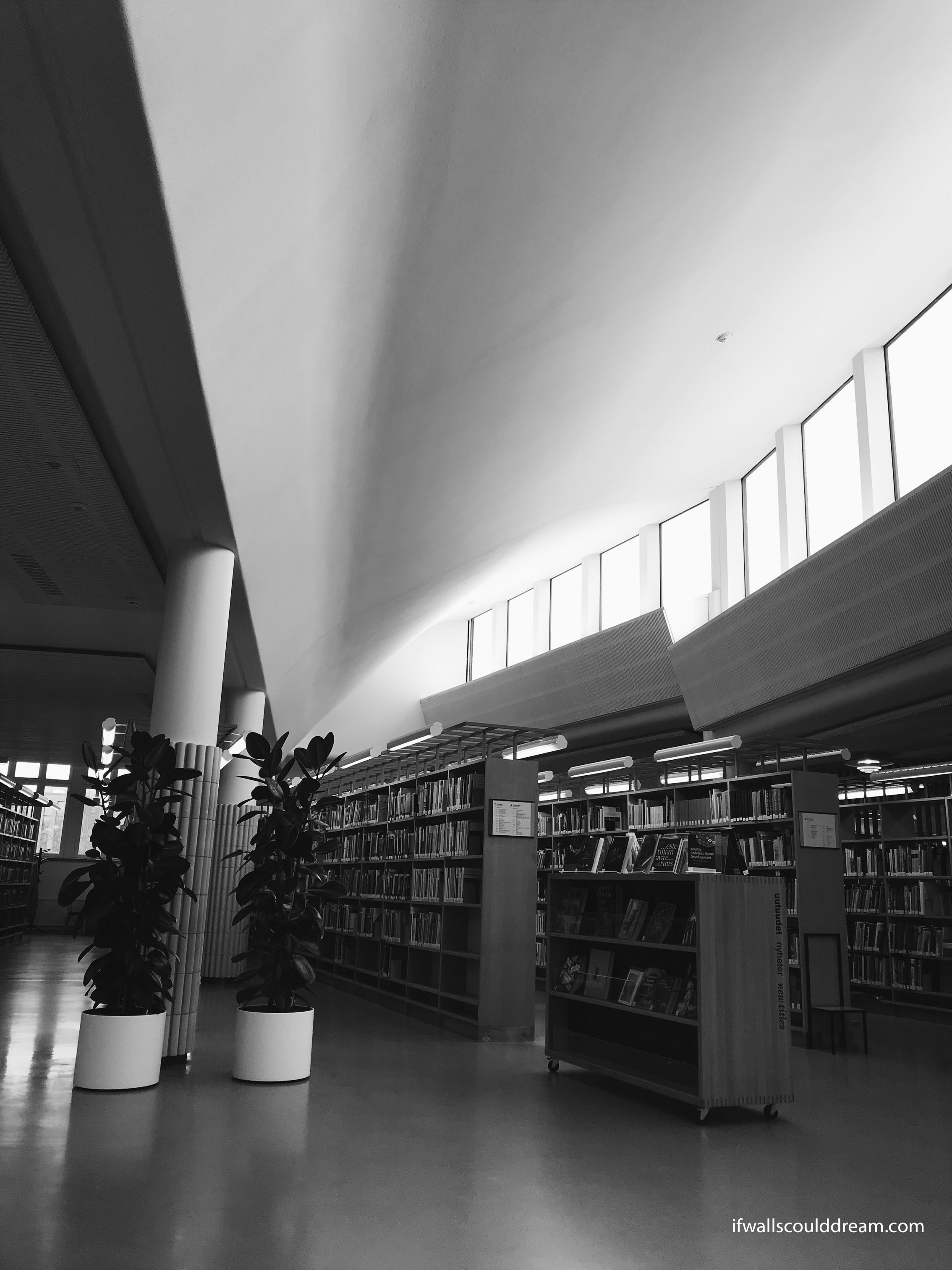
Aalto Home and Studio
Another highlight of the trip was going to Aalto’s home and studio. It was such a treat to see a space that Aalto designed for himself exactly how he wanted it.
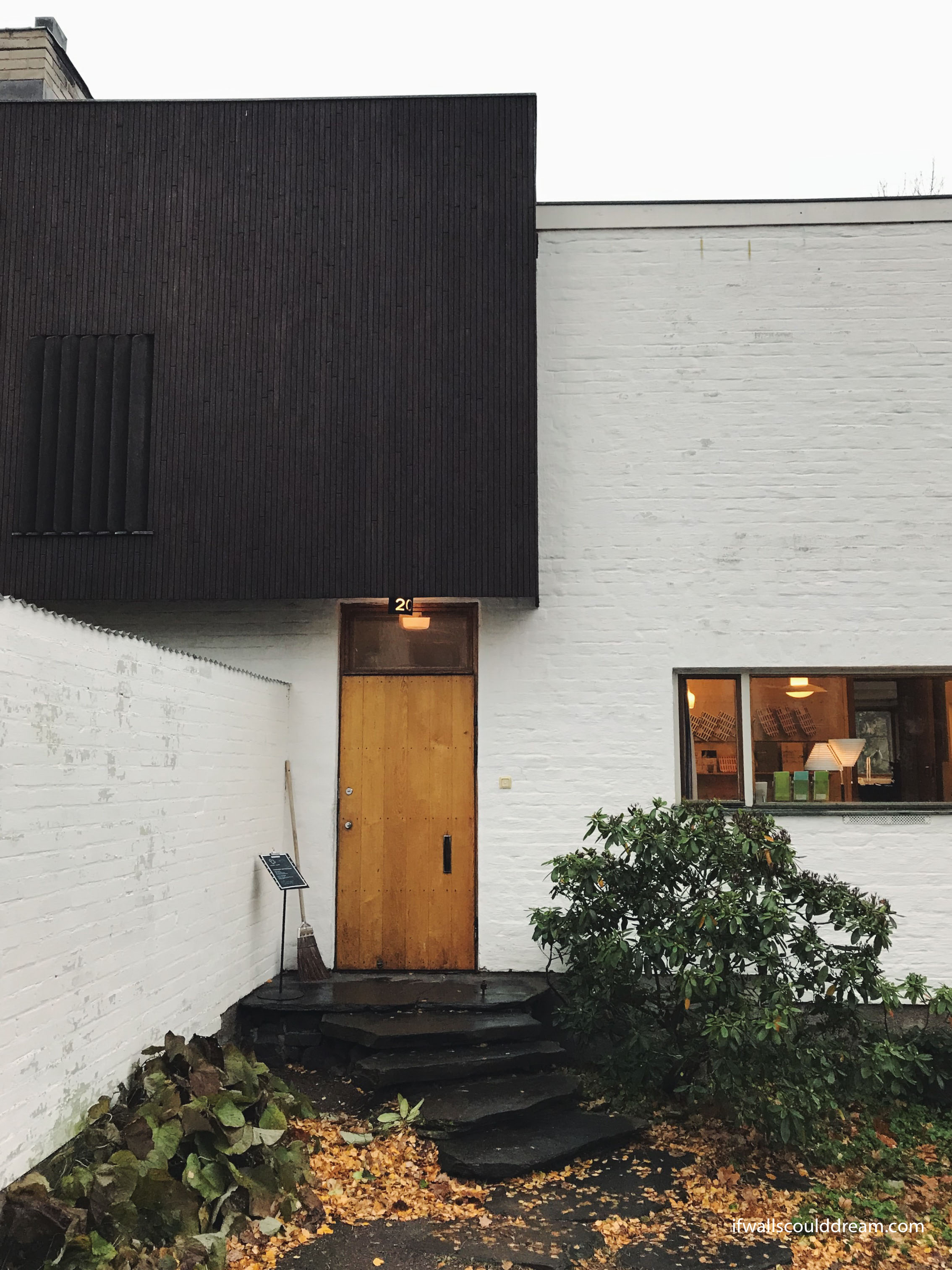
We all sat in his living room and sketched. I’m sure it’s not the first or last time a group of architects have sketched here!
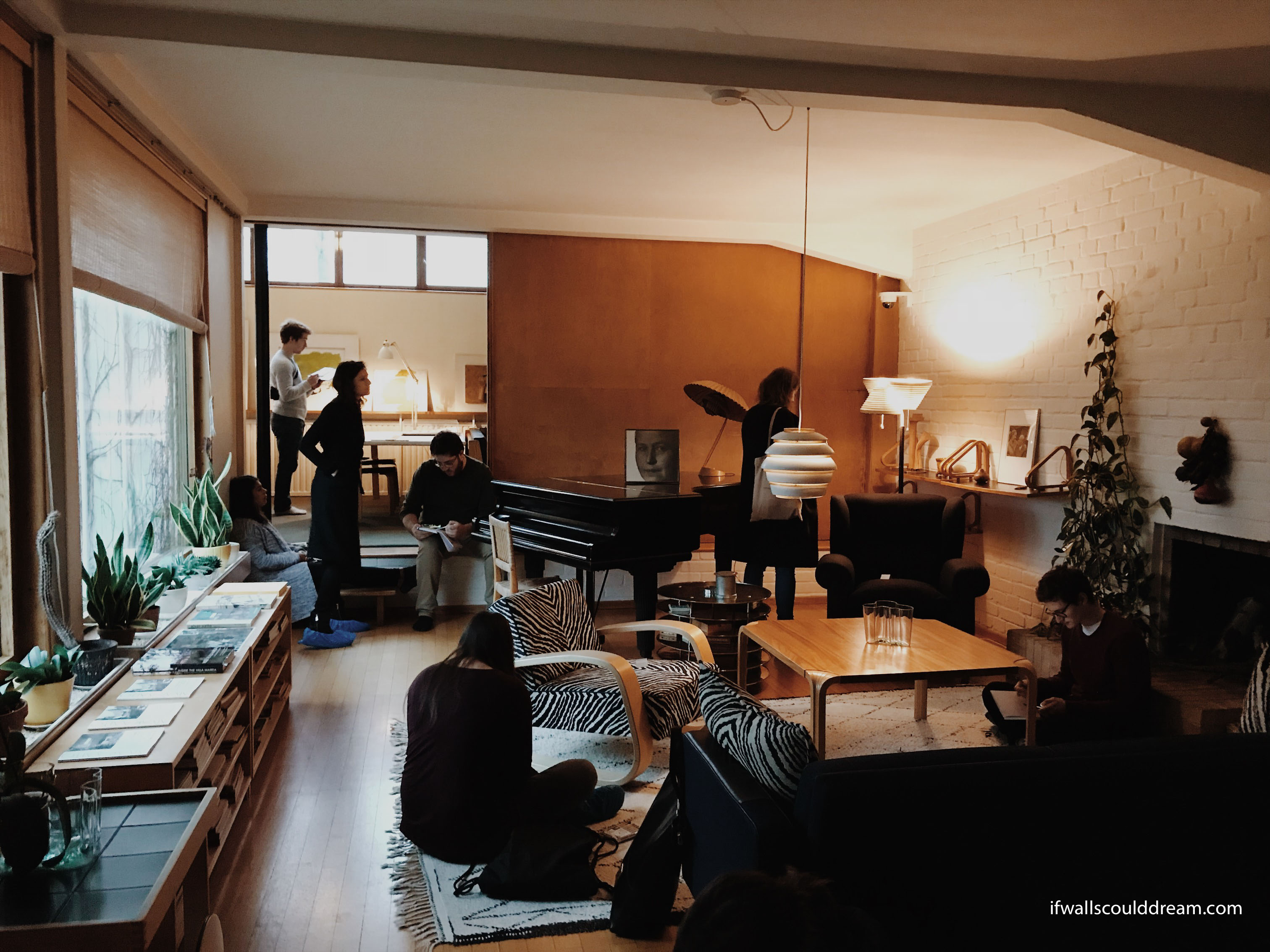
Aalto had some really beautiful fireplaces in his house.
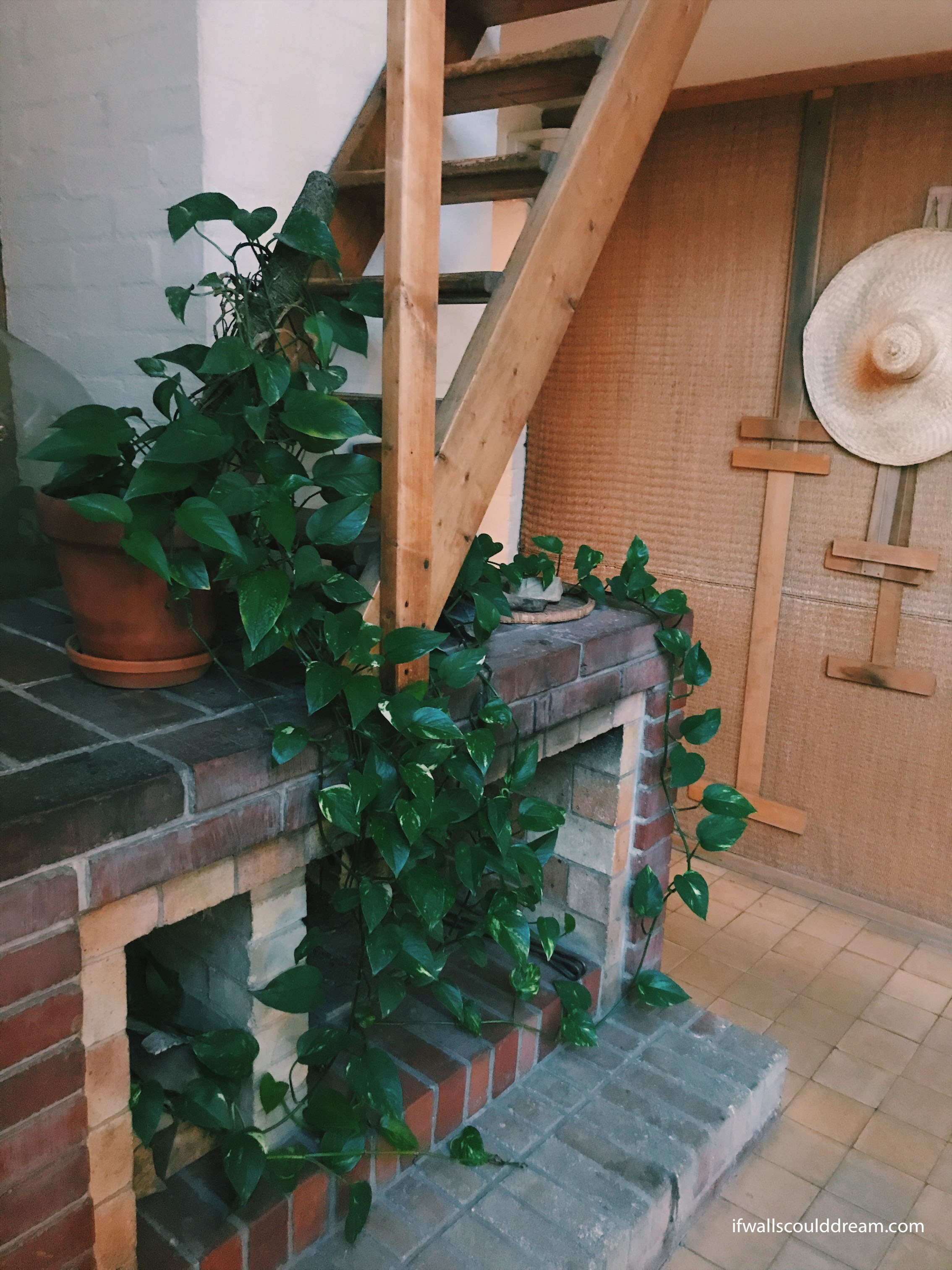
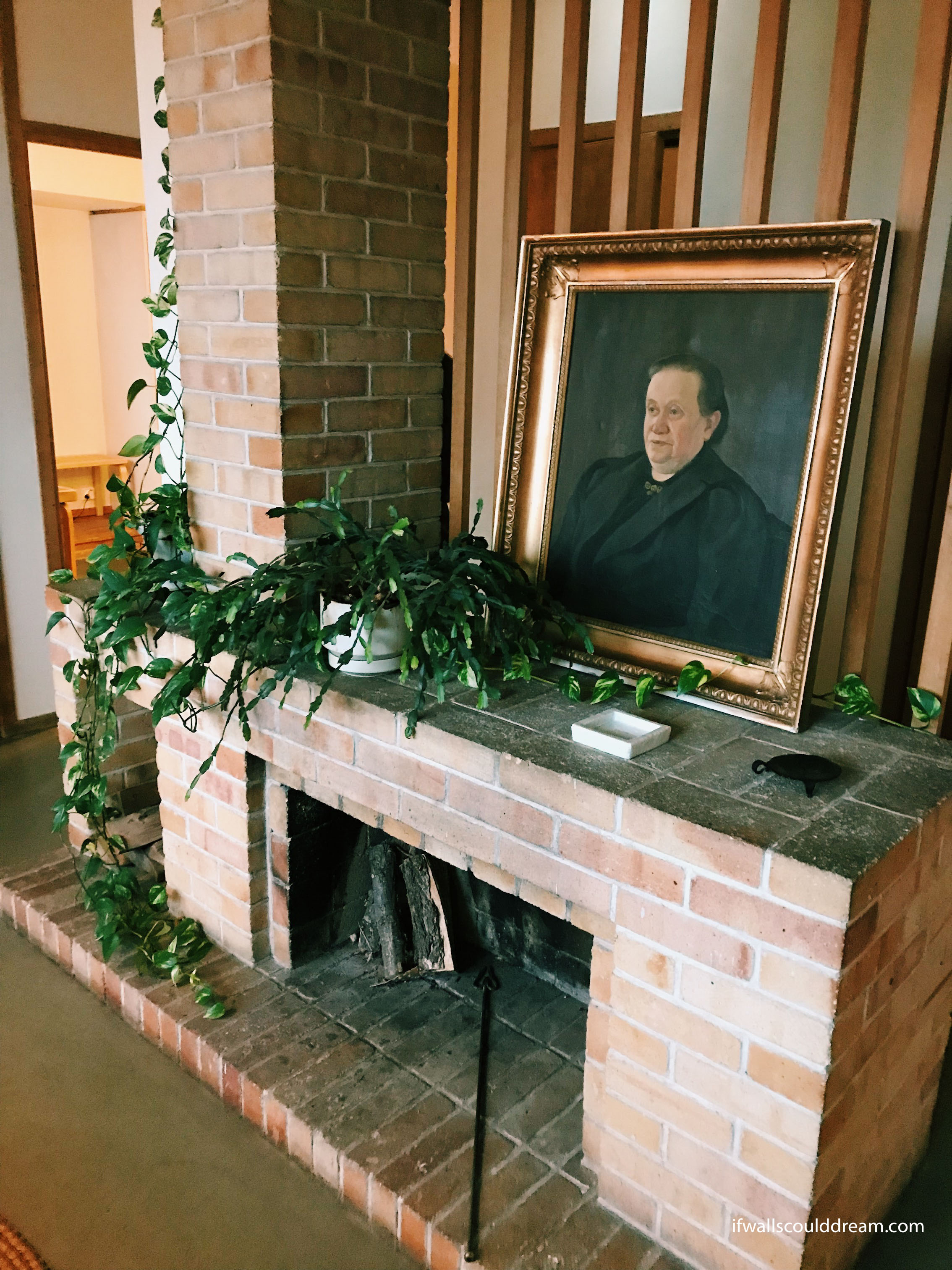
Next, we went to the studio he built when his firm outgrew the home office.
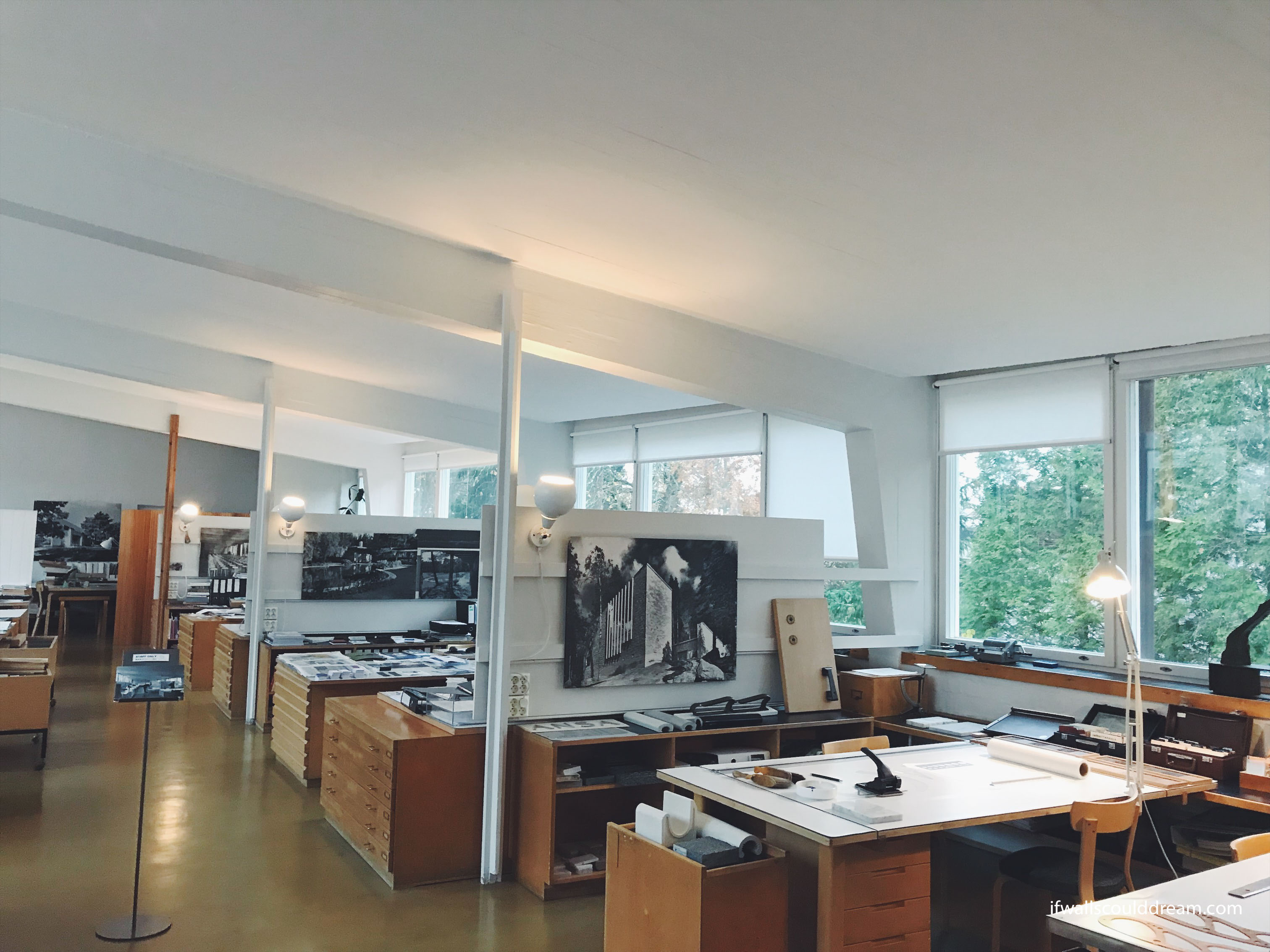
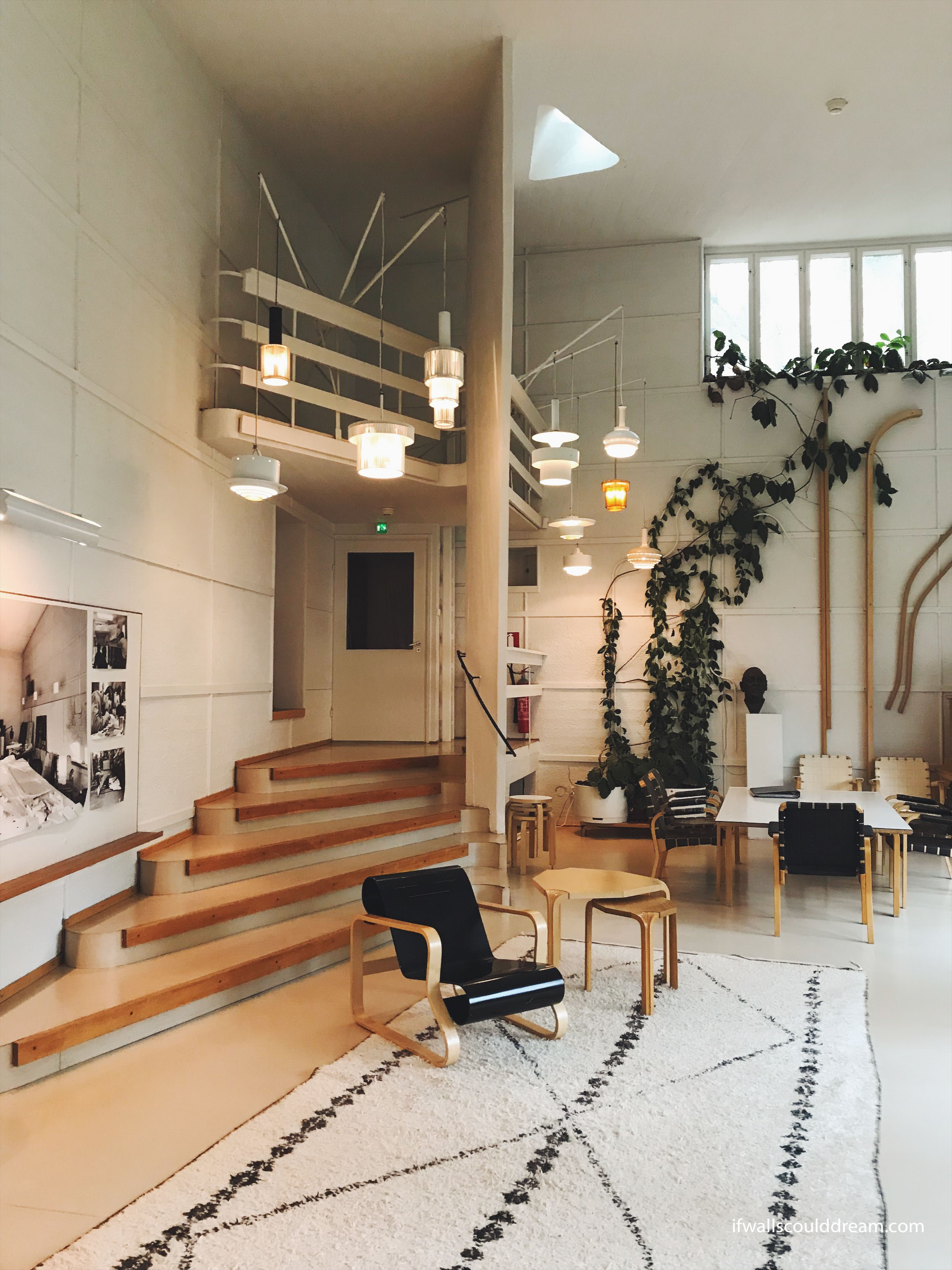
If walls could dream… they’d dream of visiting Alvar Aalto’s studio.
Study Tour Part 3: Helsinki
Next we went to Helsinki, Finland. (See part 1 here and part 2 here.) It was such a nice and walkable city and I really liked the buildings we visited. I would definitely recommend visiting Helsinki!
Myyrmäki Church
We went to the Myyrmäki church by Juha Leiviskä. He said that “architecture is closer to music than the visual arts” and you can definitely feel that in this church. It feels like the space is composed around you, each element having its own rhythm.
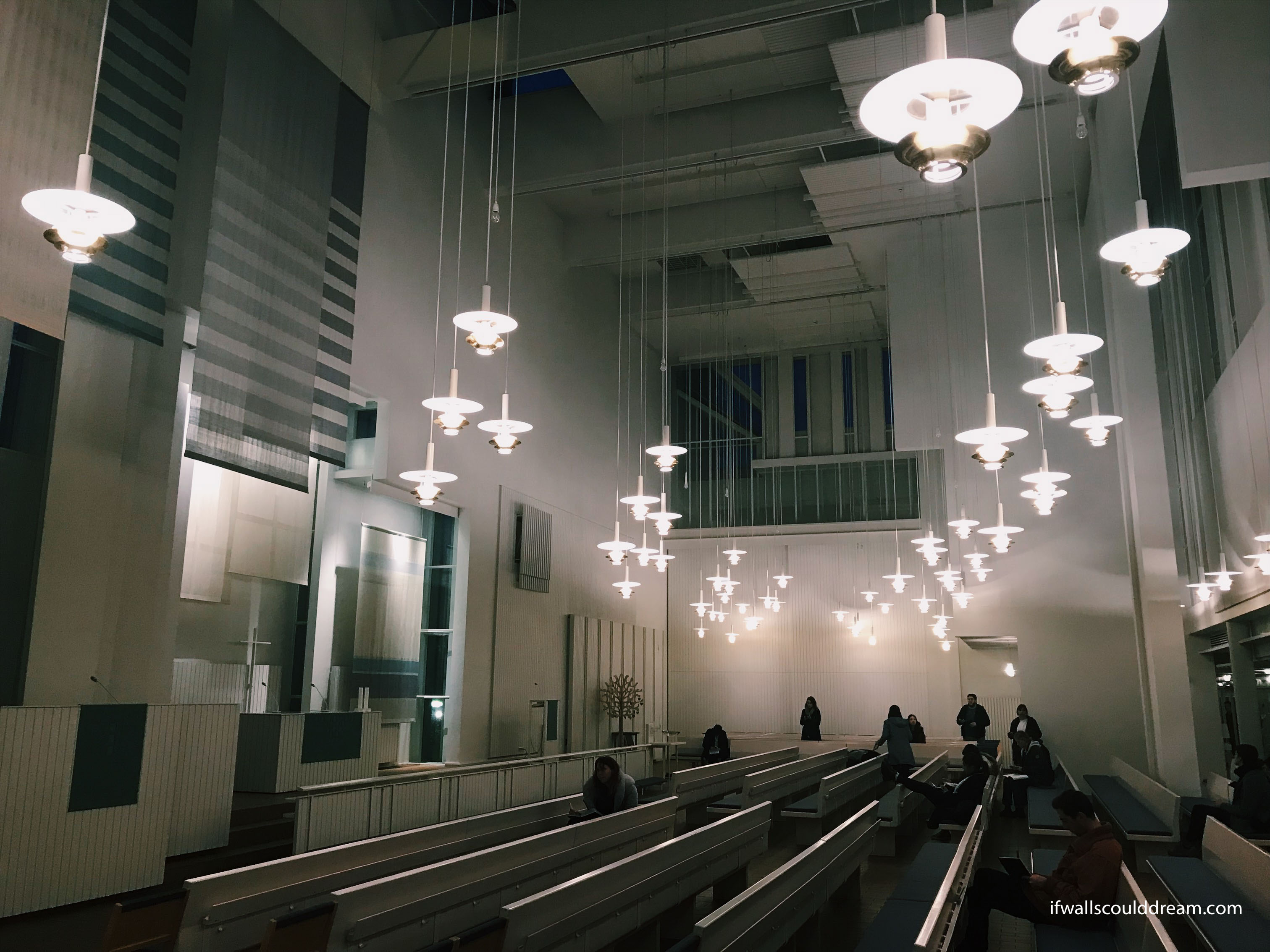
Loyly Sauna
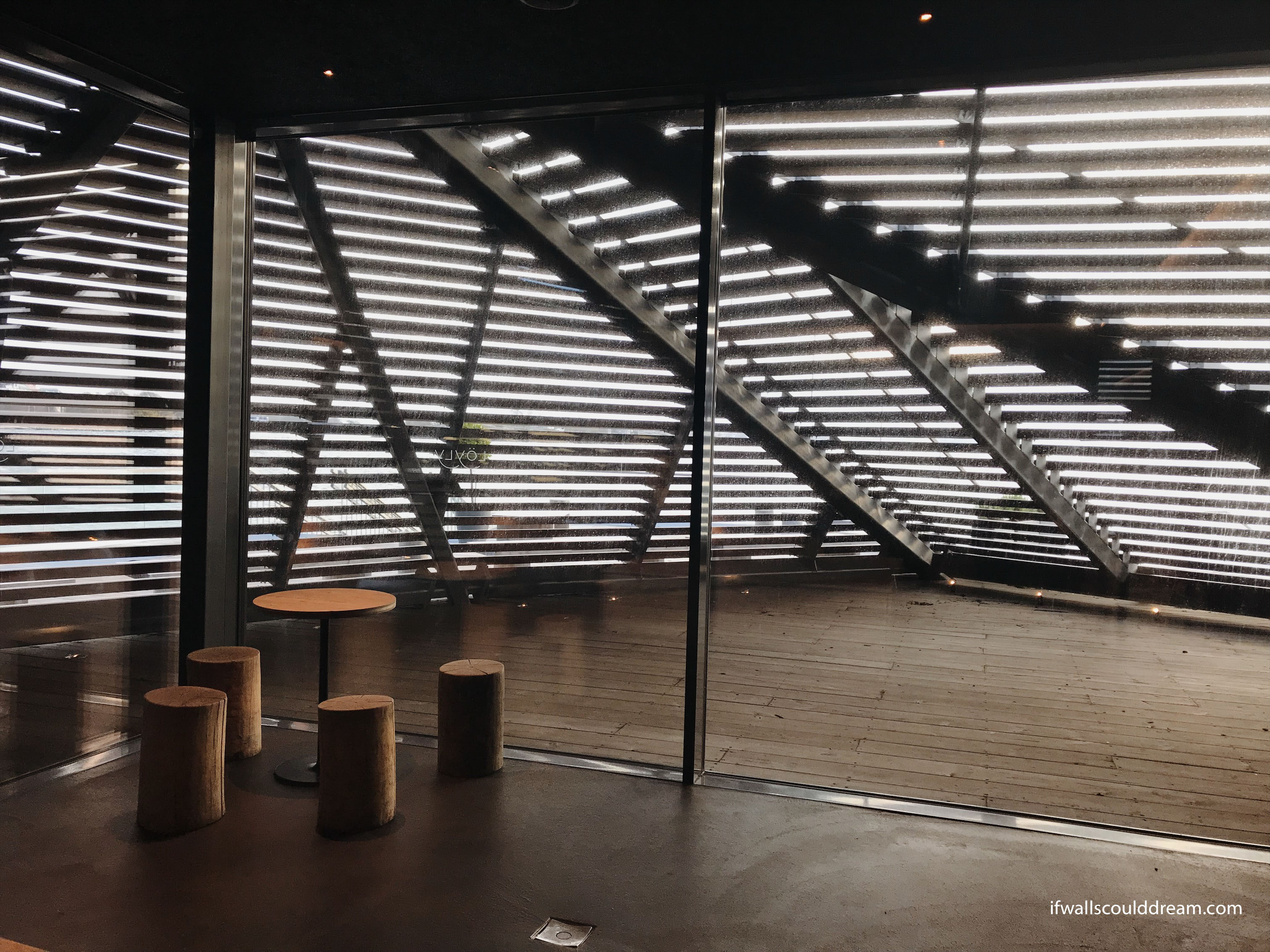
We also got to visit a Finnish sauna! It was so fun. We got a tour from the architect and then we got to go into the sauna.
Helsinki University Library
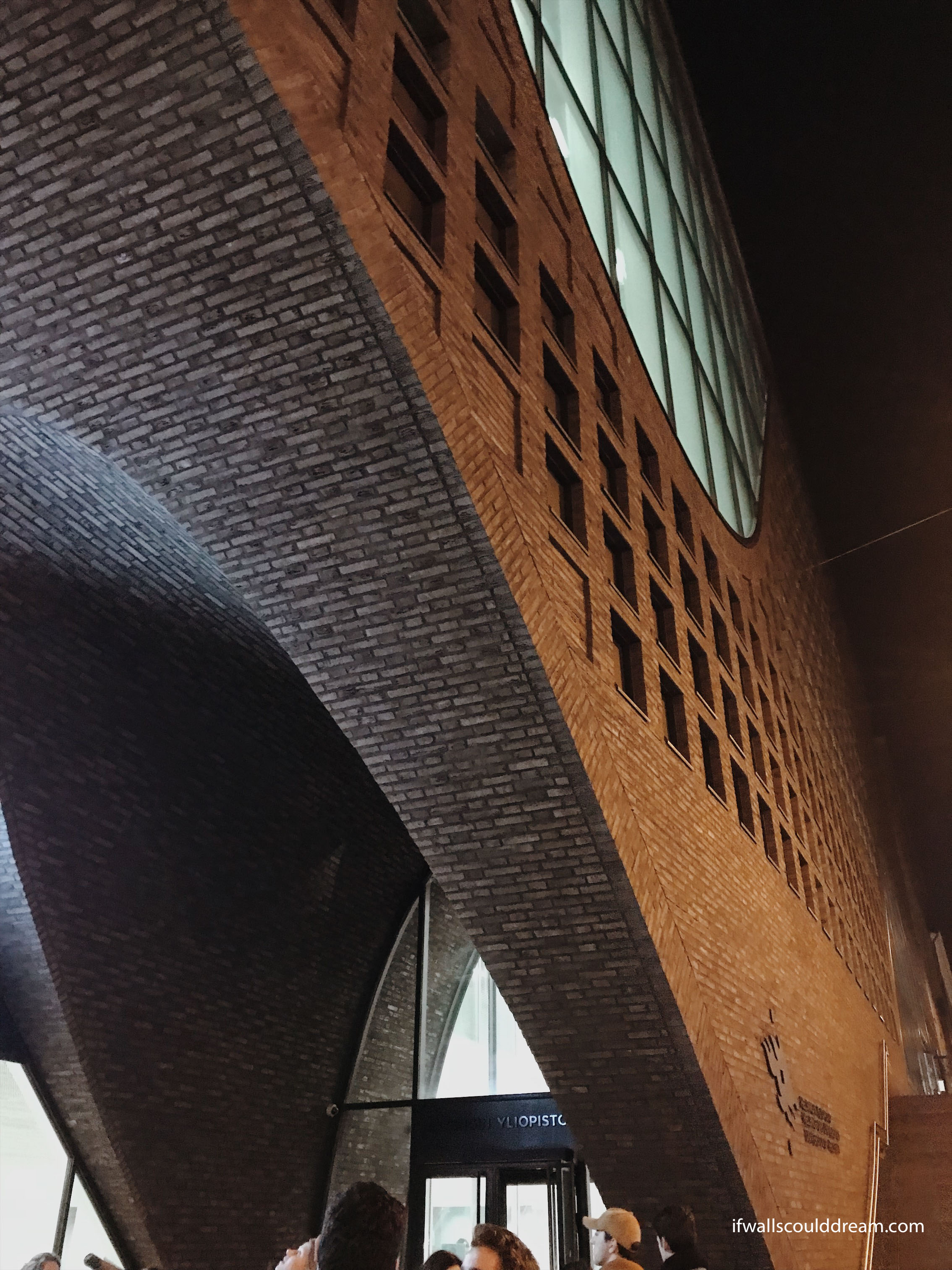
The Helsinki University Library was beautiful as well. It was built by Anttinen Oiva Architects. The building is an investigation in the interaction of square and rounded shapes. A grid of windows and bookcases is interrupted by elegantly swooping curves.
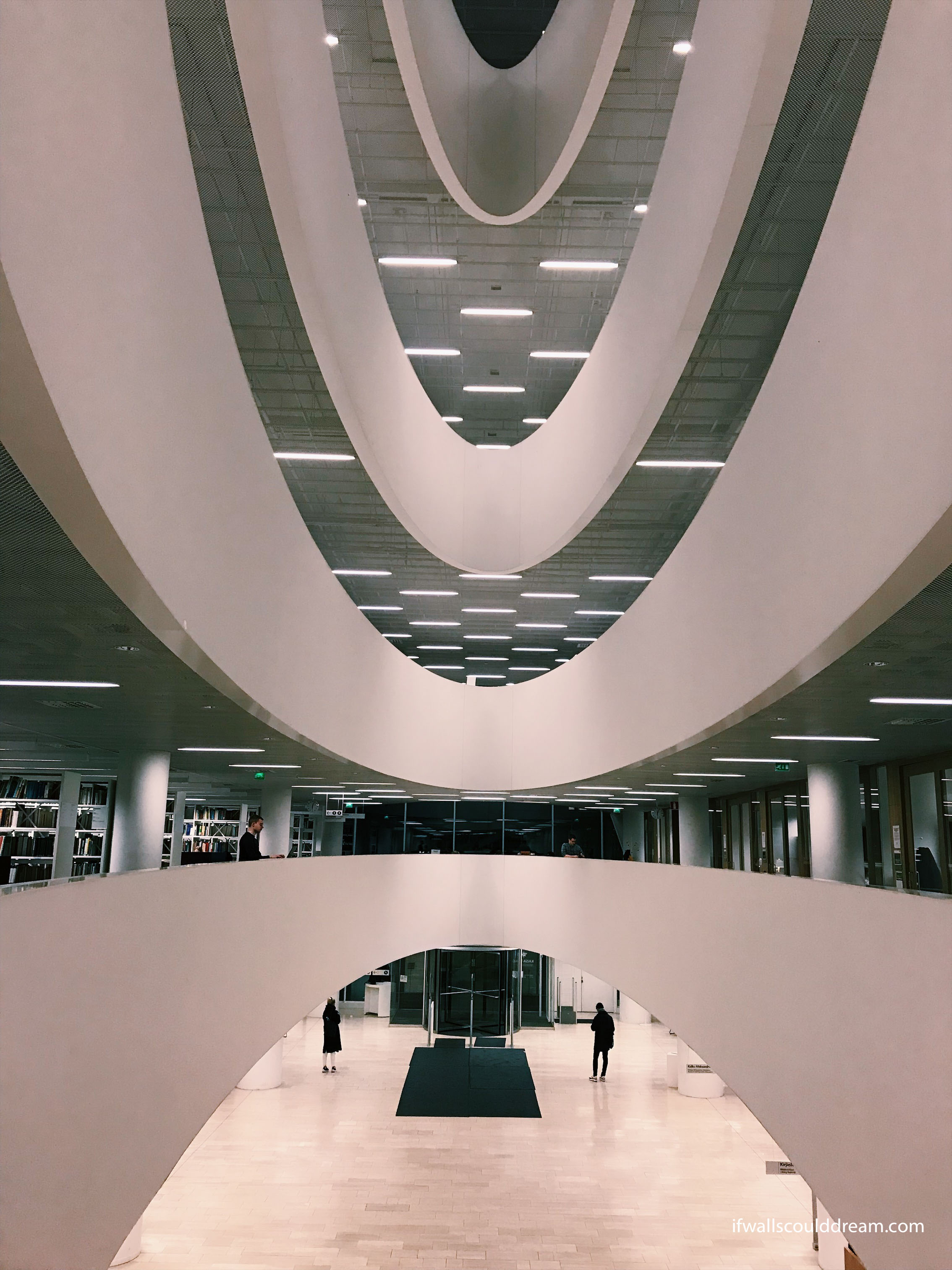
The main entry to the library is a curved atrium.

There is a beautiful circular staircase that goes through the building.
Kiasma Art Museum
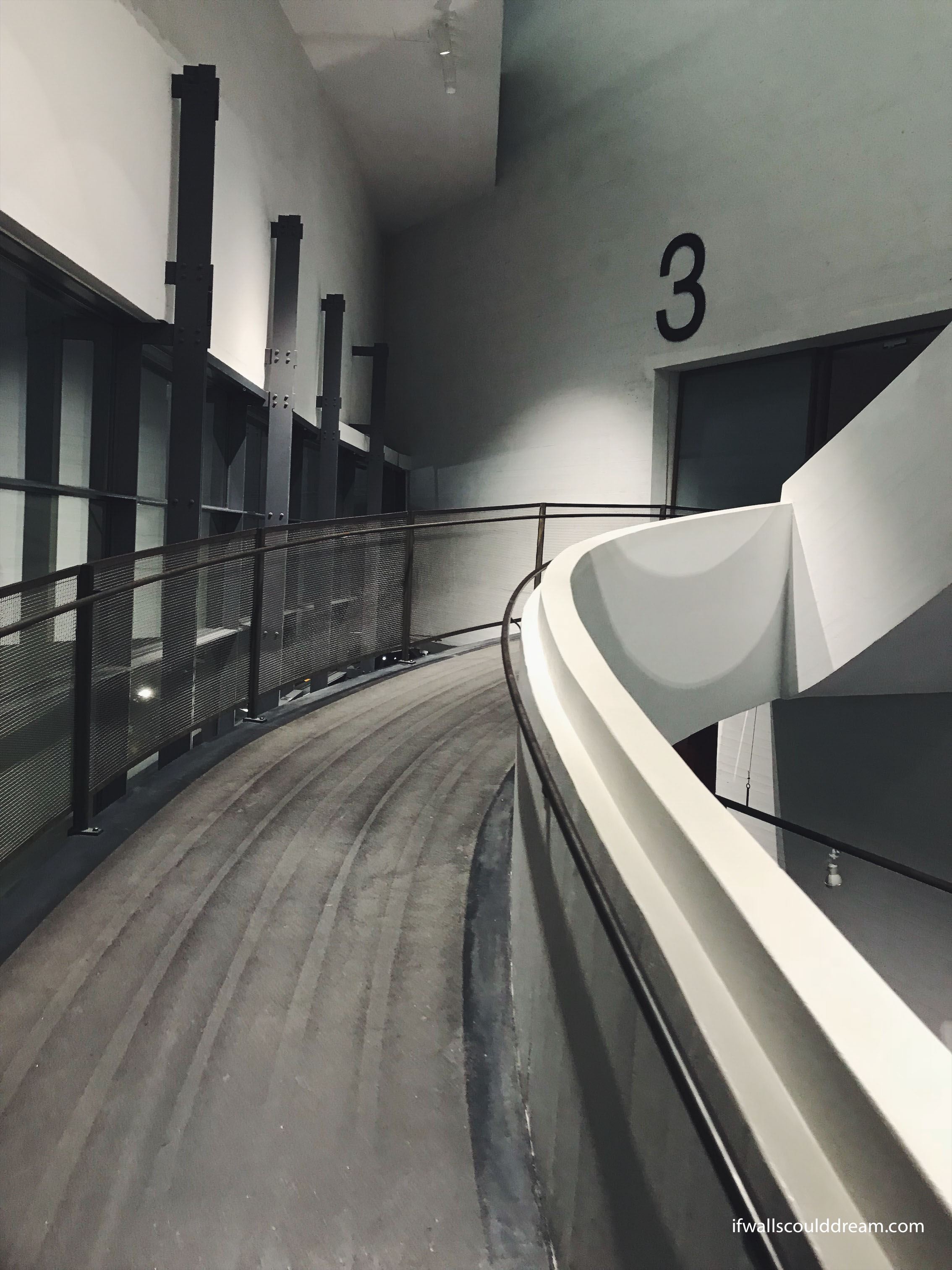
Steven Holl! One of my favorite architects. This is his Kiasma Art Museum. The circulation in this building is a series of ramps that lead you from exhibition to exhibition.
Temppeliaukion “Rock Church”
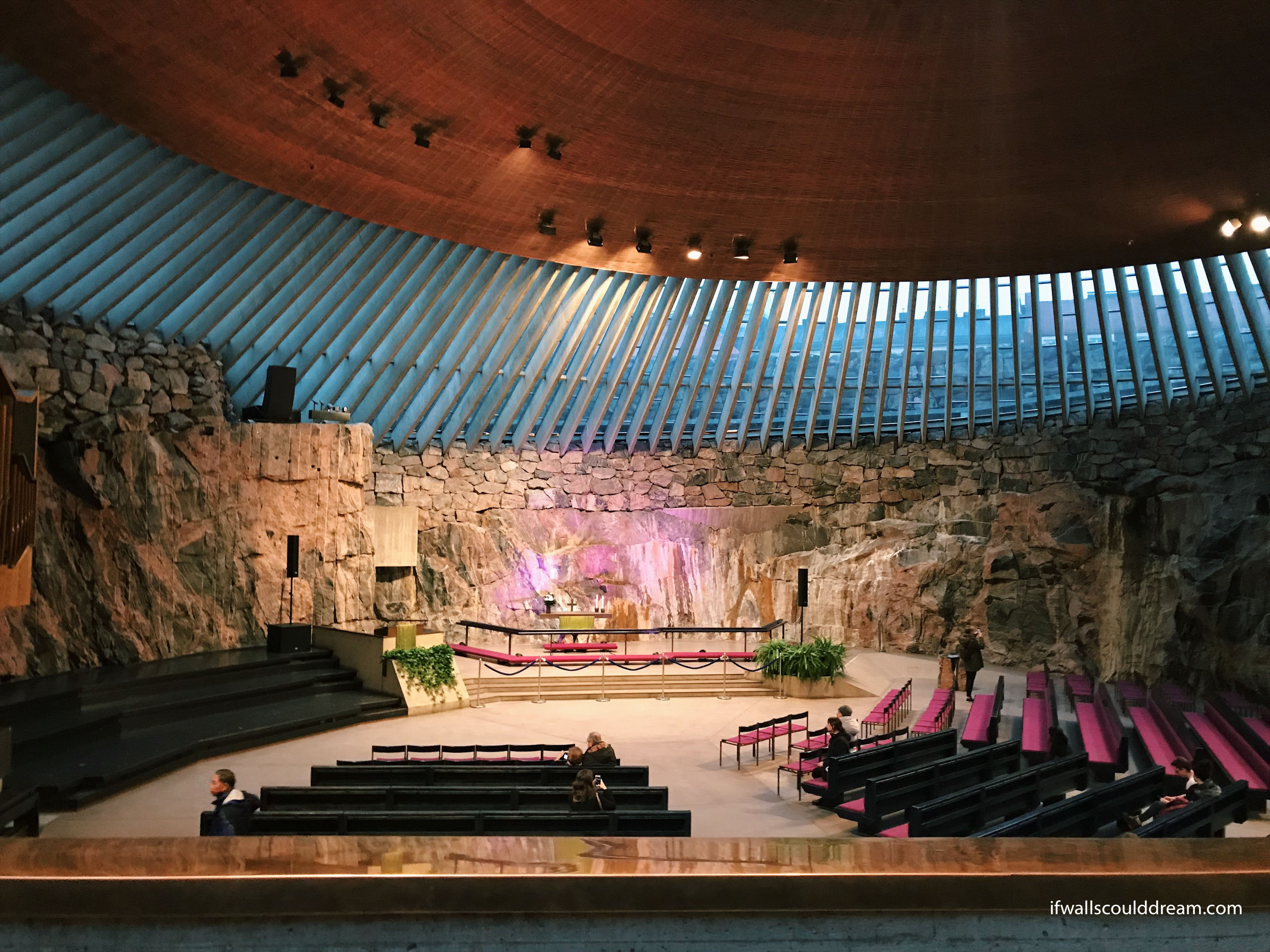
The “rock church” was carved out of bedrock and had the most incredible copper ceiling.
Aalto University
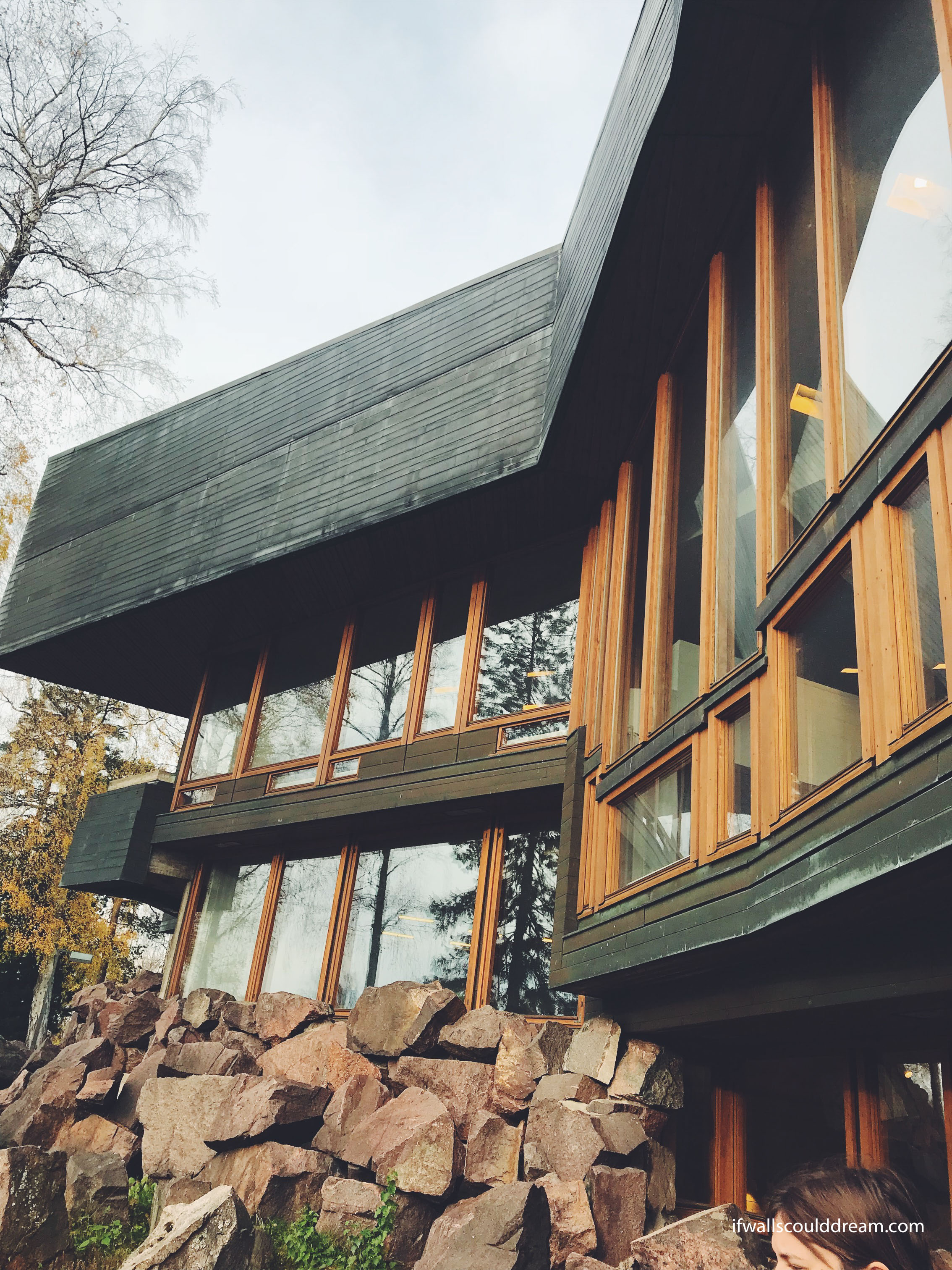
We got to tour Aalto University. Many of the buildings will be in my next post, Aalto Mania, but this building is the Dipoli university union and it was designed by Reima and Raili Pietilä. I loved the exterior of this building. It feels like a ski resort!
More Aalto buildings to come in the next post!
If walls could dream… they’d dream of visiting Helsinki.
Study Tour Part 2: Turku, Finland
The next stop on my study tour was in Turku, Finland. (See part 1 here.) We took an overnight ferry from Stockholm and it was like a mini cruise! In Turku we visited some absolutely amazing buildings.
St. Henry’s Ecumenical Art Chapel
We arrived here early in the morning, sleepy-eyed, but we were treated to a beautiful wooden chapel. Like a boat rising out of the sea, this slightly curved space had a wonderful quality. To top it all off, a girl in my class played the piano for us there and it was the most incredible experience to be in a beautiful place with beautiful music. Definitely a highlight of the trip.
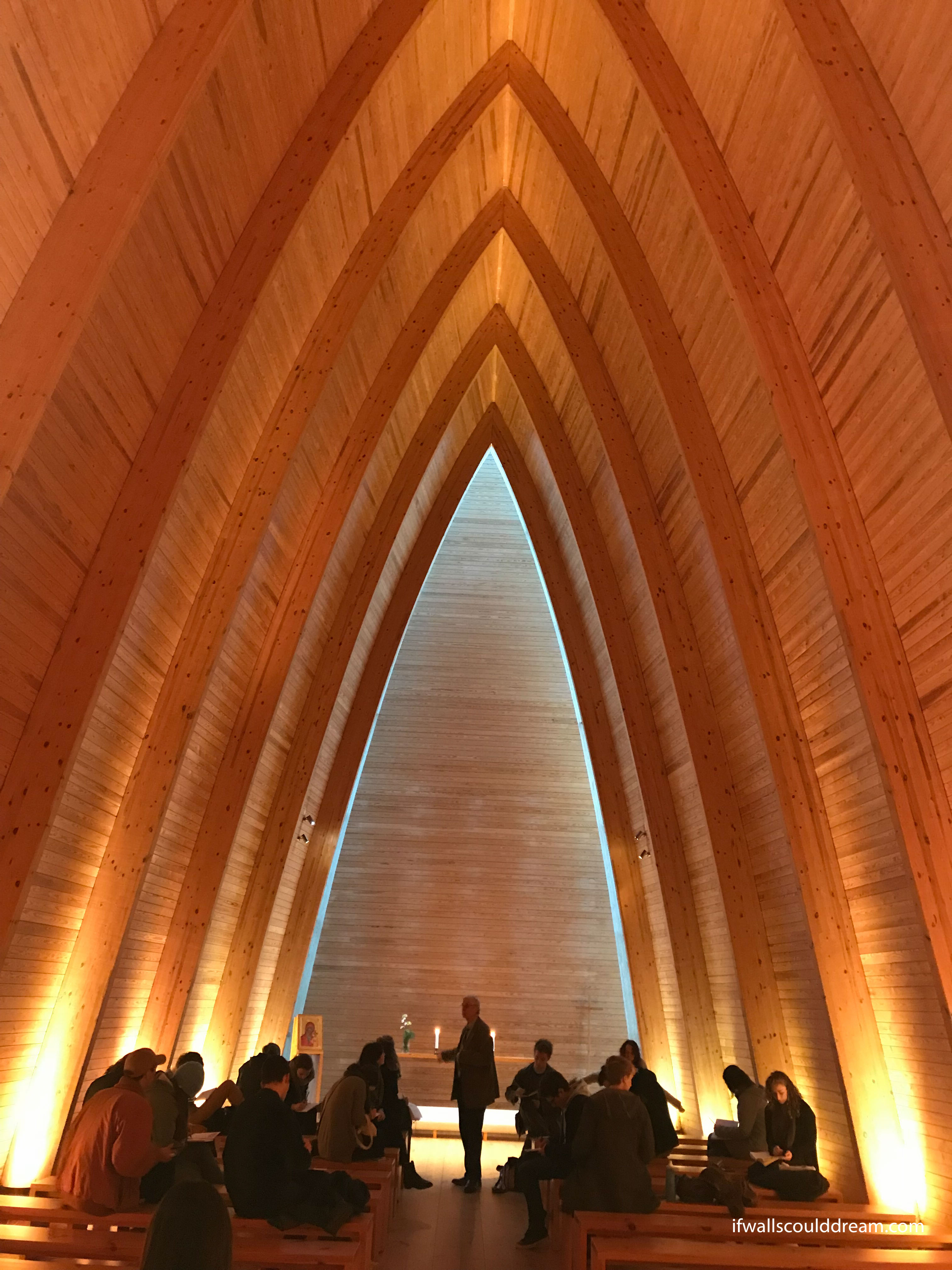
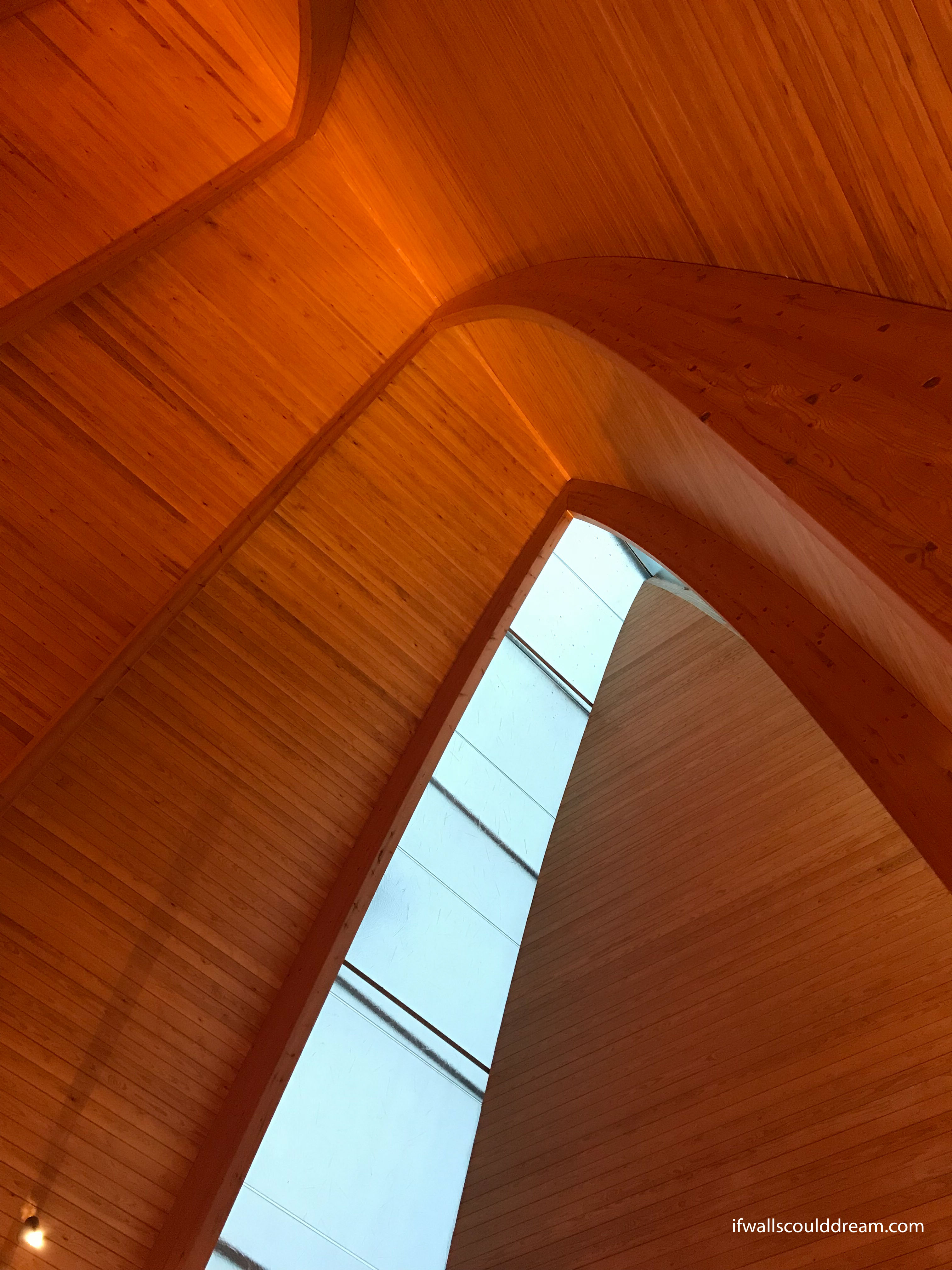
Chapel of the Holy Cross
After the piano music at the art chapel, I didn’t think this day could get much better, but it did! The Chapel of the Holy Cross quickly became one of my favorite buildings ever. I didn’t know anything about it before we arrived, but the quiet, somber spaces and the honest use of materials captured my heart. It’s the type of building you never want to leave. I felt so comfortable here, even though it’s a funeral chapel. You can really tell that the architect cared about every little detail of the design.
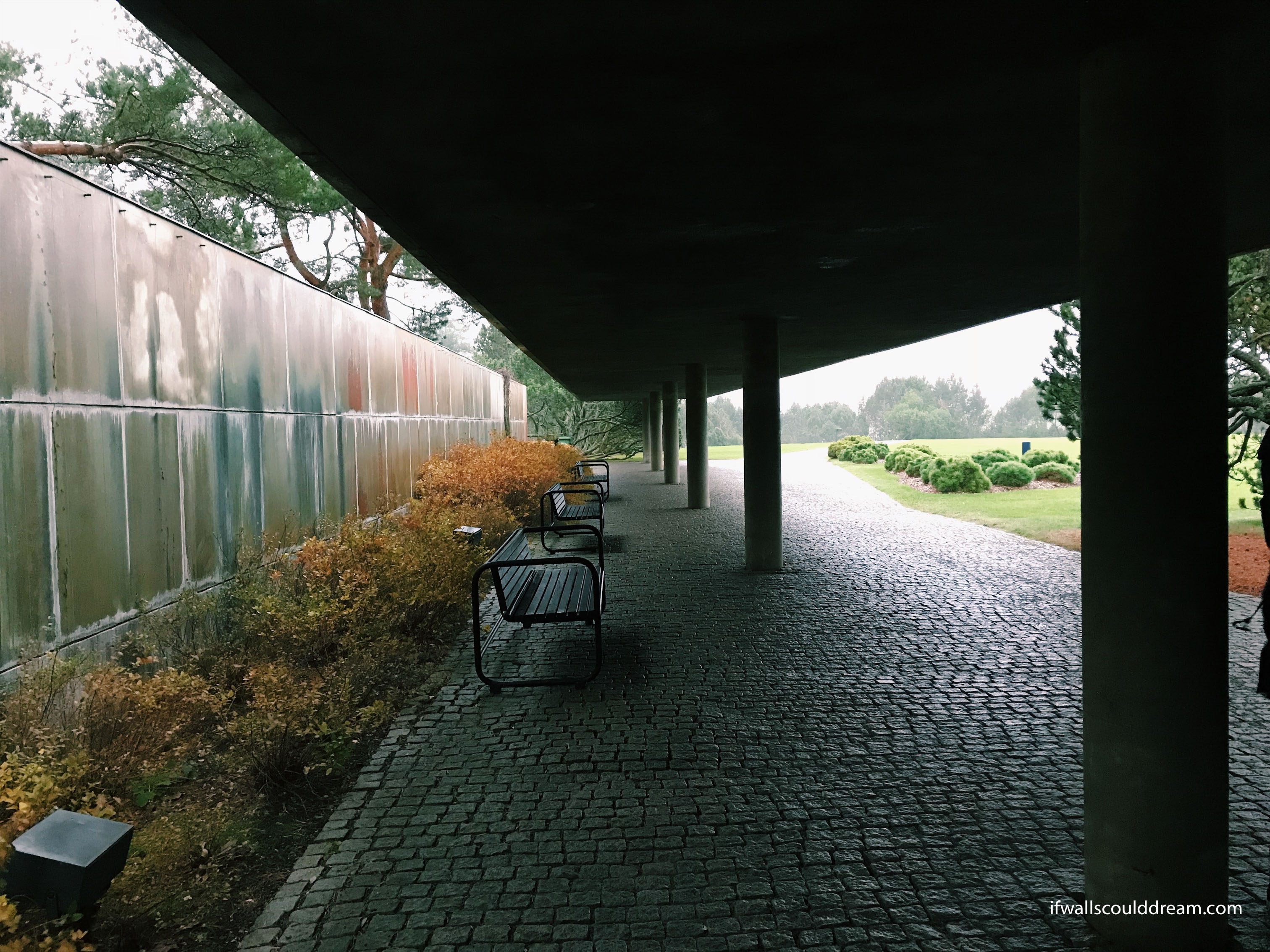
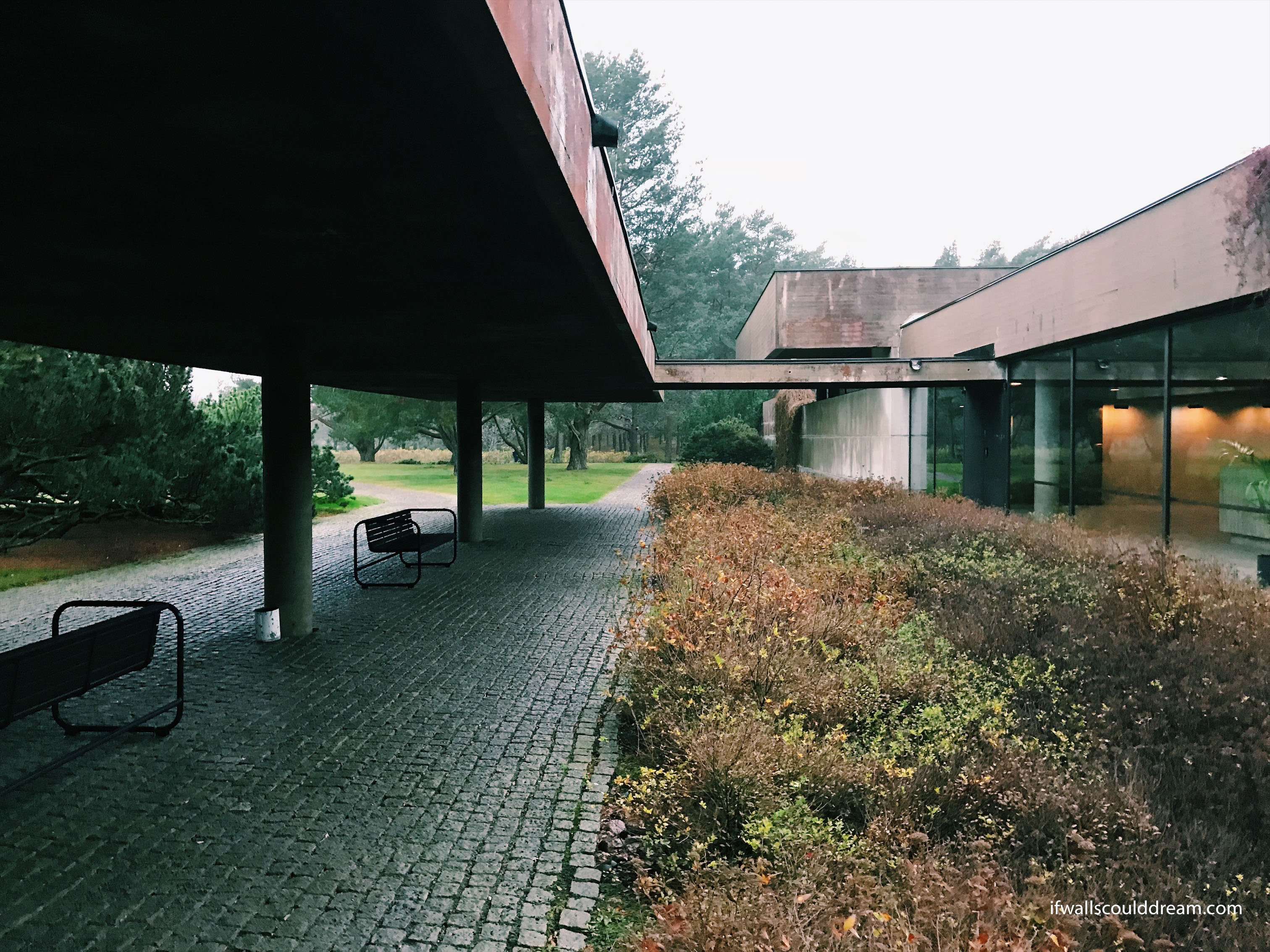
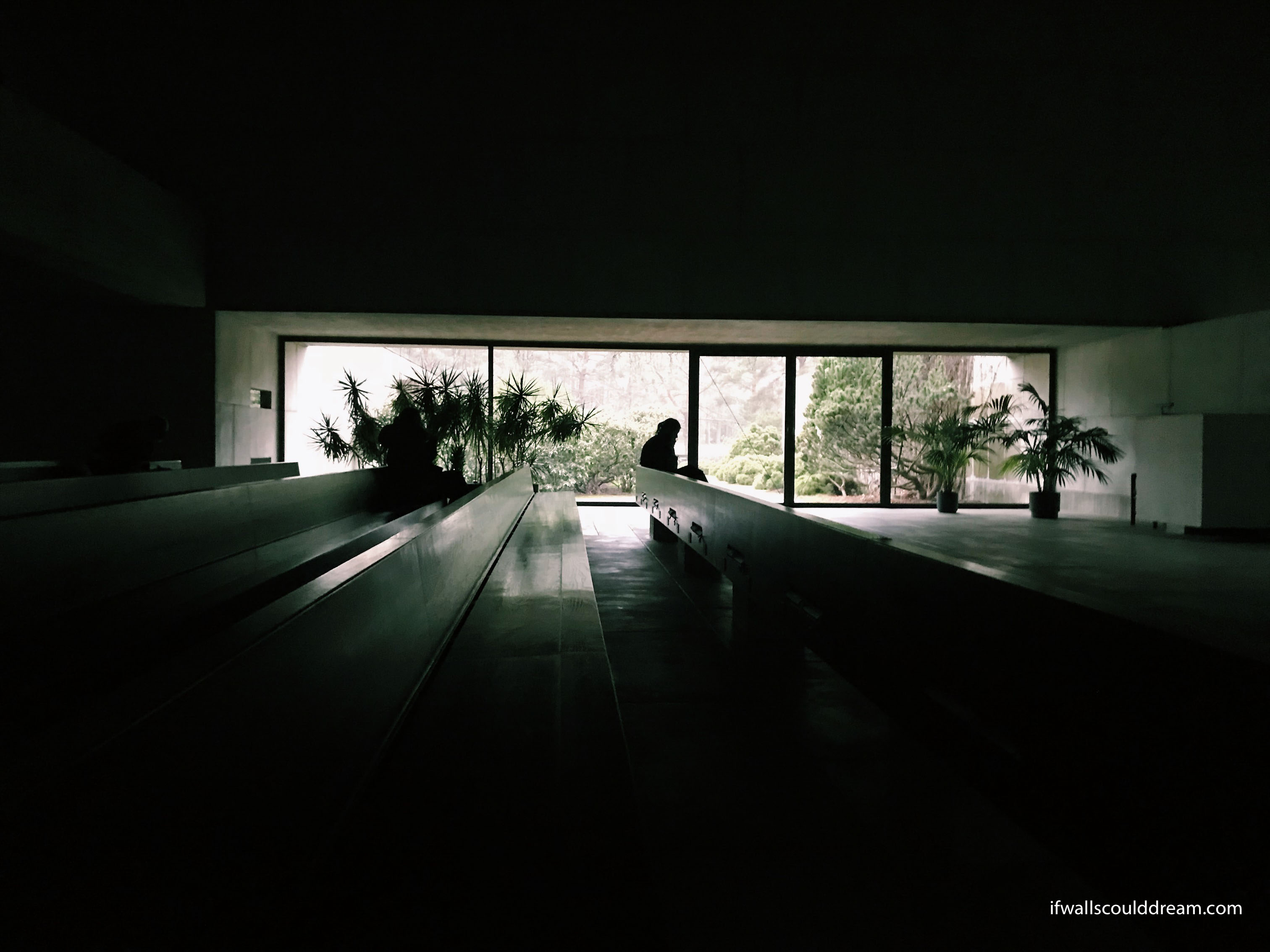
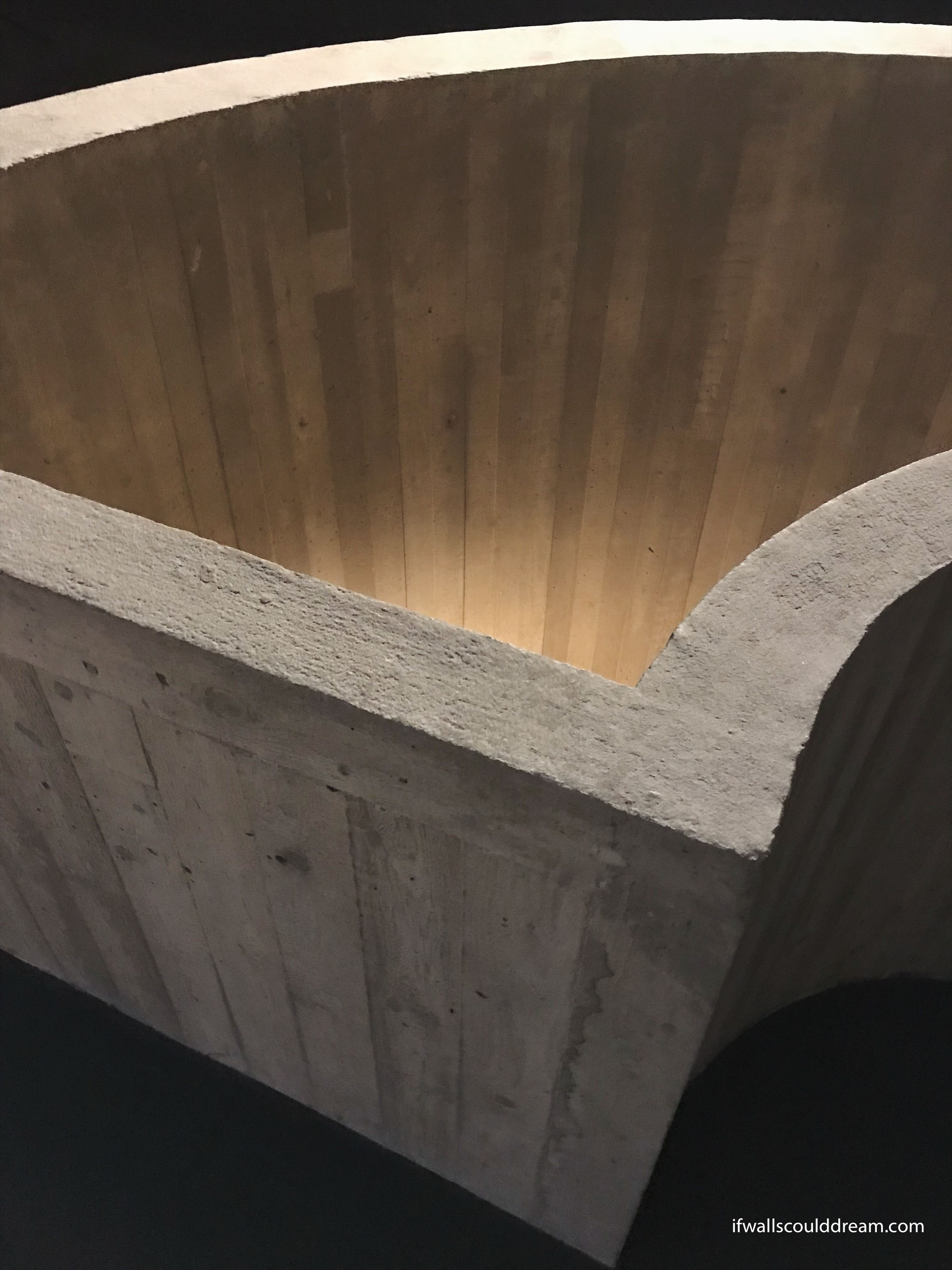
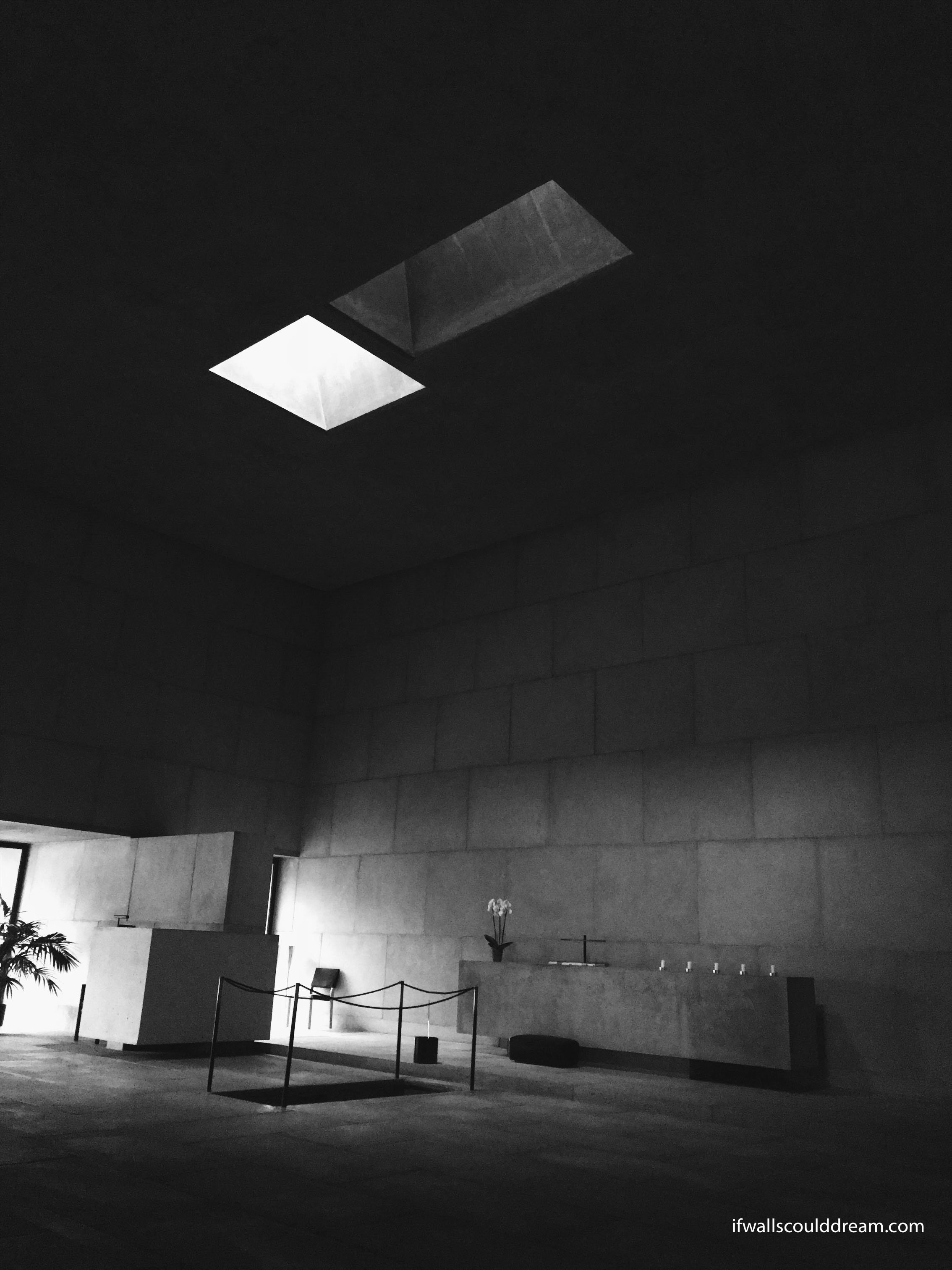
Paimio Sanatorium
And last but not least, an architecture history classic, the Paimio Sanitarium by Alvar Aalto! Our first Aalto of the trip. This sanitarium was built for tuberculosis patients to heal by getting fresh air out in nature.
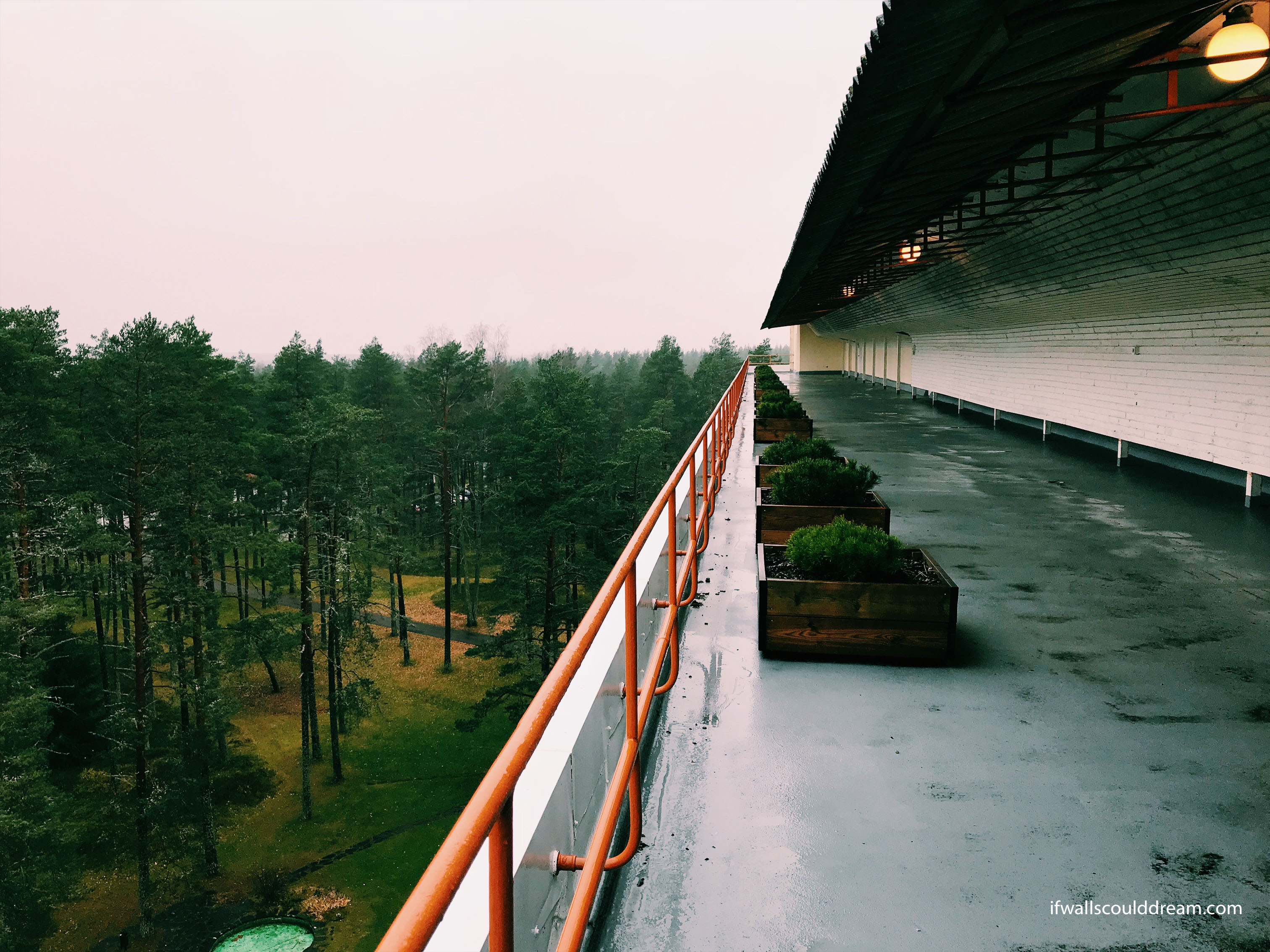

If walls could dream… they’d dream of having their breath taken away by beautiful chapels in Finland.
Study Tour Part 1: Stockholm, Sweden
For my long study tour with DIS, I went to Sweden and Finland. I traveled with an architecture professor, a DIS intern, and a group of 21 architecture and urban design students. It was such a fun group of people and we got to see so many amazing buildings. We started by taking the train from Copenhagen to Stockholm and we saw some snow on the way! It was magical.
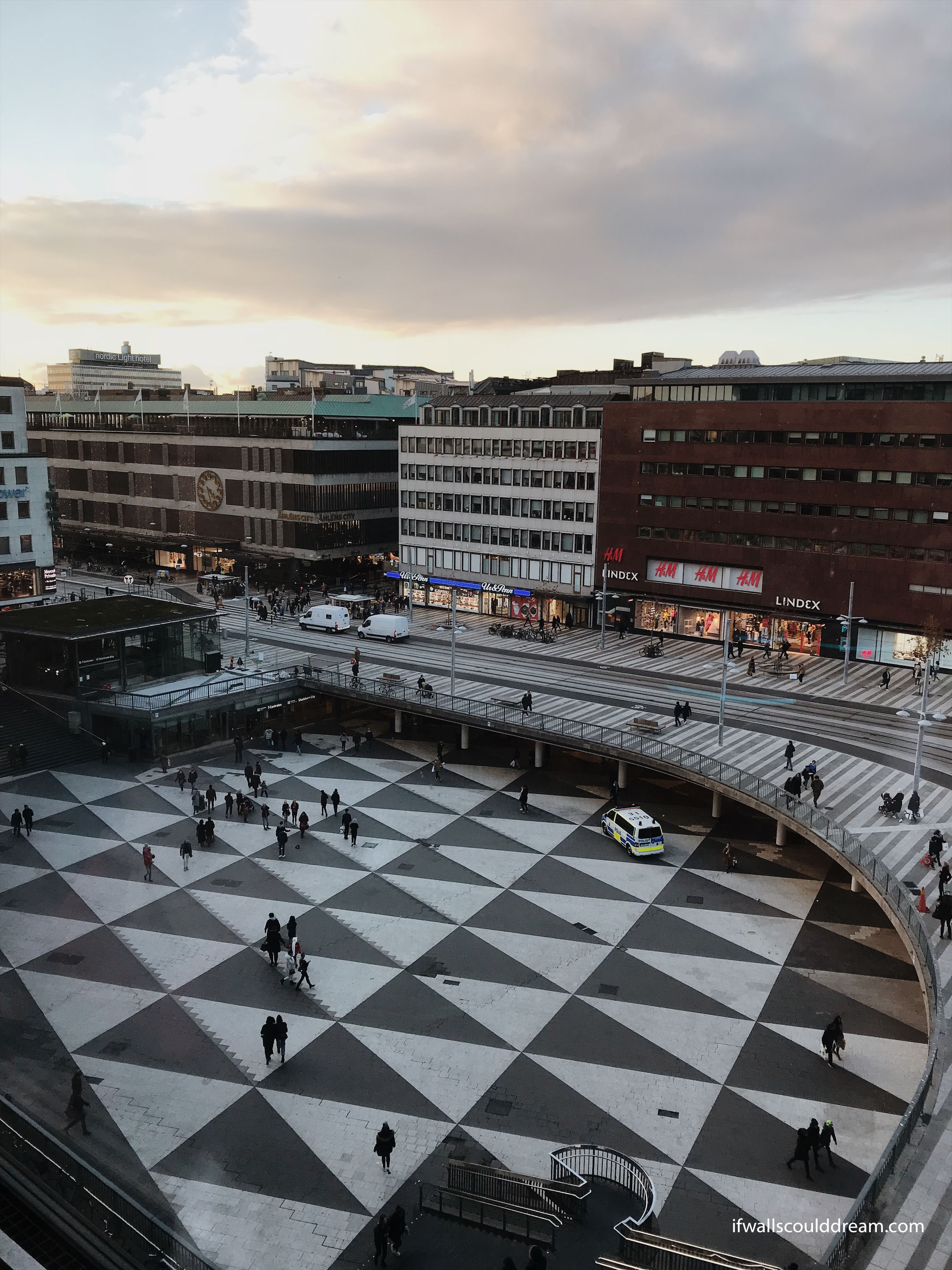
When we arrived in Stockholm, we went to the Culture House, which is a theater, library, cafe, gallery, event space, and whatever else you can imagine all wrapped up into one and set on the main plaza of the town. What a fun place for people watching.
Hammarby Sjöstad

We also got to visit Hammarby Sjöstad, a sustainable urban development along a canal. It was originally designed for Stockholm’s bid for the Olympics and it integrates sustainable infrastructure into the planning of the city. It focuses on the flows of energy, water, and waste.
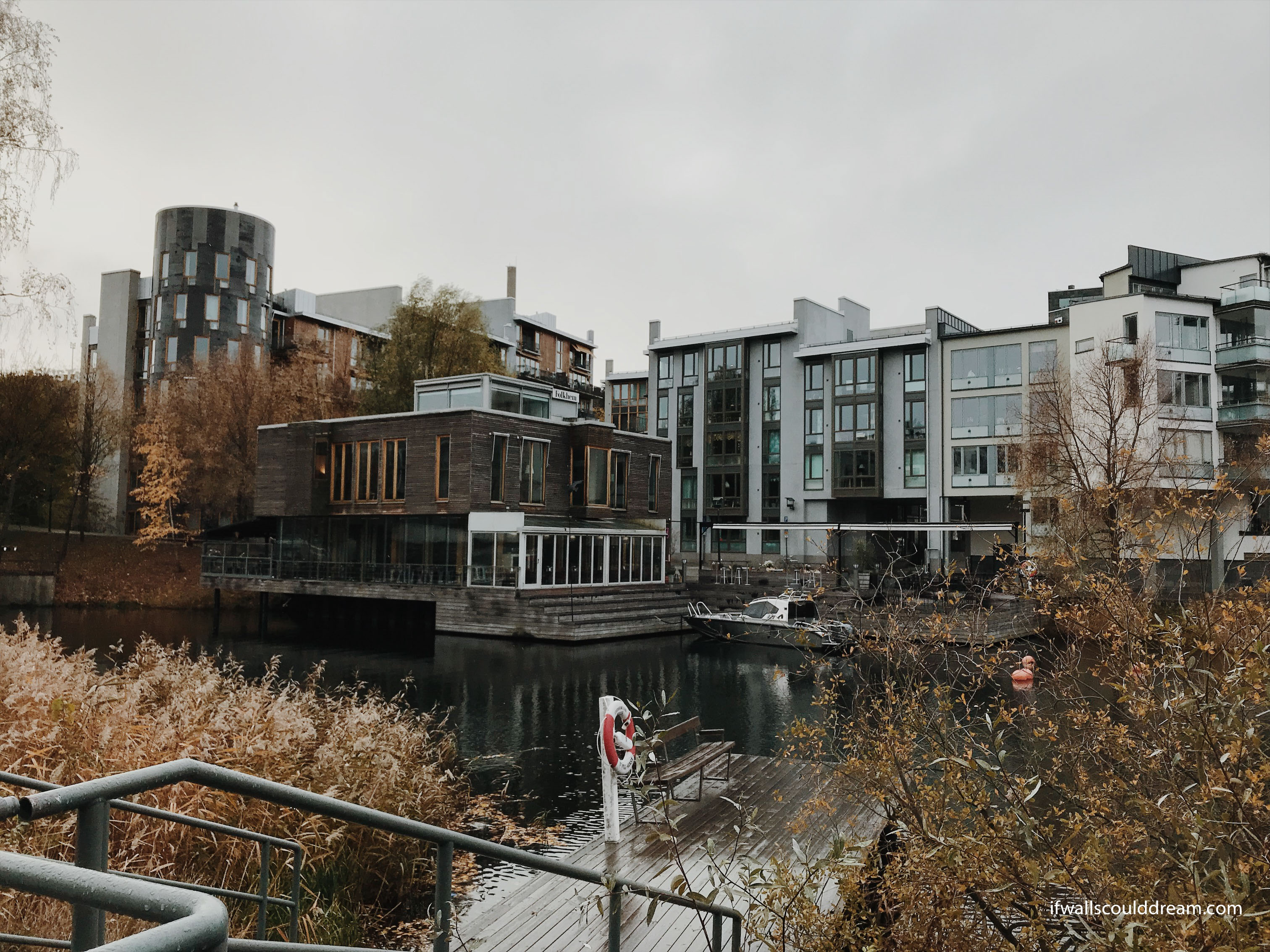
Stockholm Public Library
The Stockholm Library was designed by Gunnar Asplund. The central reading room is a cylinder with three floors of bookshelves. It was an impressive place and well loved by the locals. The space between the central reading room and the surrounding square building creates unique little private reading spaces and offices. Originally, there were classrooms on the upper floors of the library for continuing education.
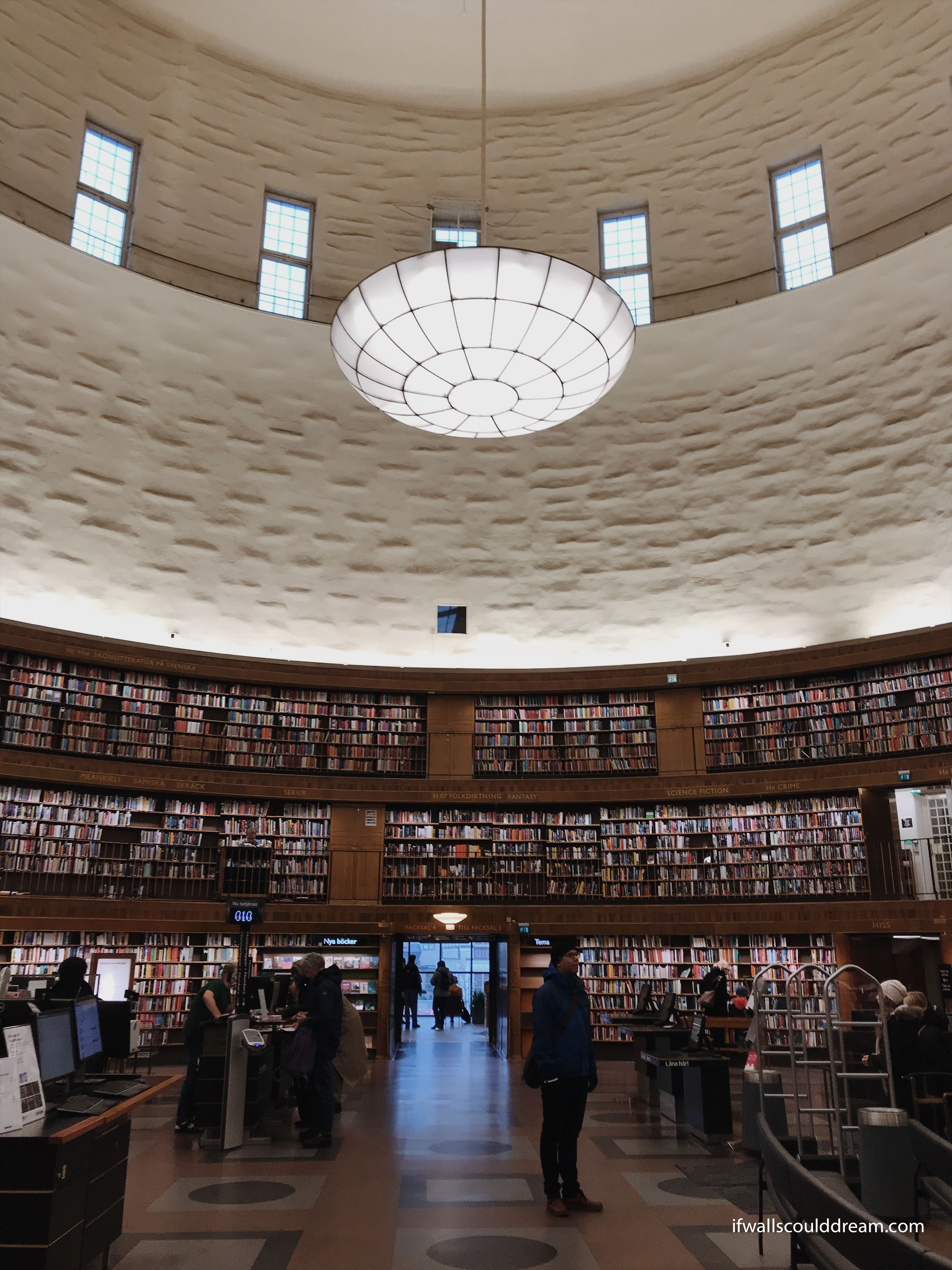
Woodland Cemetery
We finished up our tour of Stockholm with a sunset visit to Woodland Cemetery. Gunnar Asplund designed this along with Sigurd Lewerentz. The cemetery was built among the most beautiful pine forrest and it smelled like Christmas, something you wouldn’t expect from a cemetery. We toured three chapels on the grounds and as the sun set it got darker, and colder, and creepier. How fitting for Halloween-Eve.
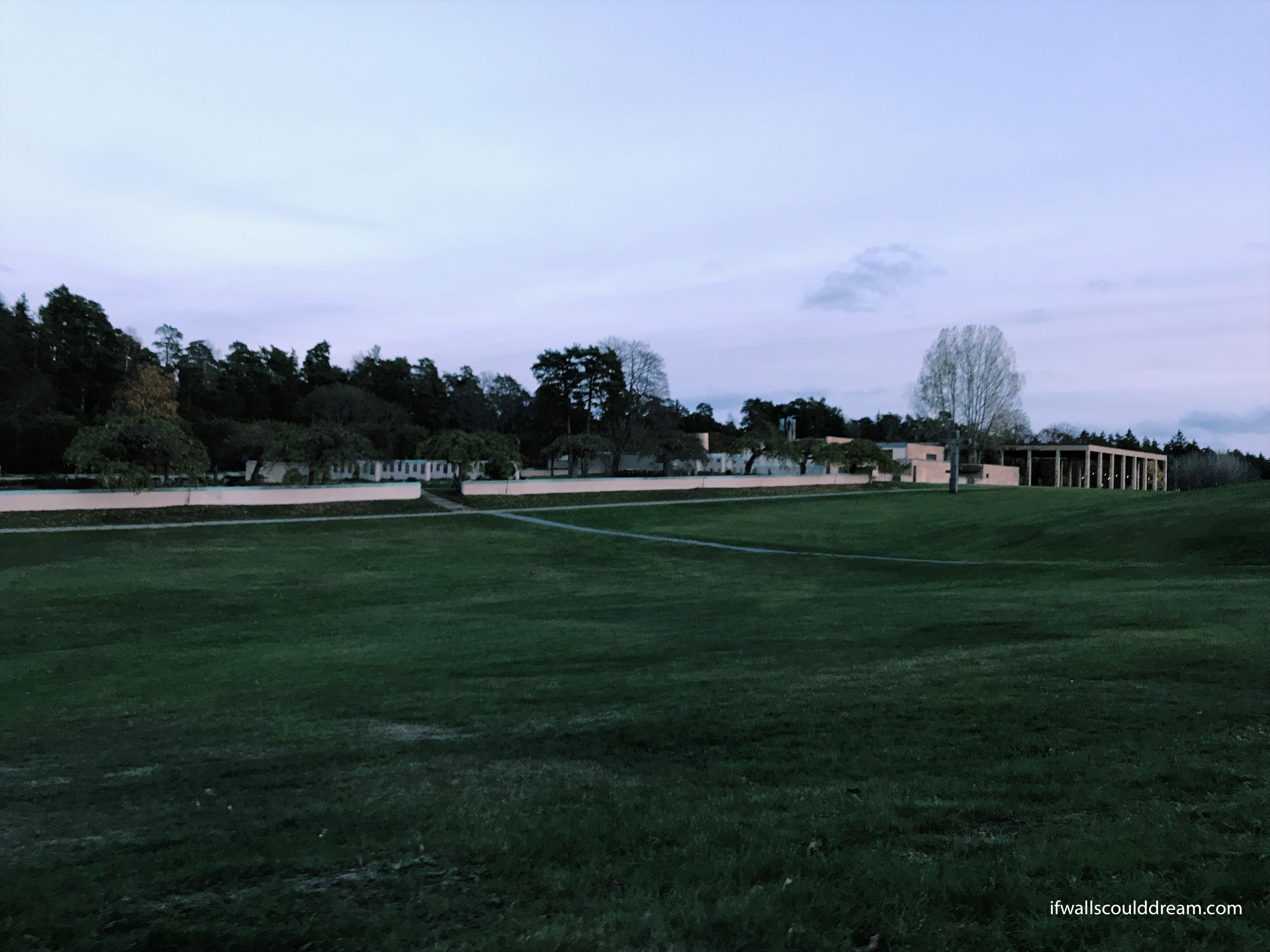
If walls could dream… they’d dream of Gunnar Asplund.



